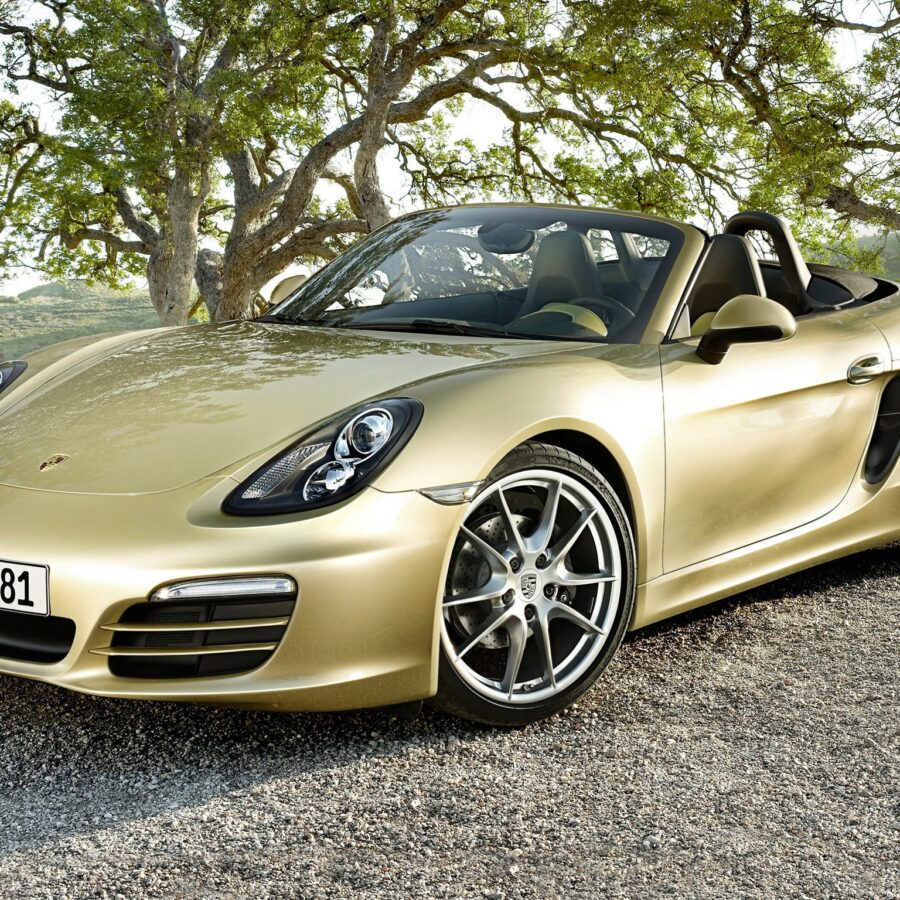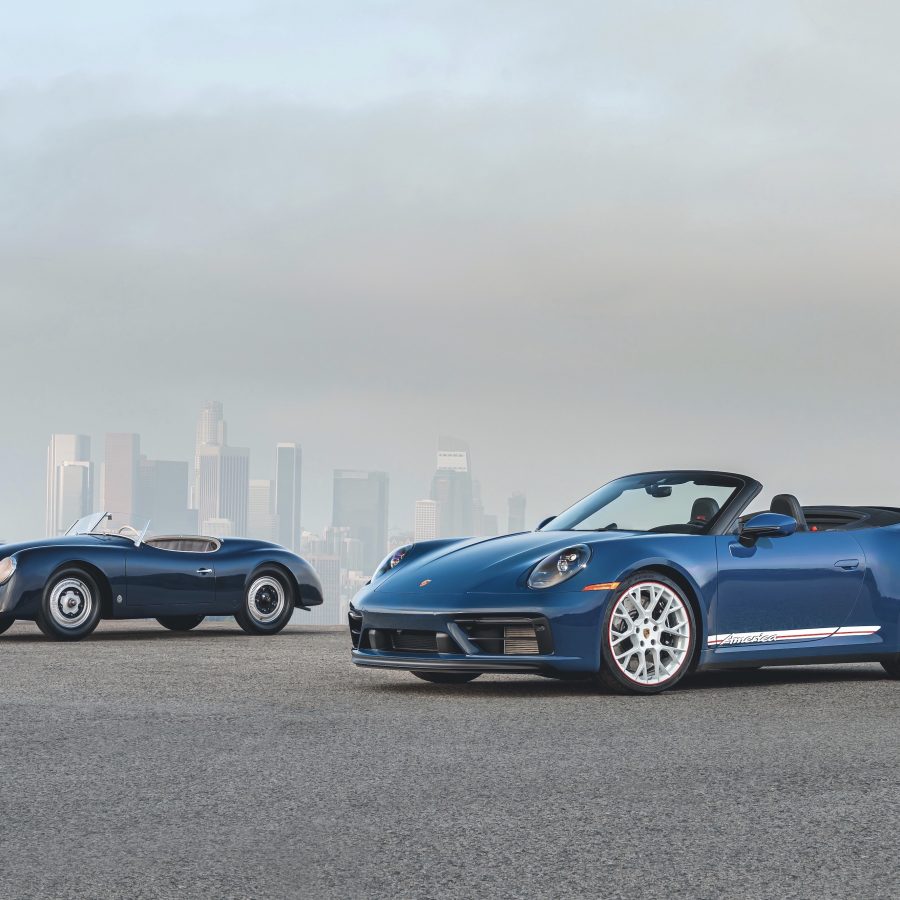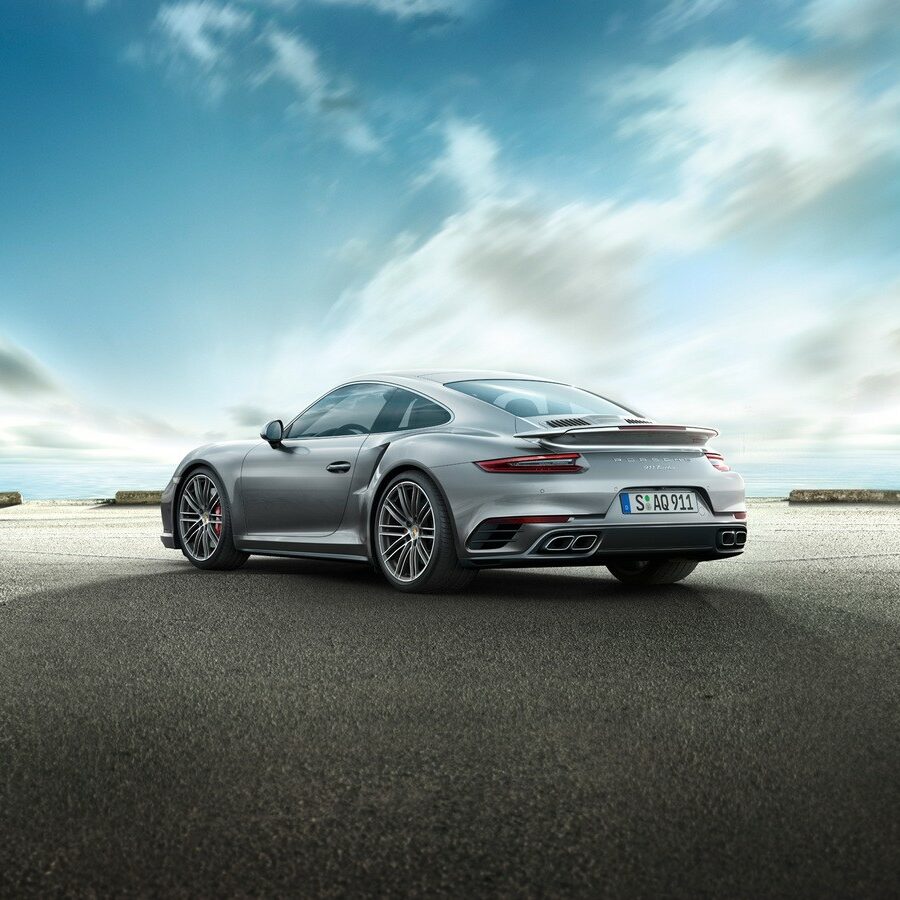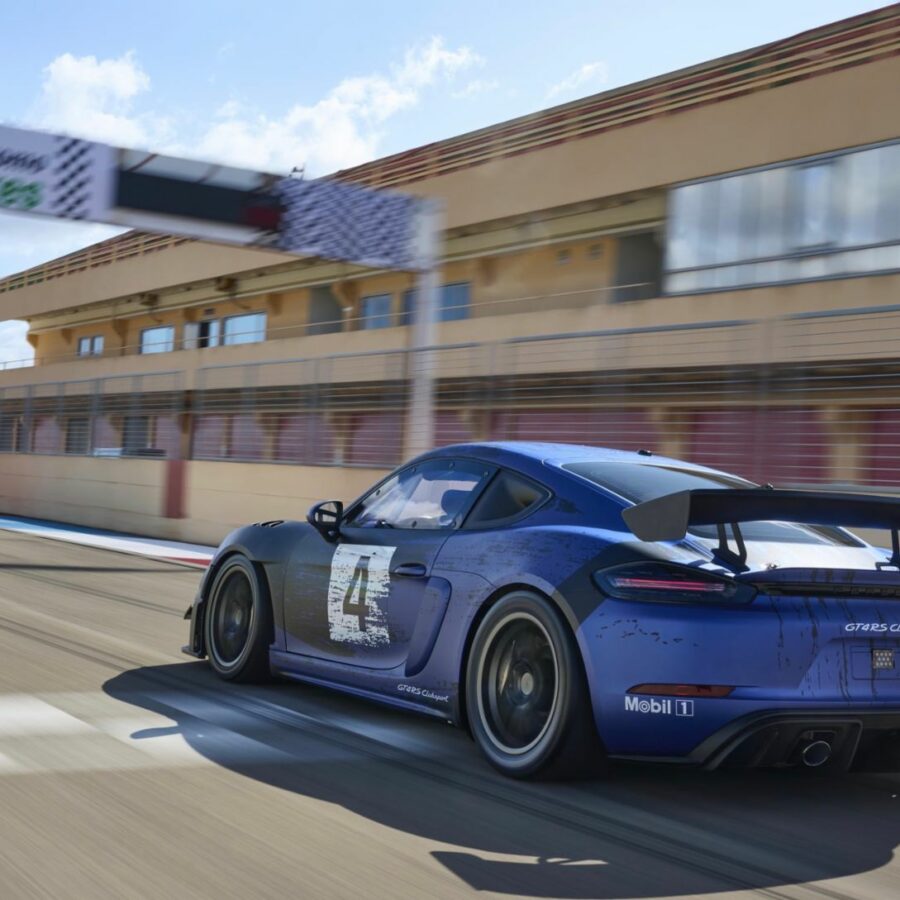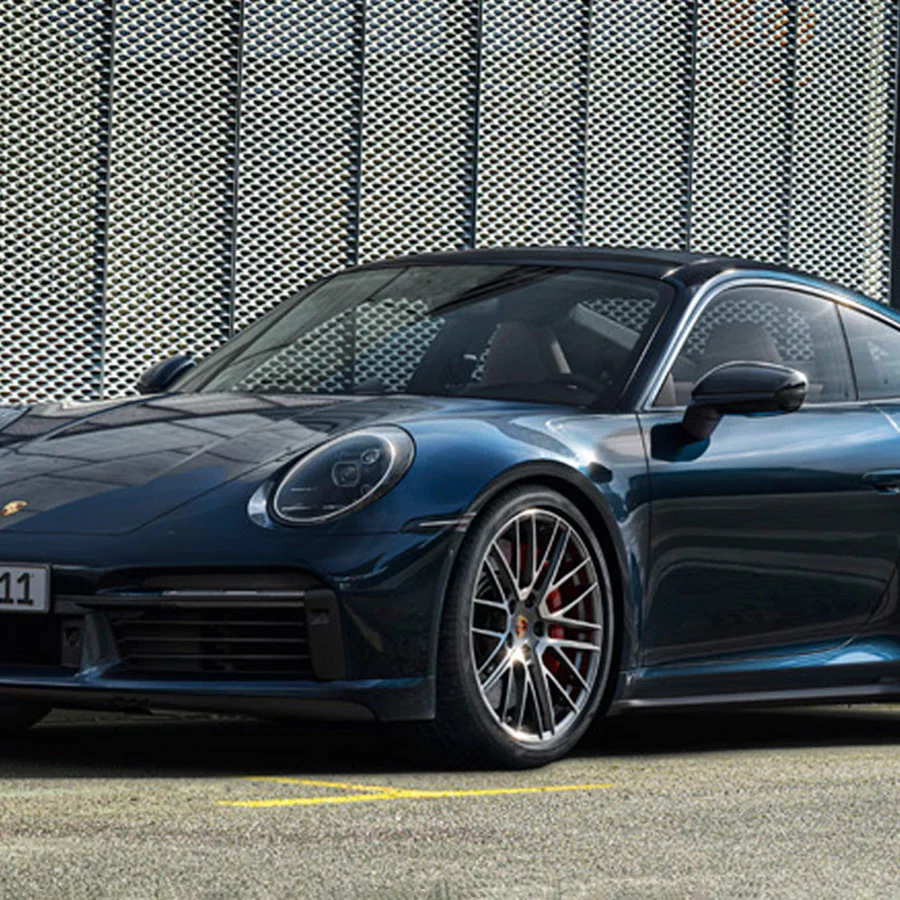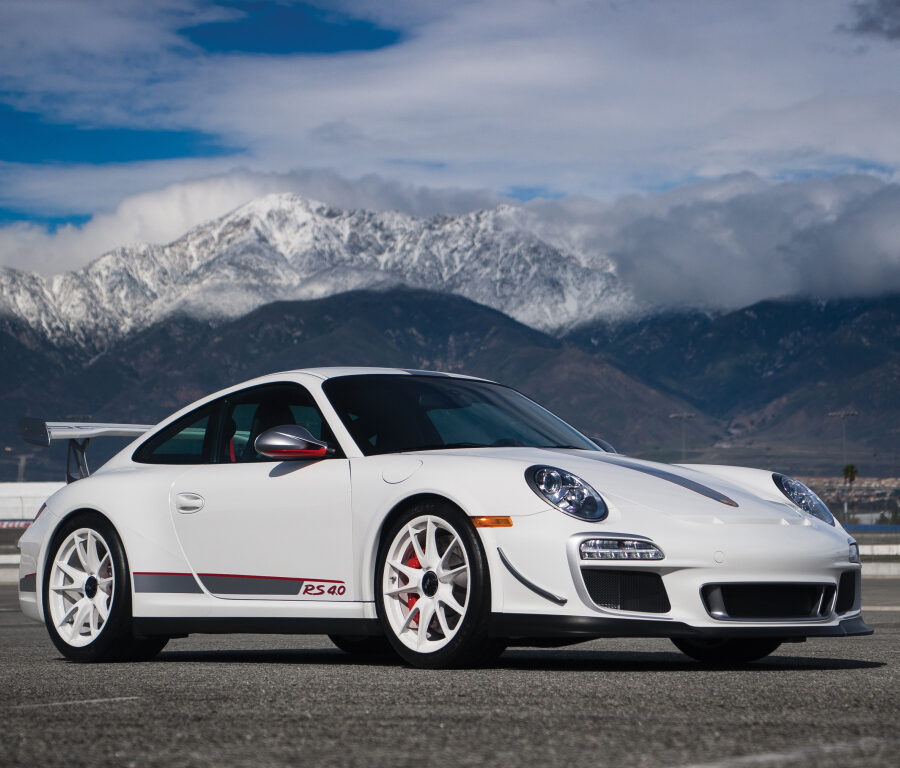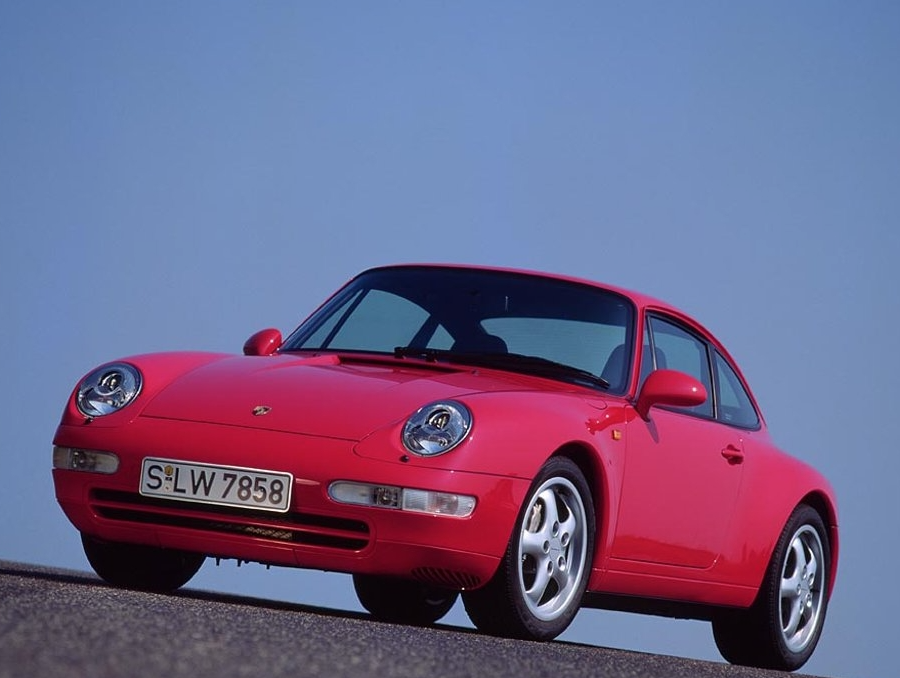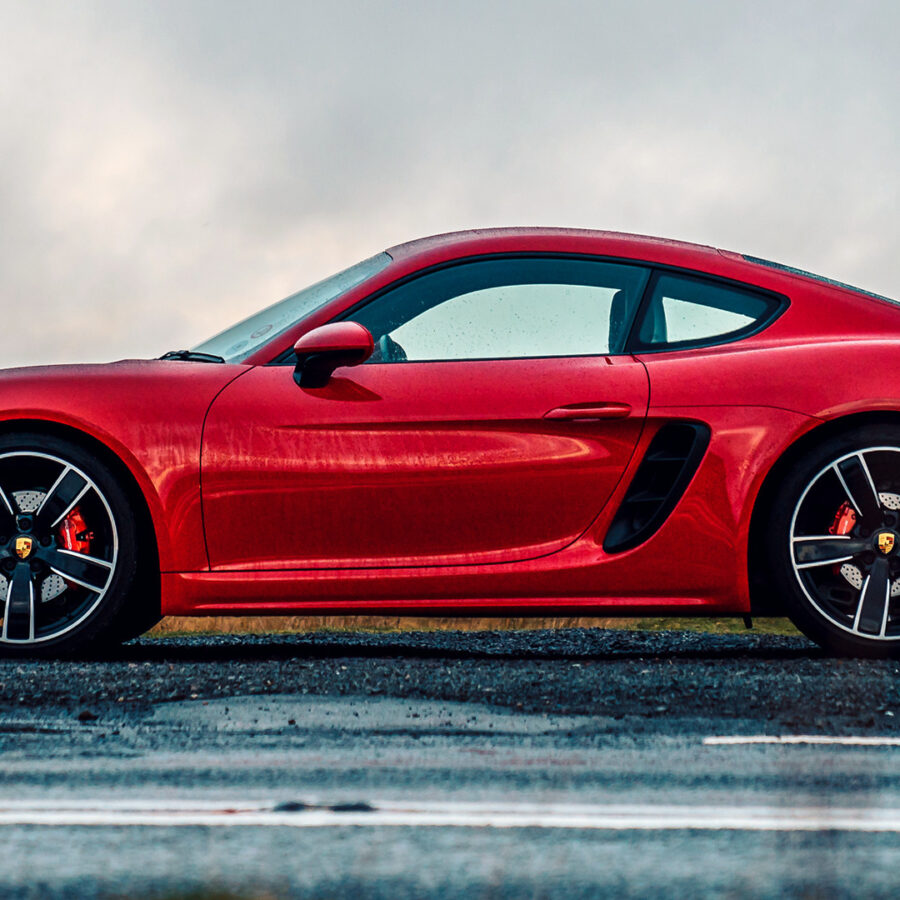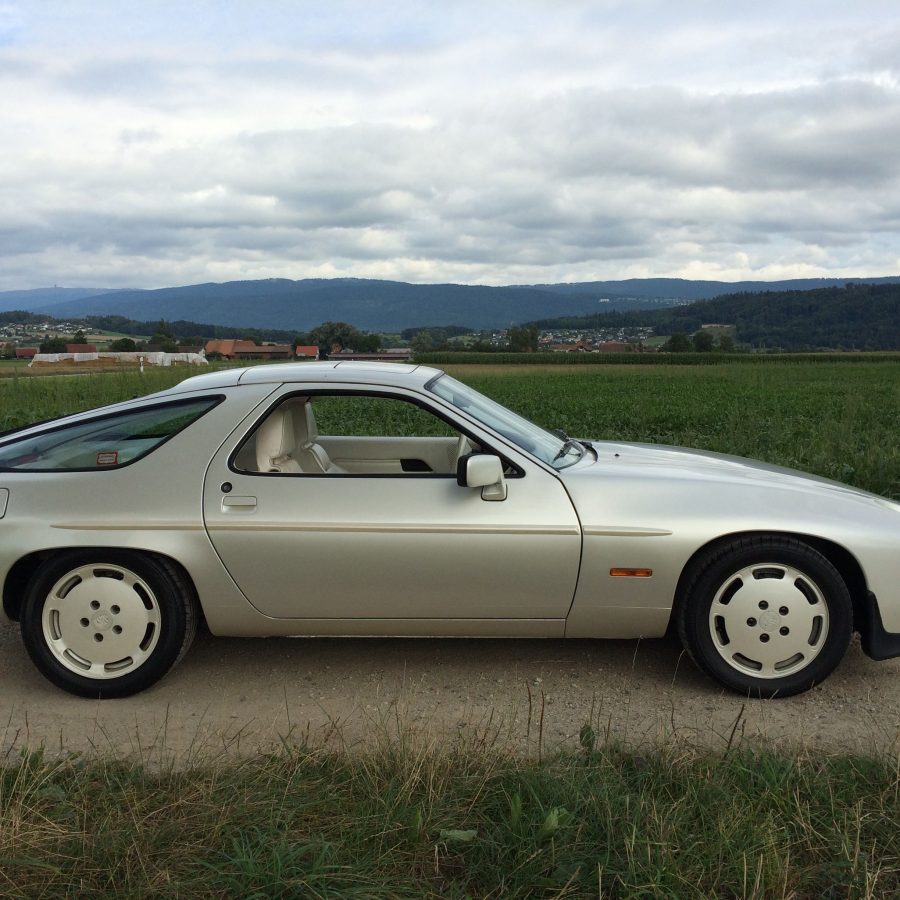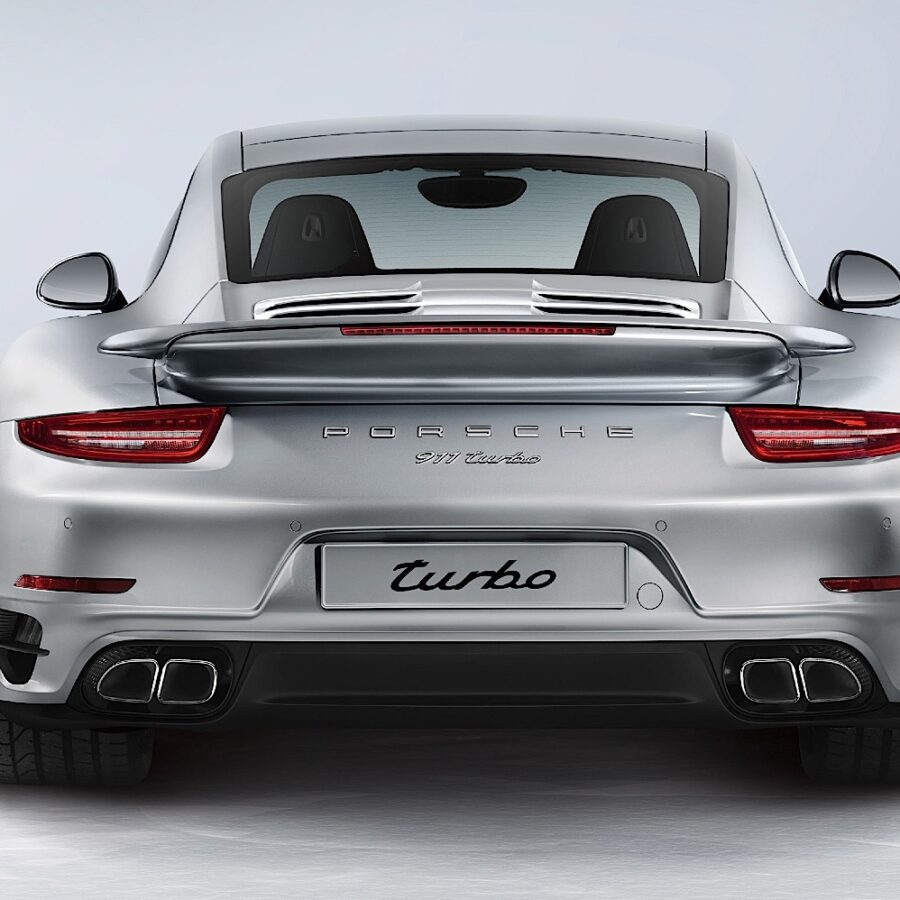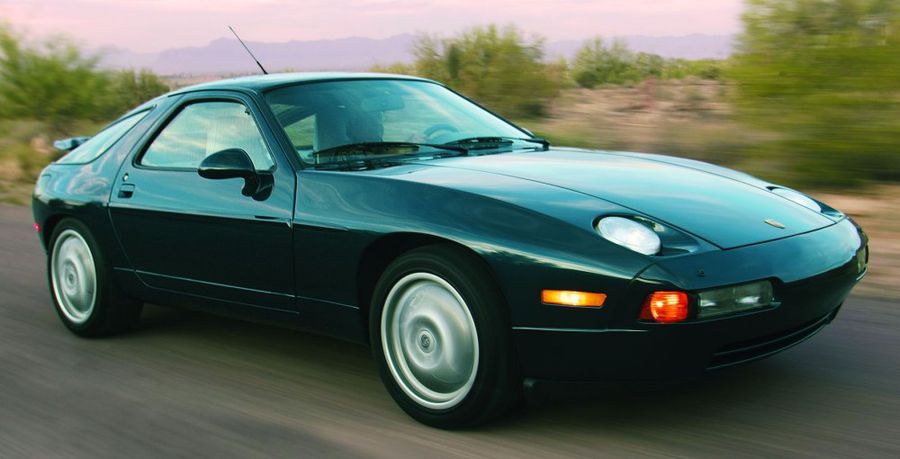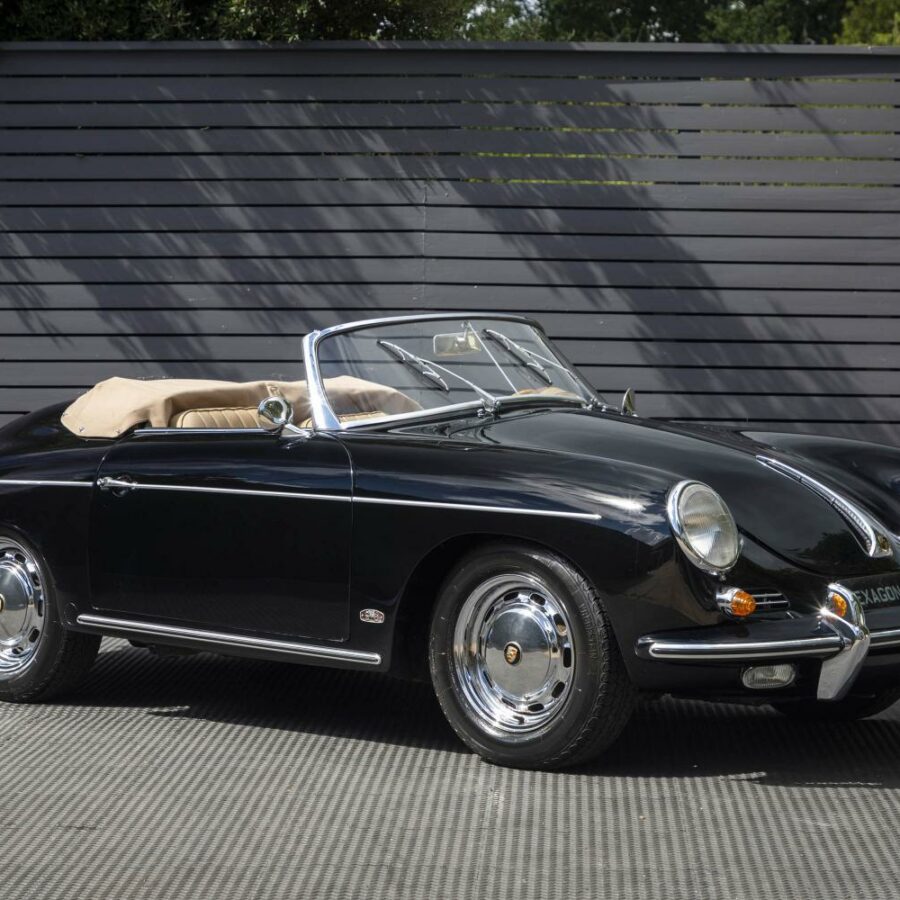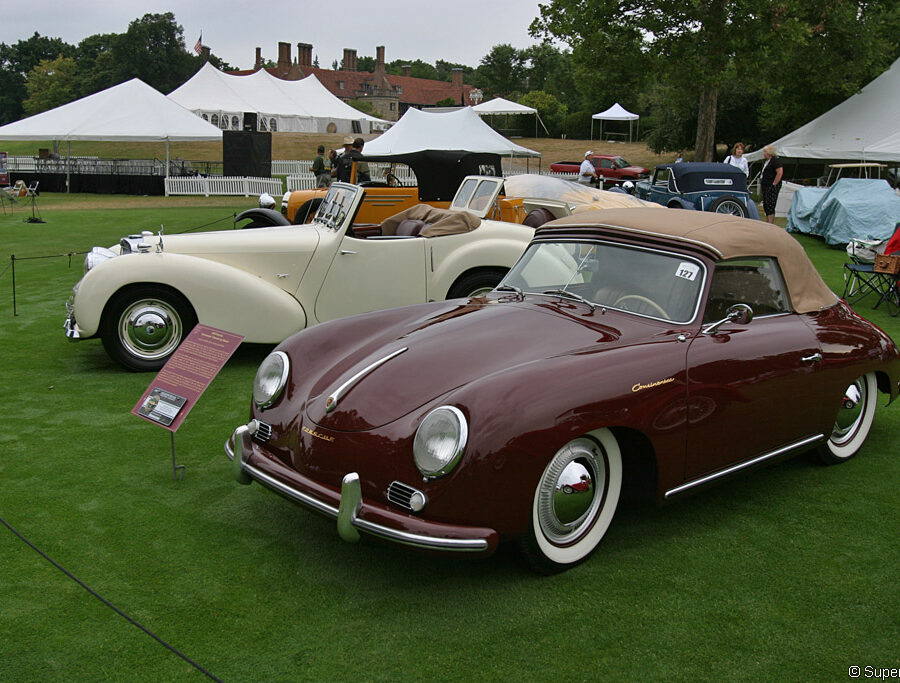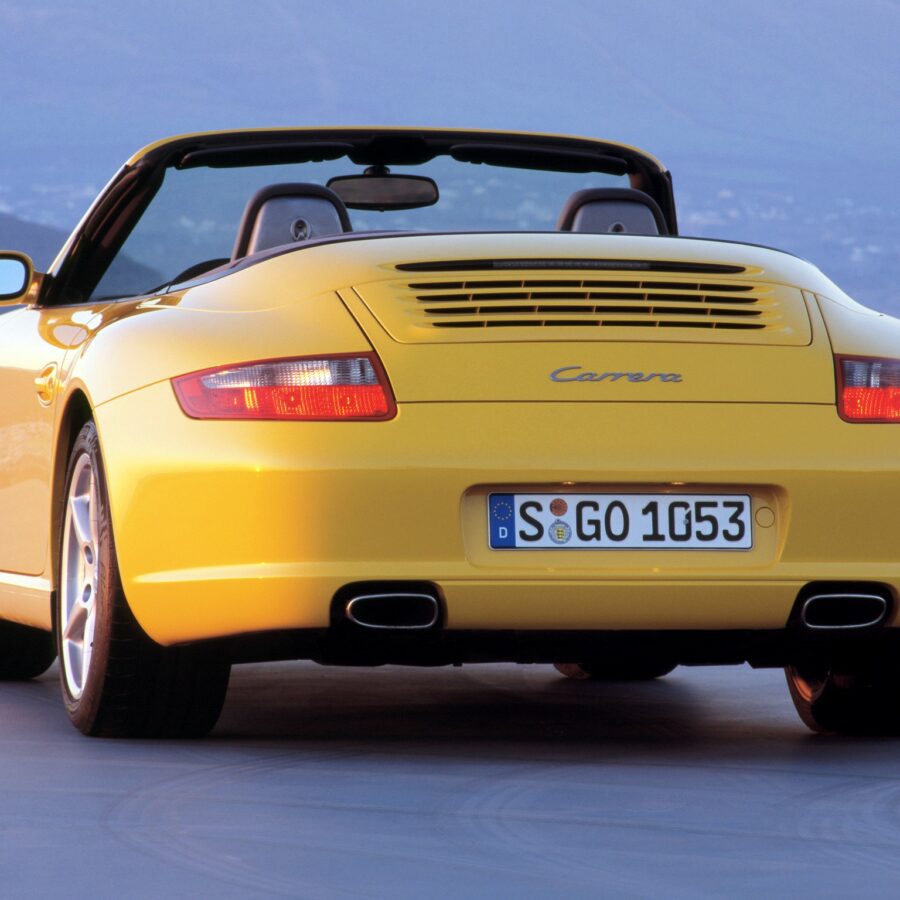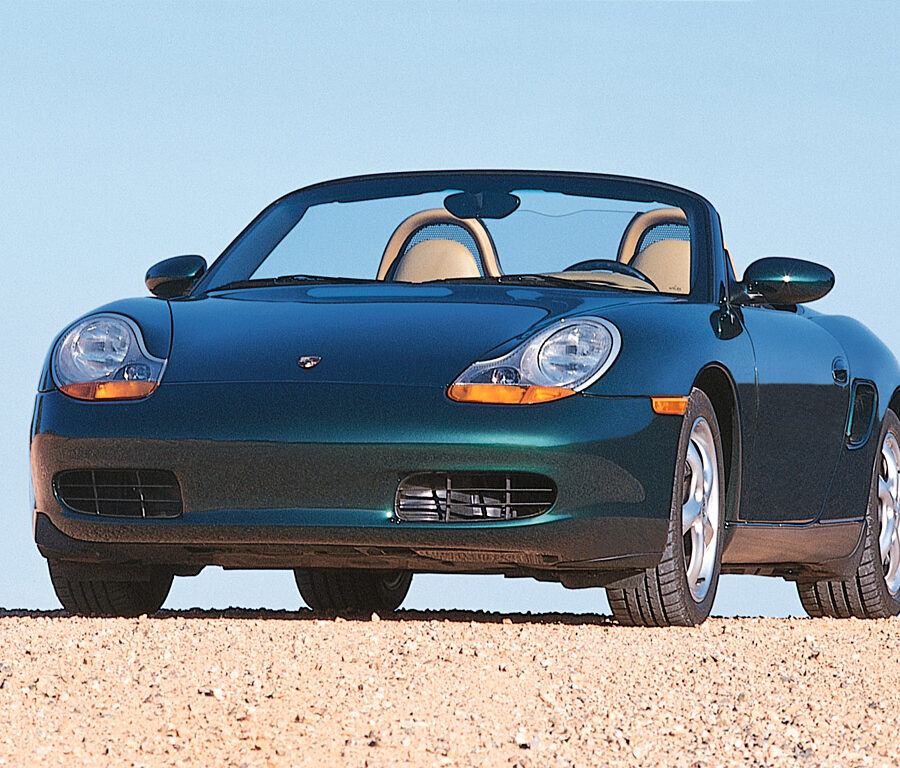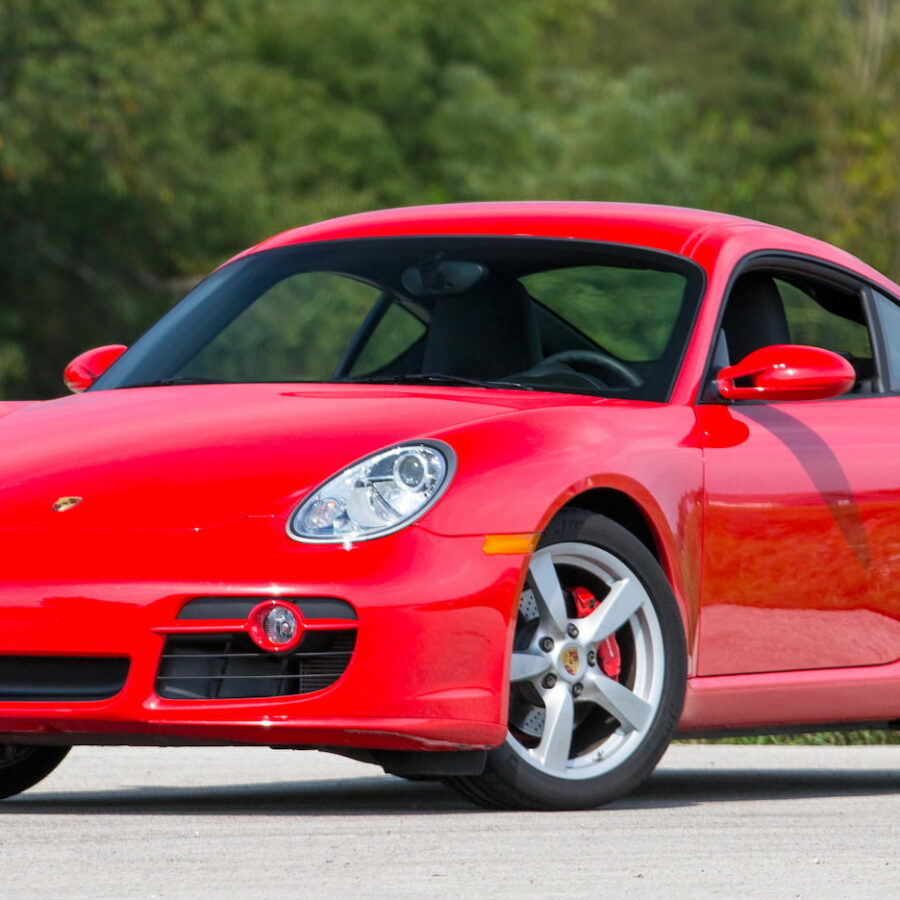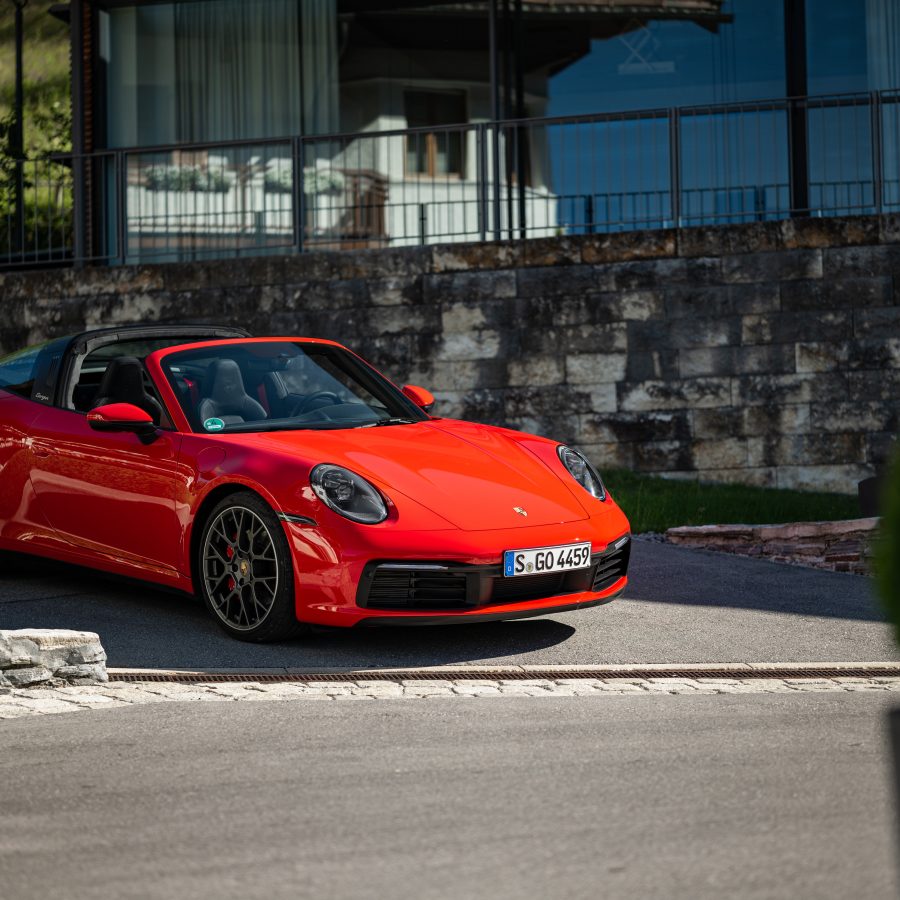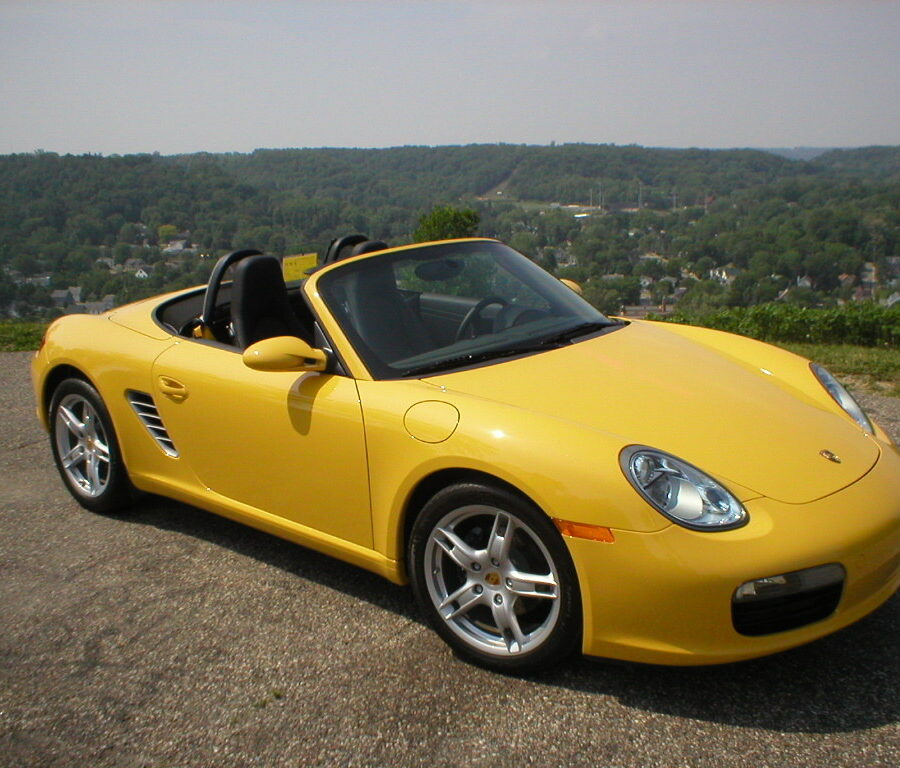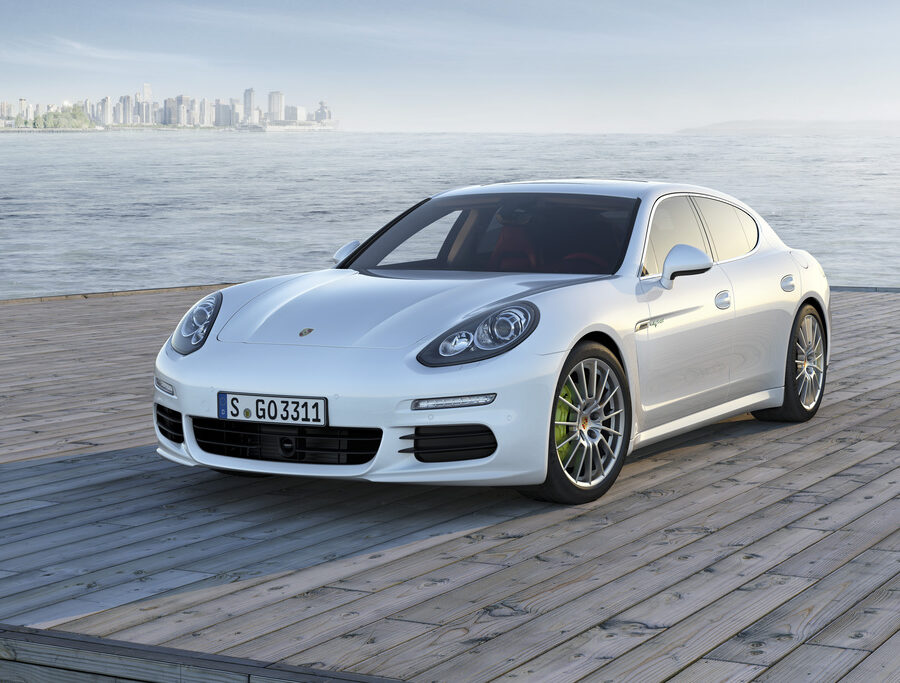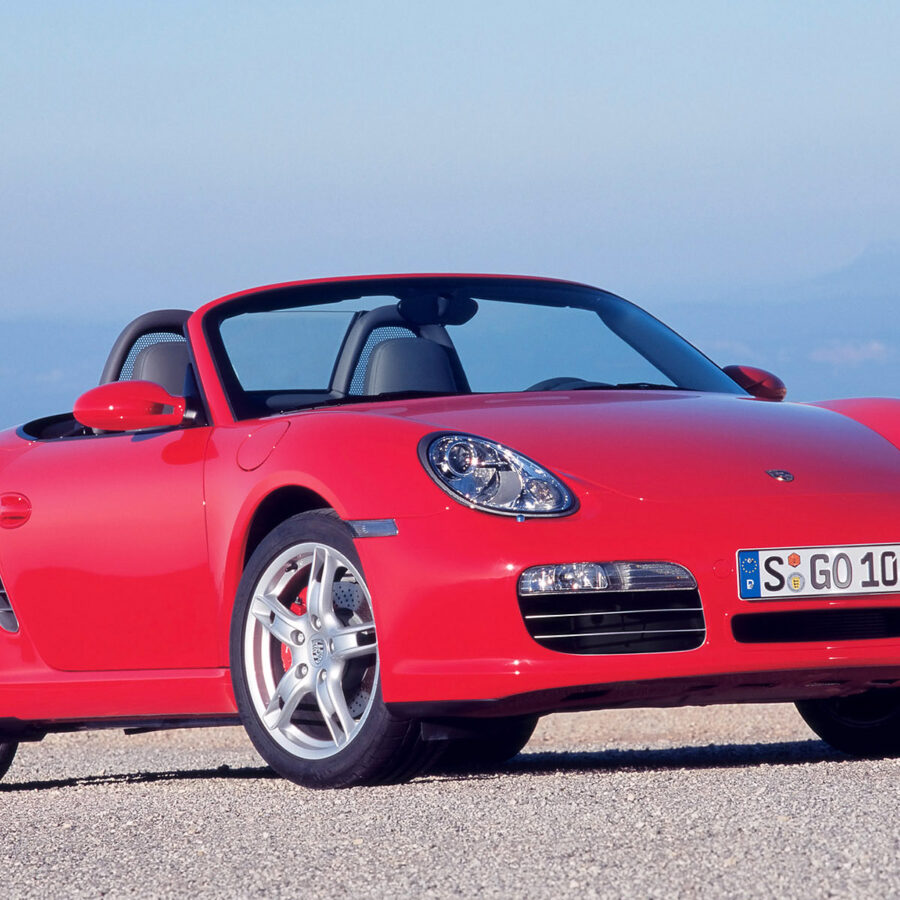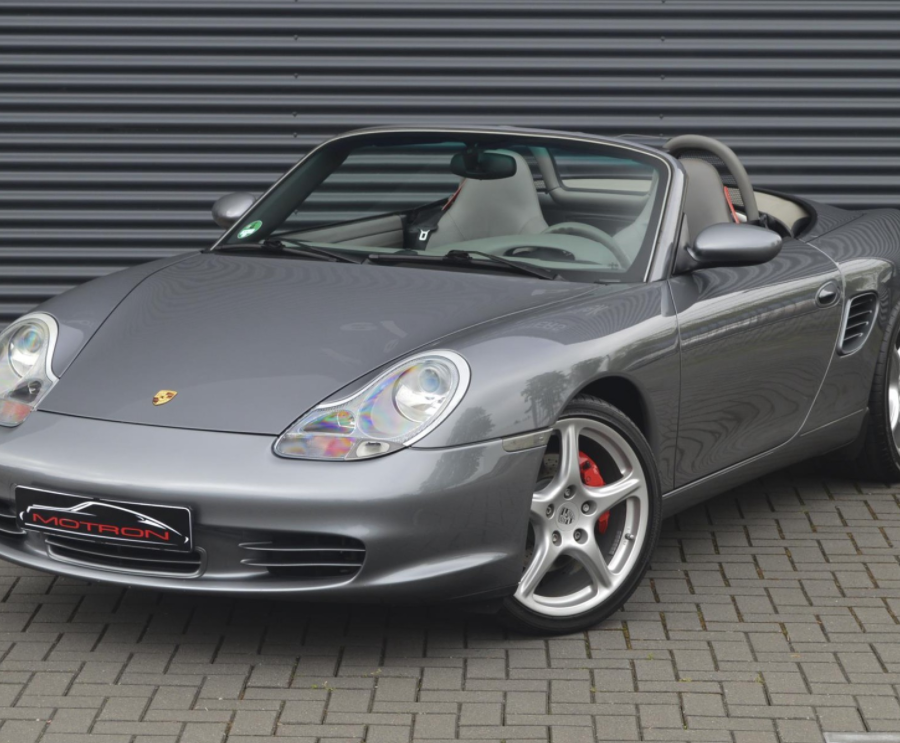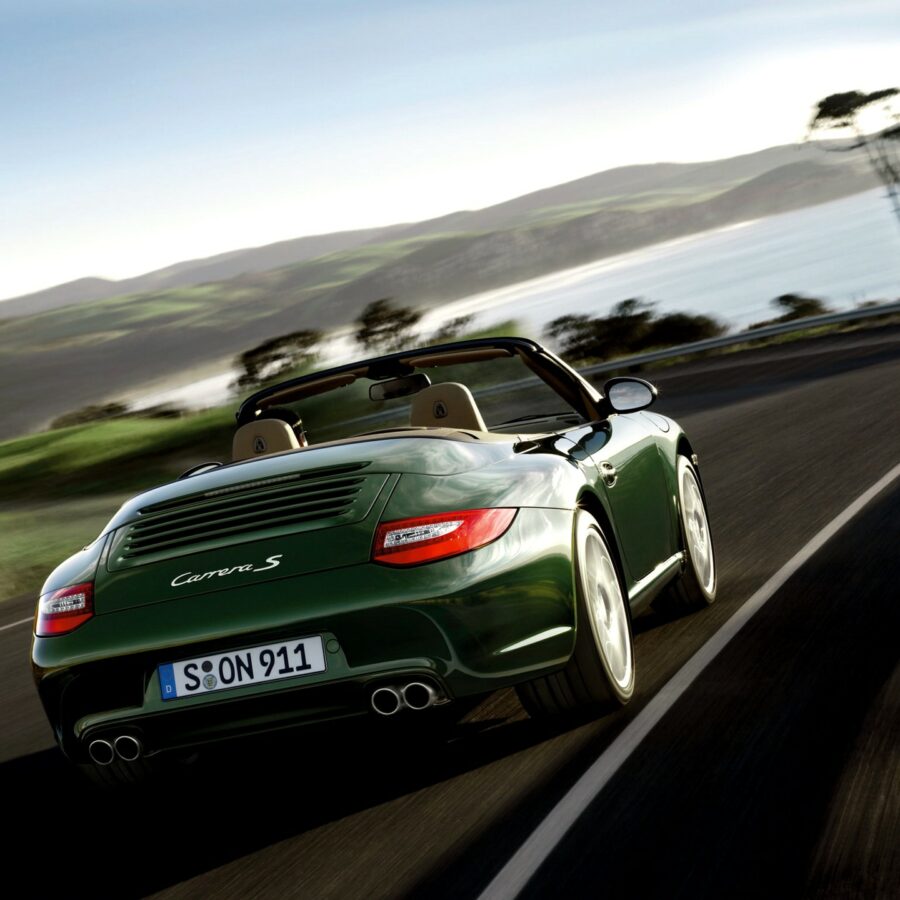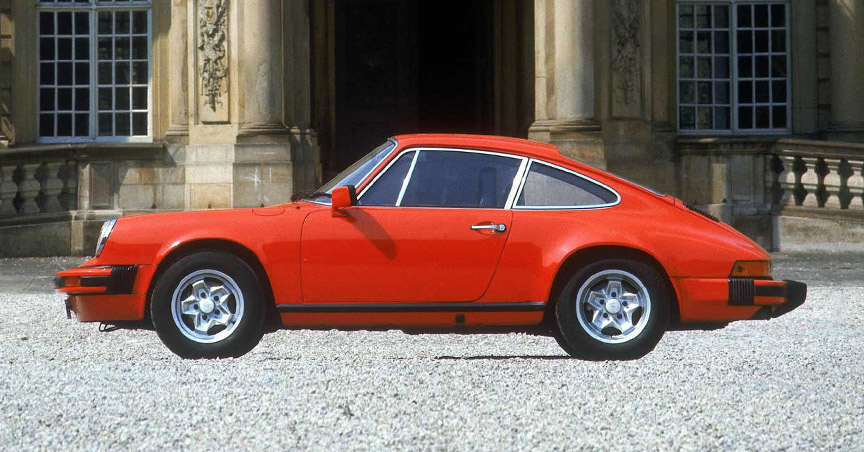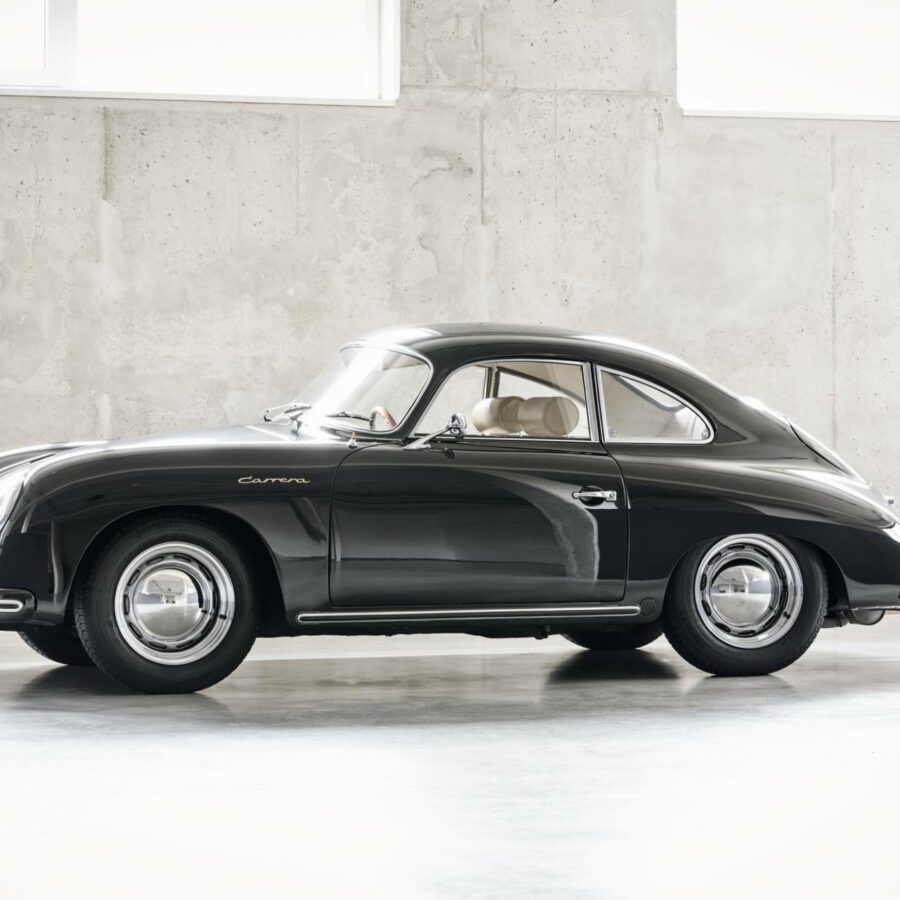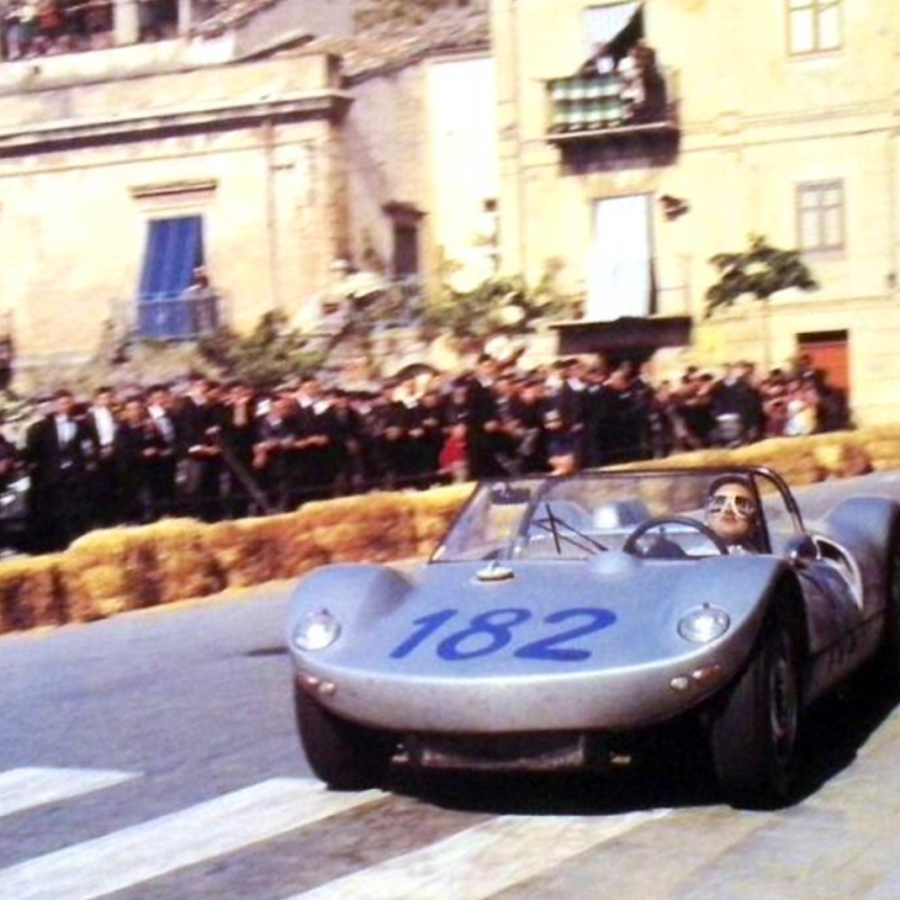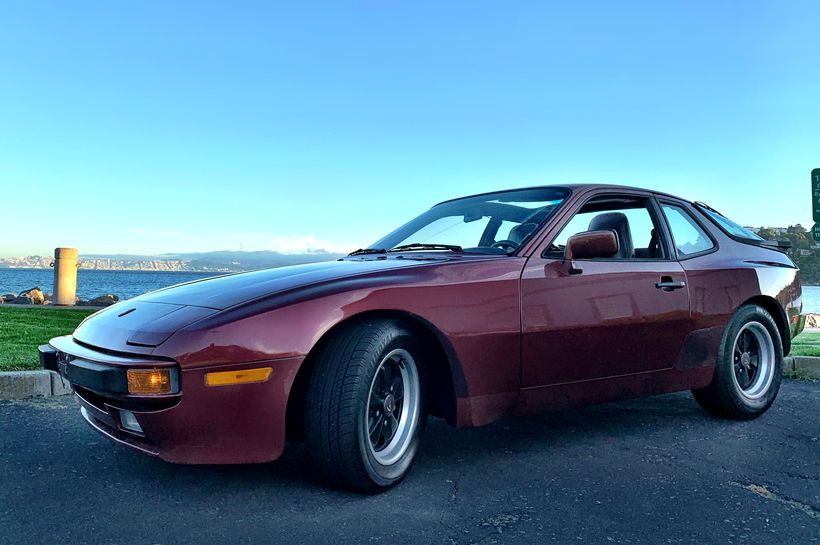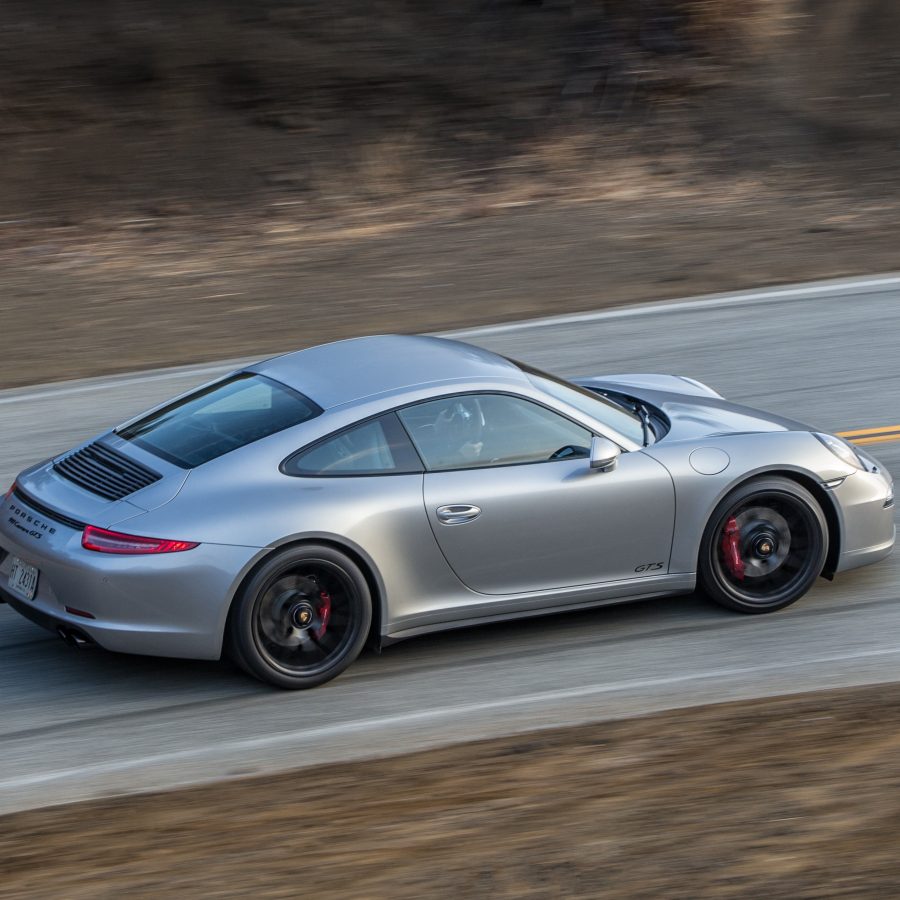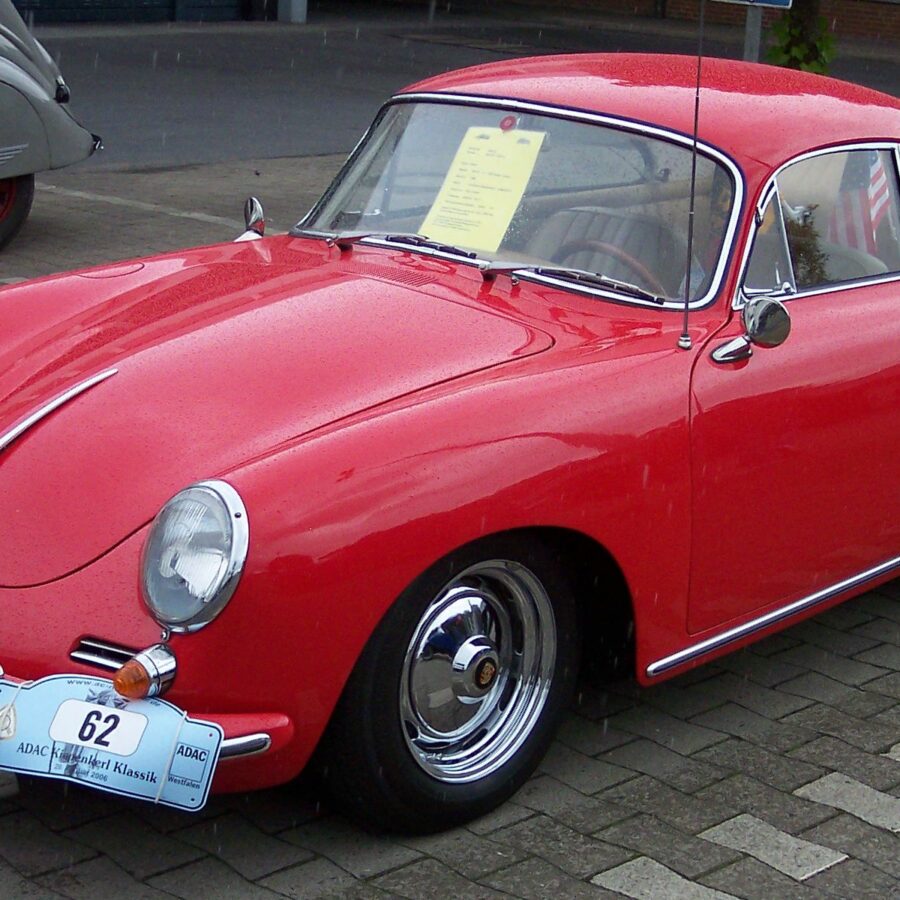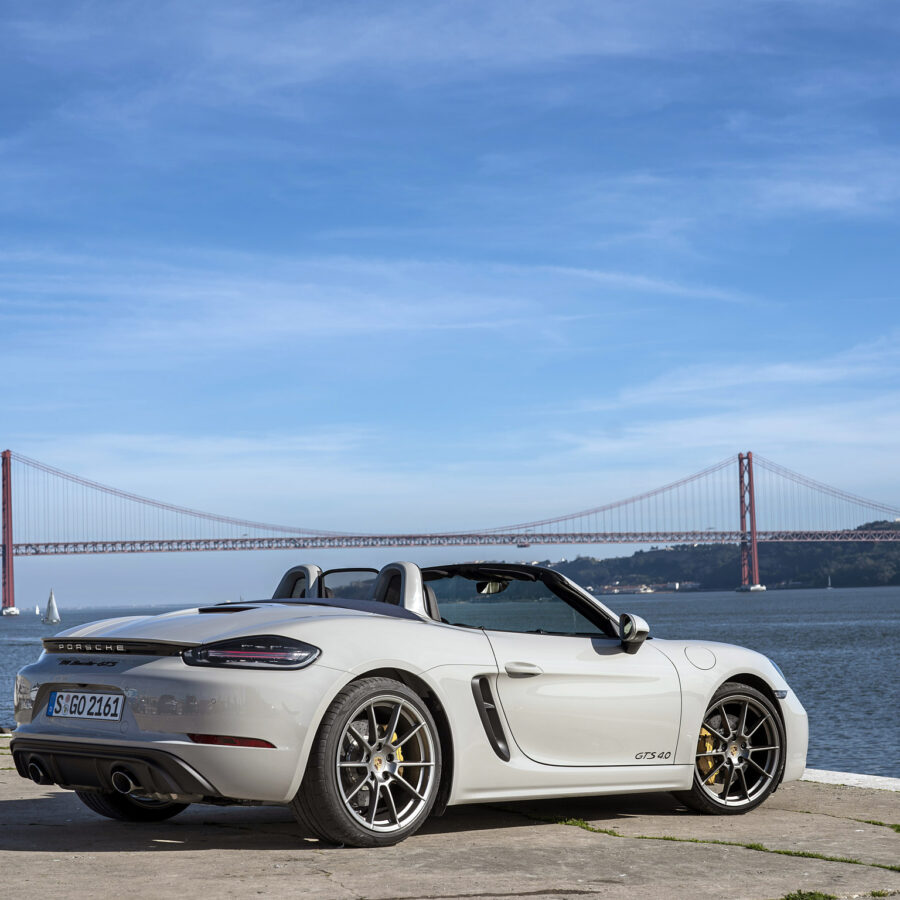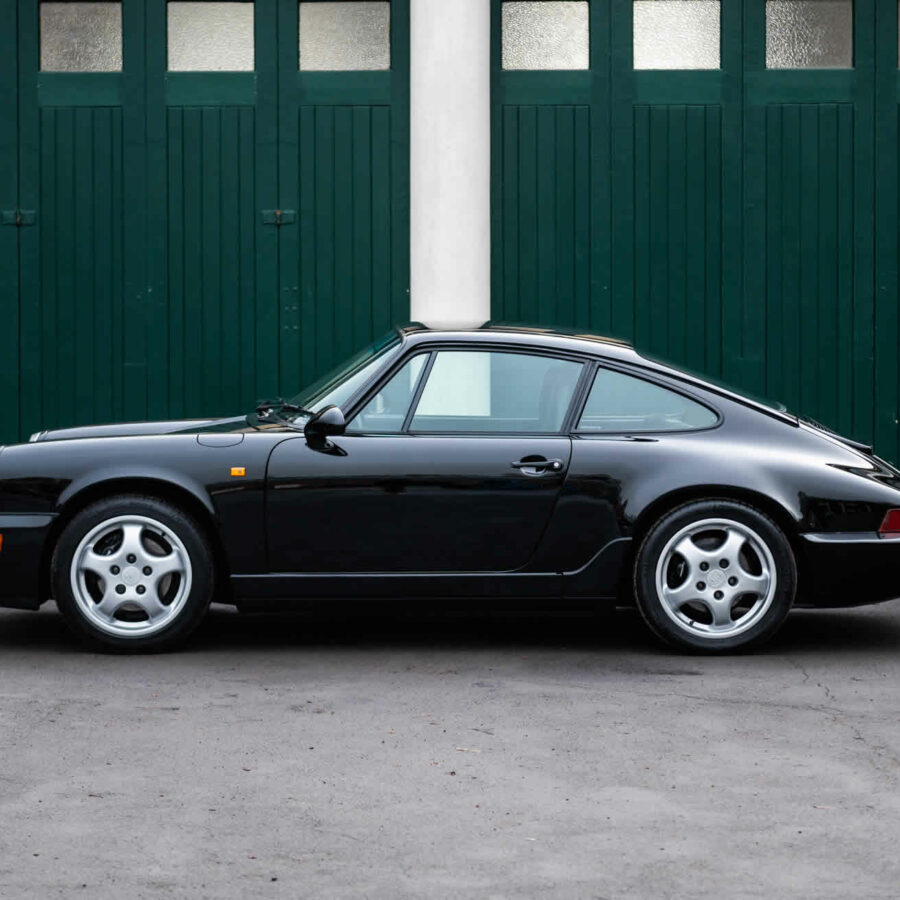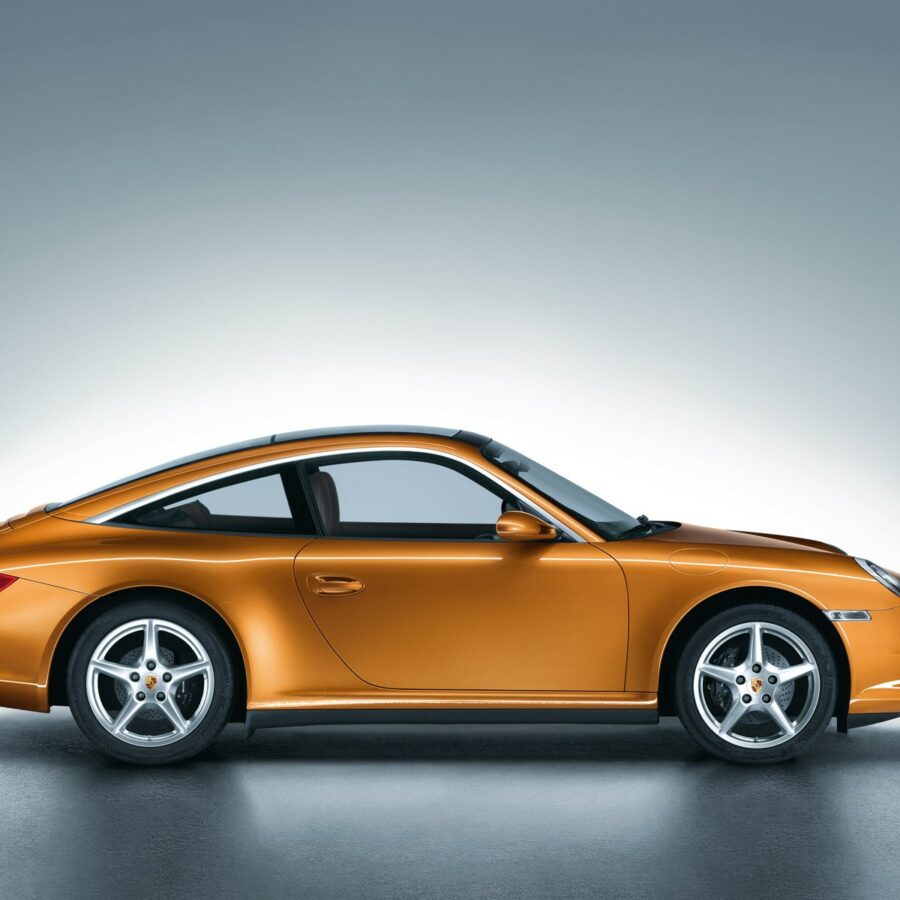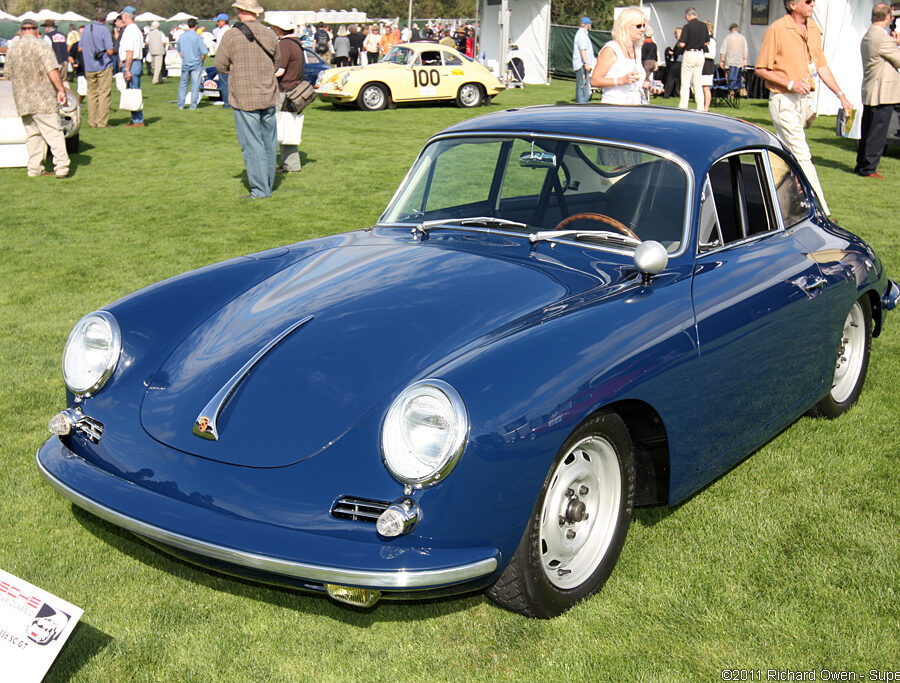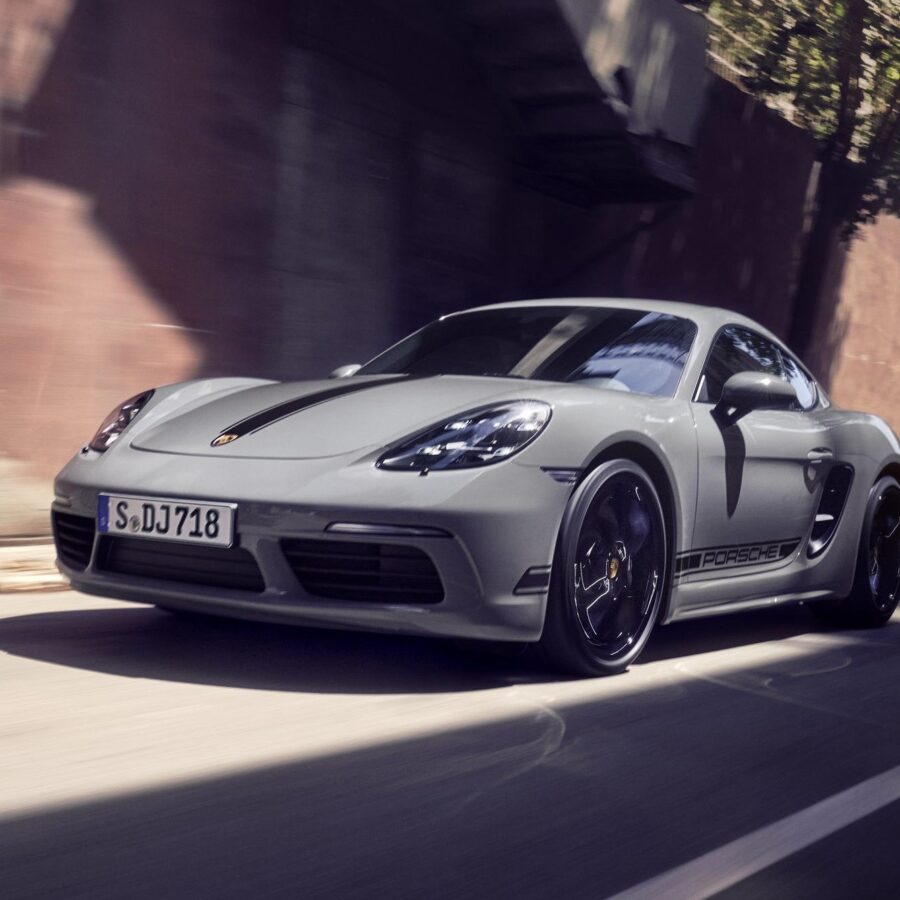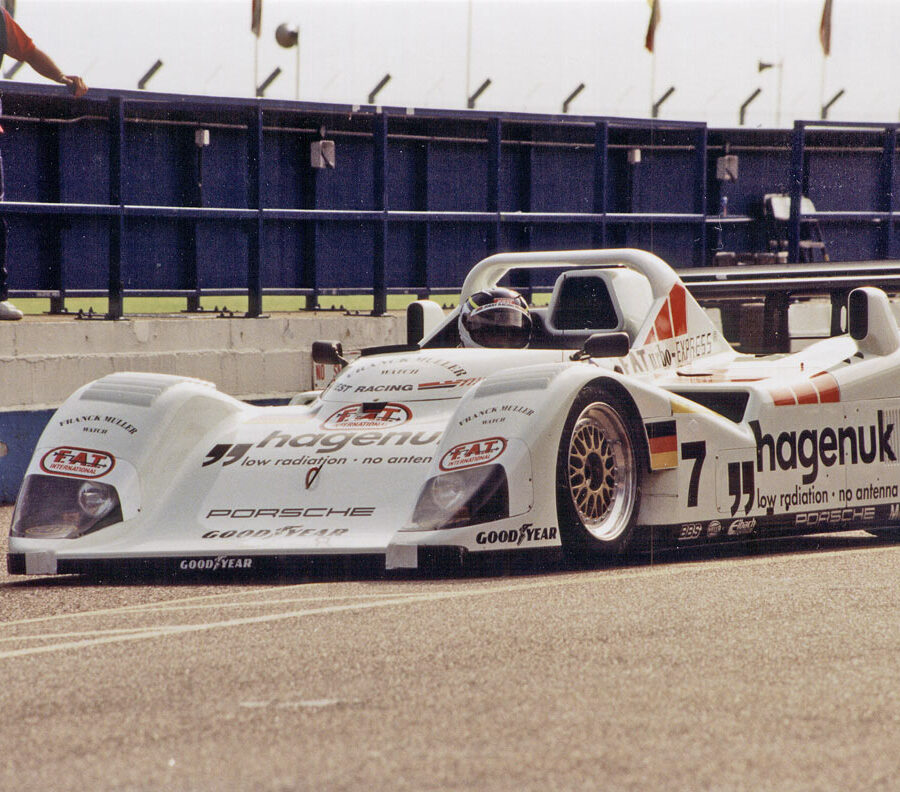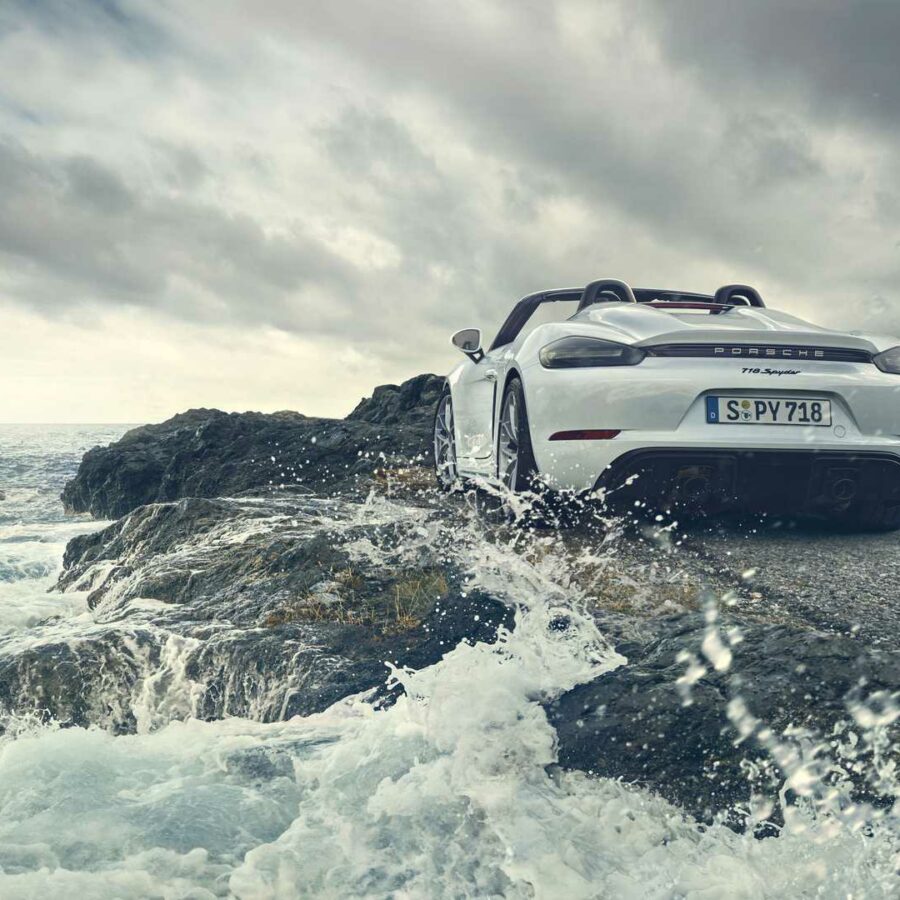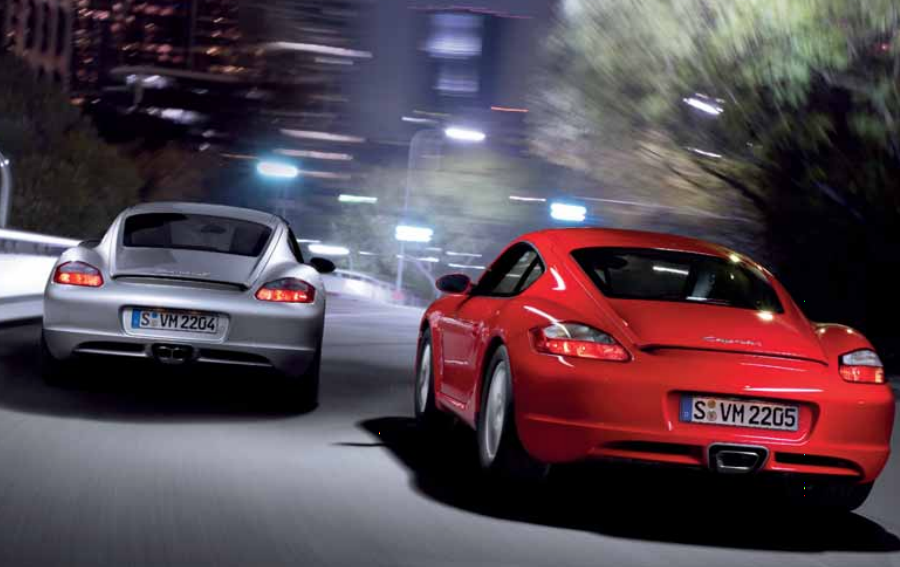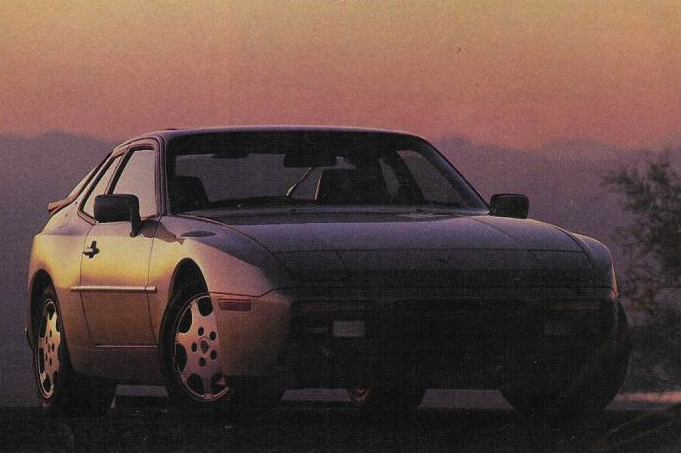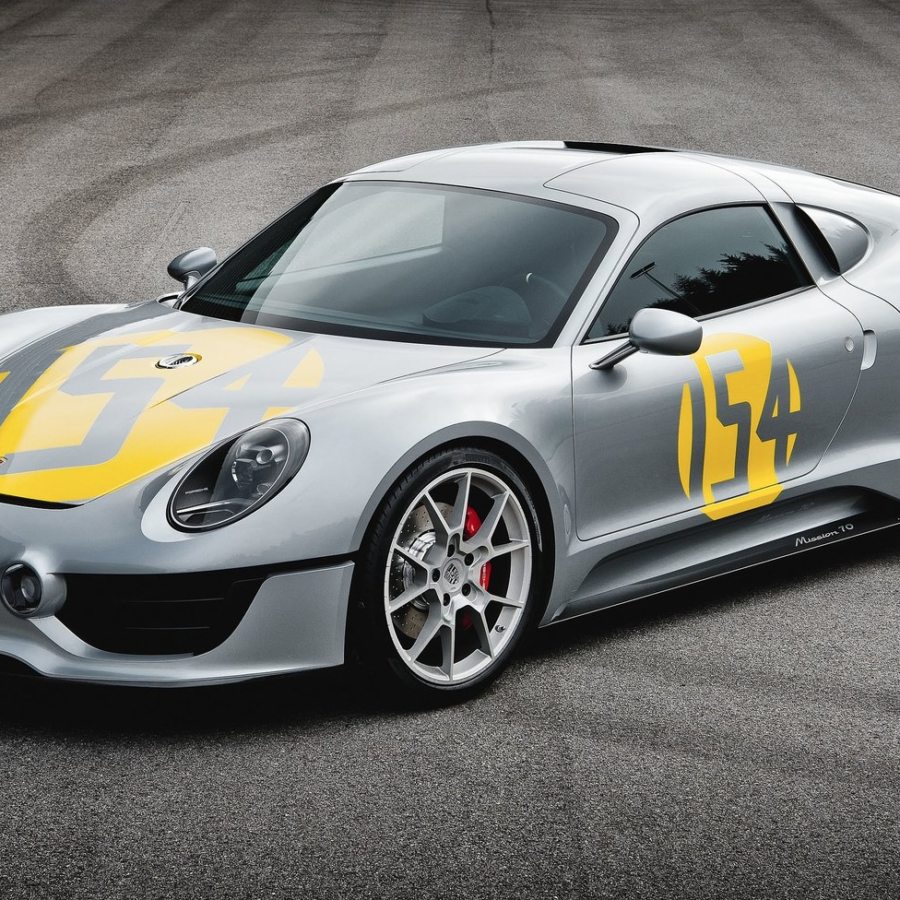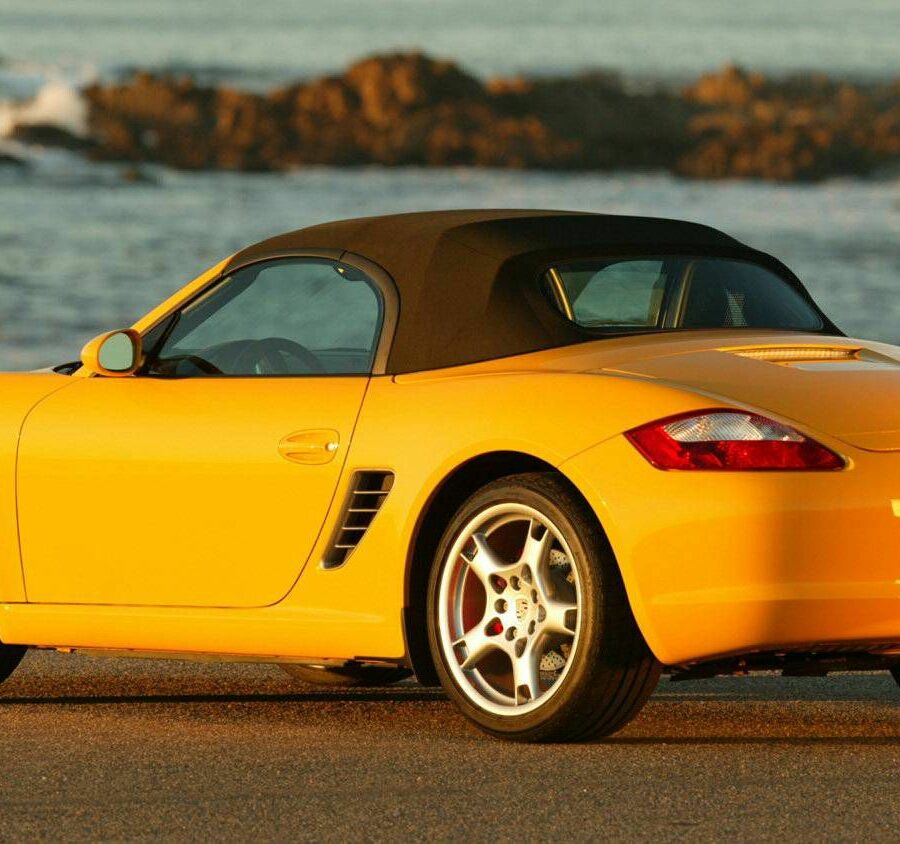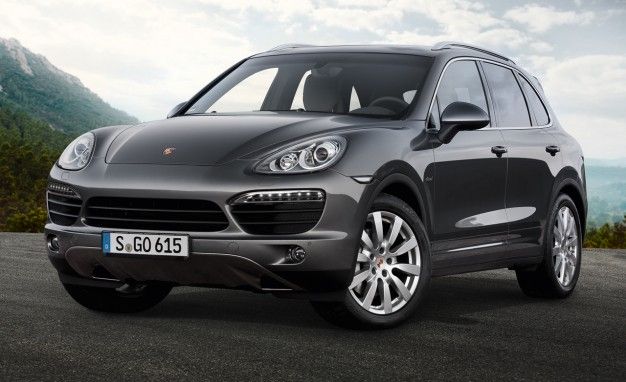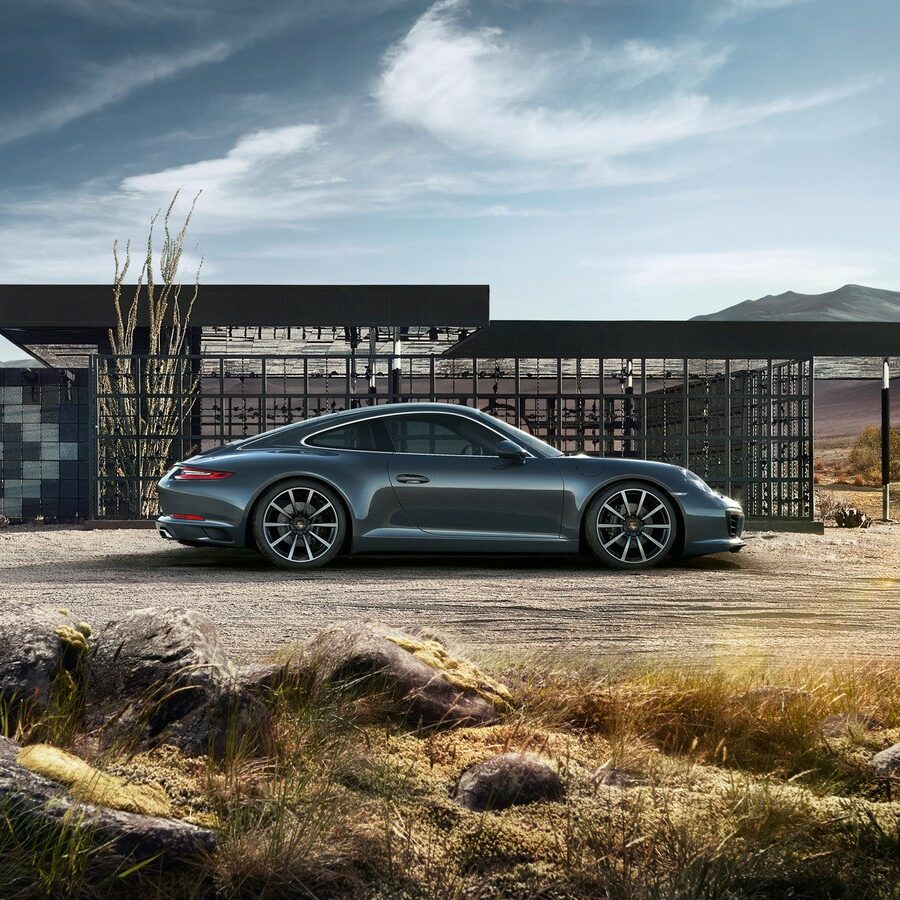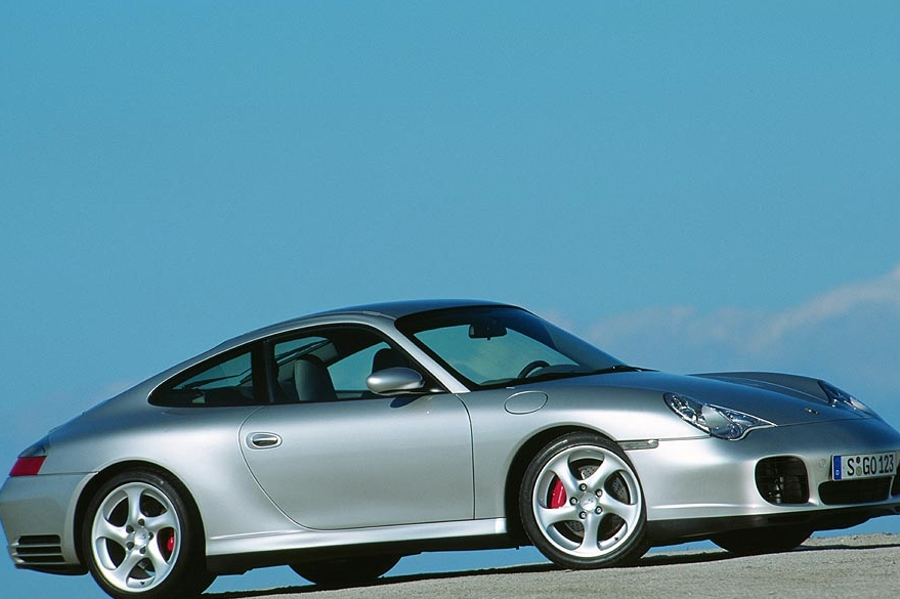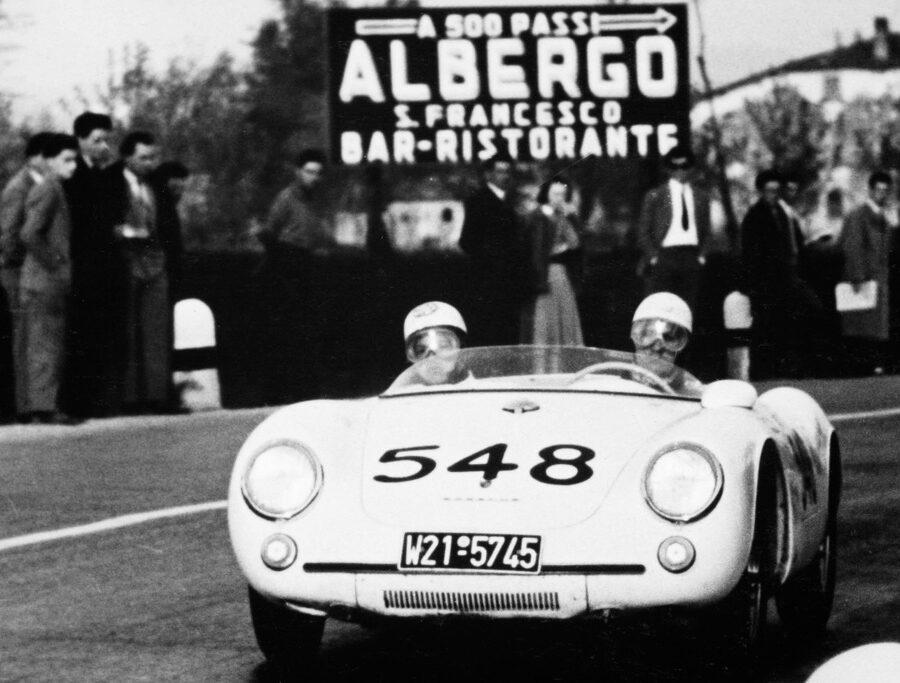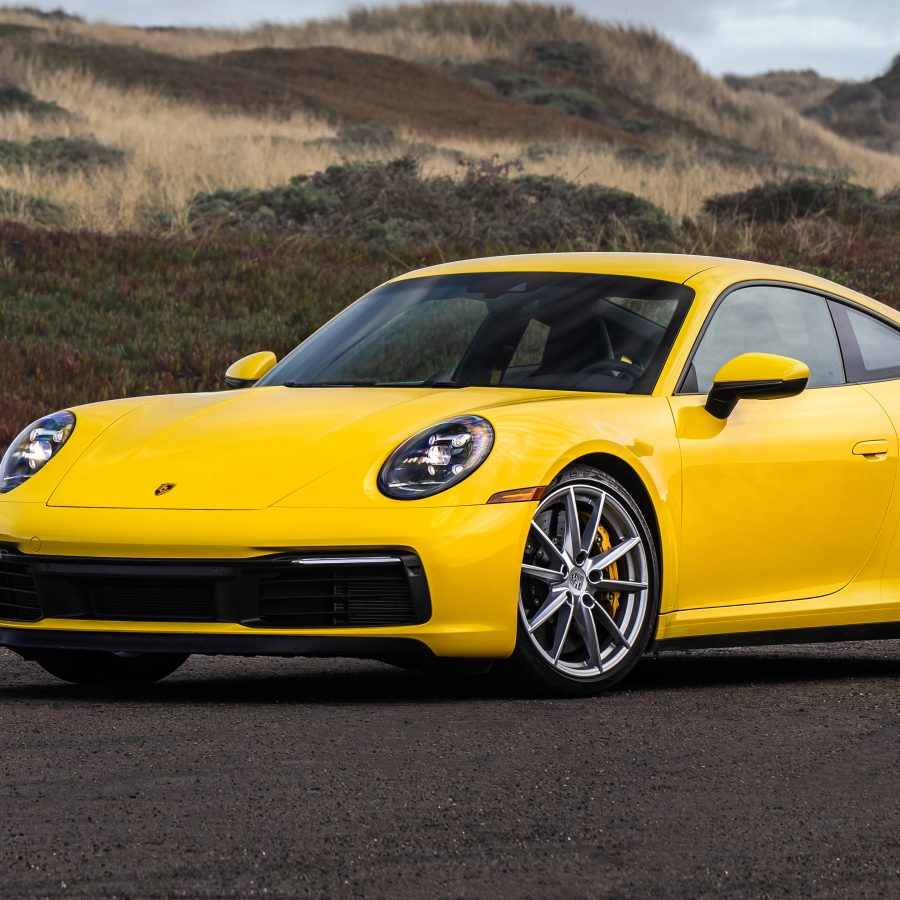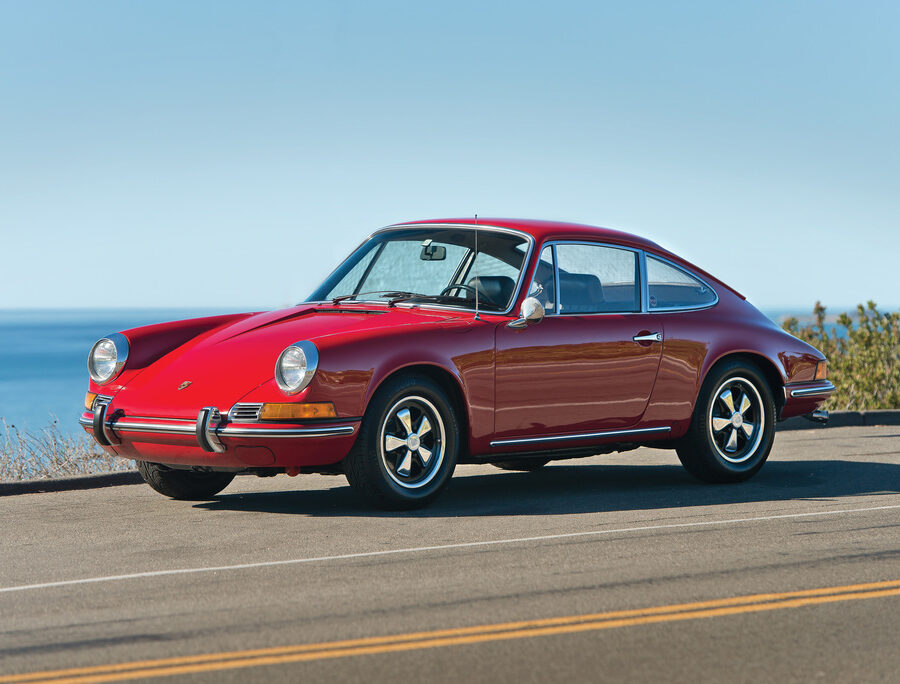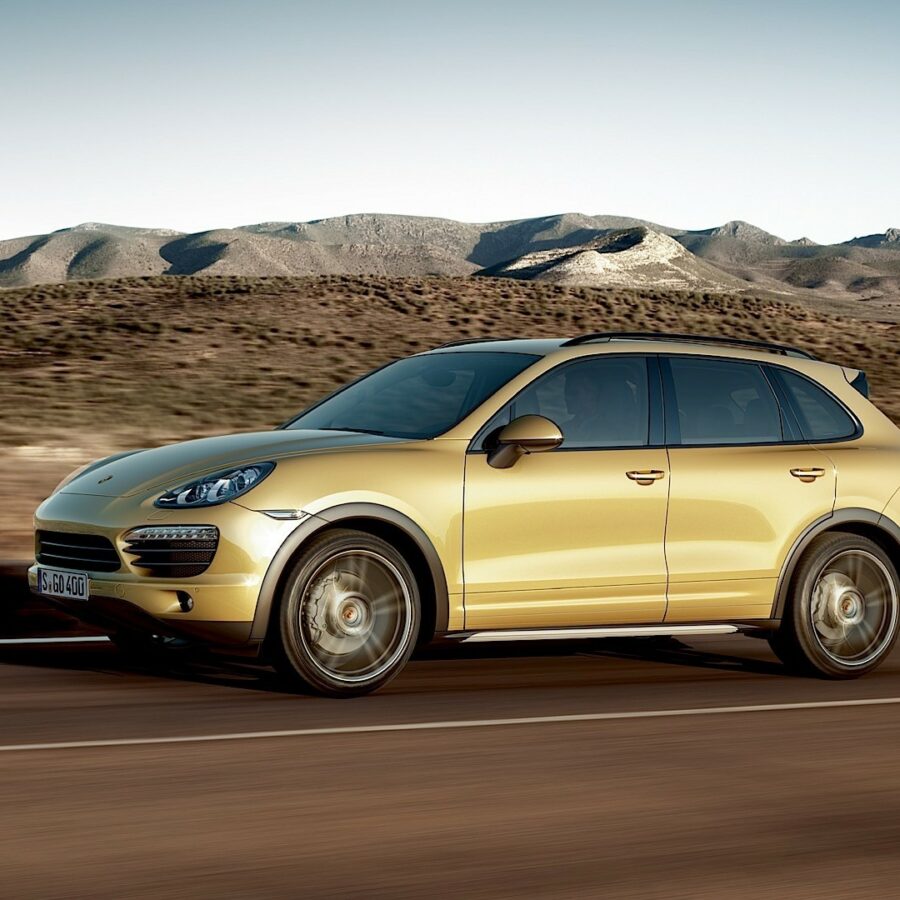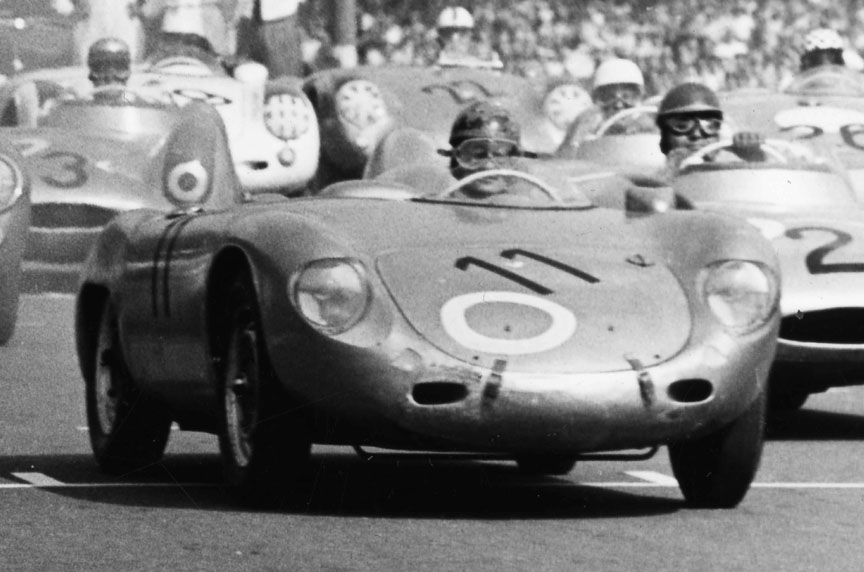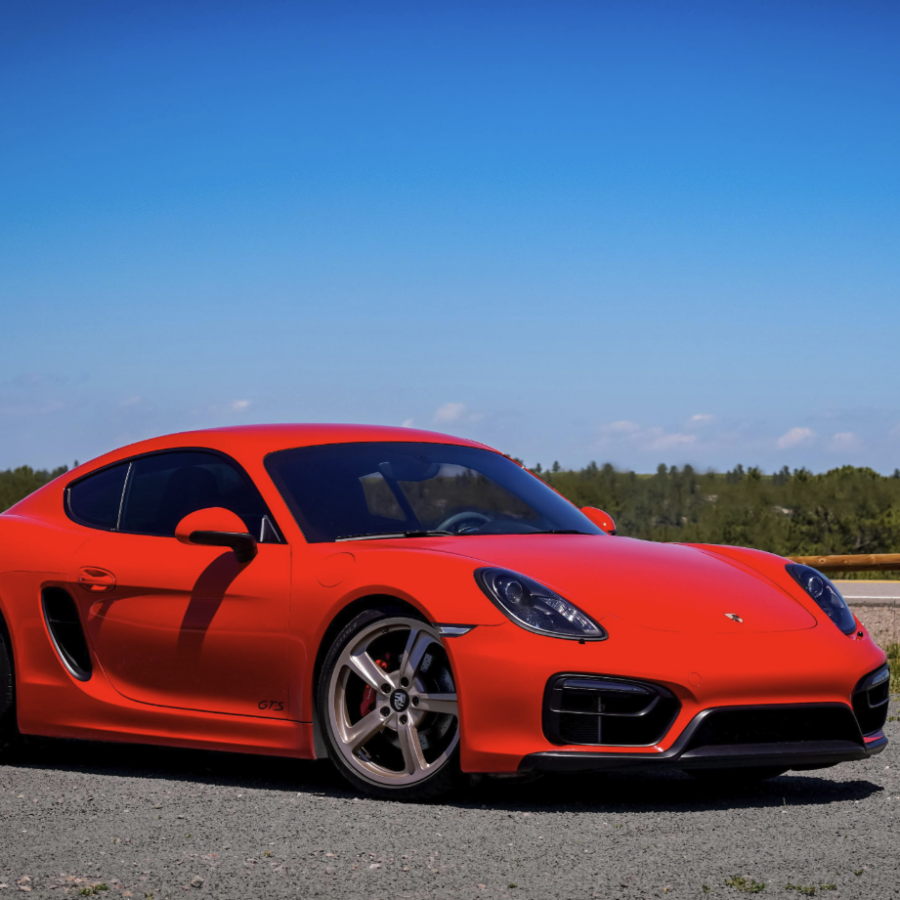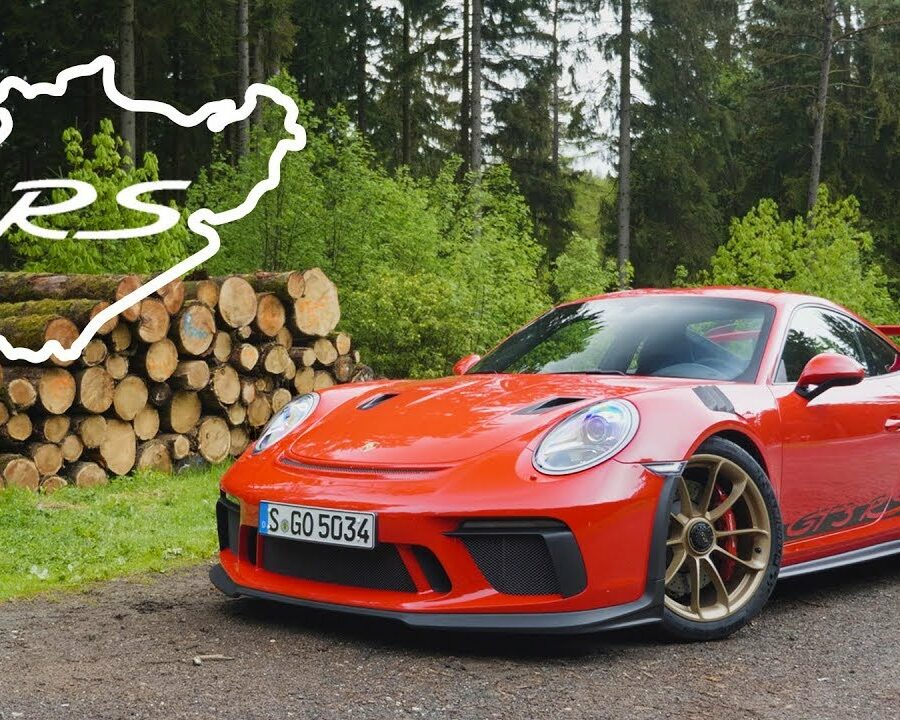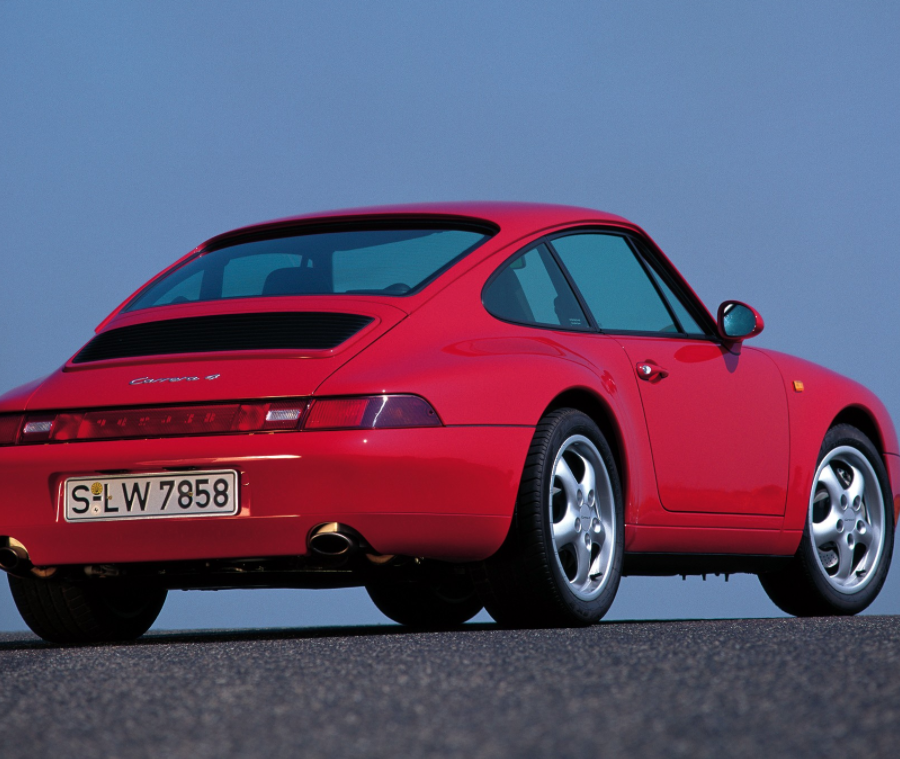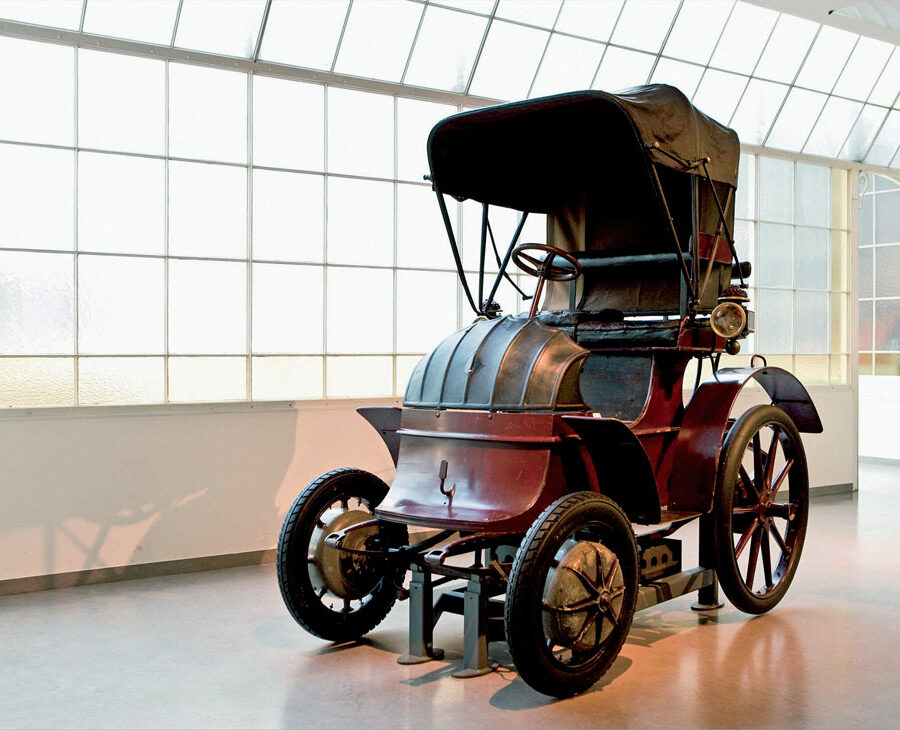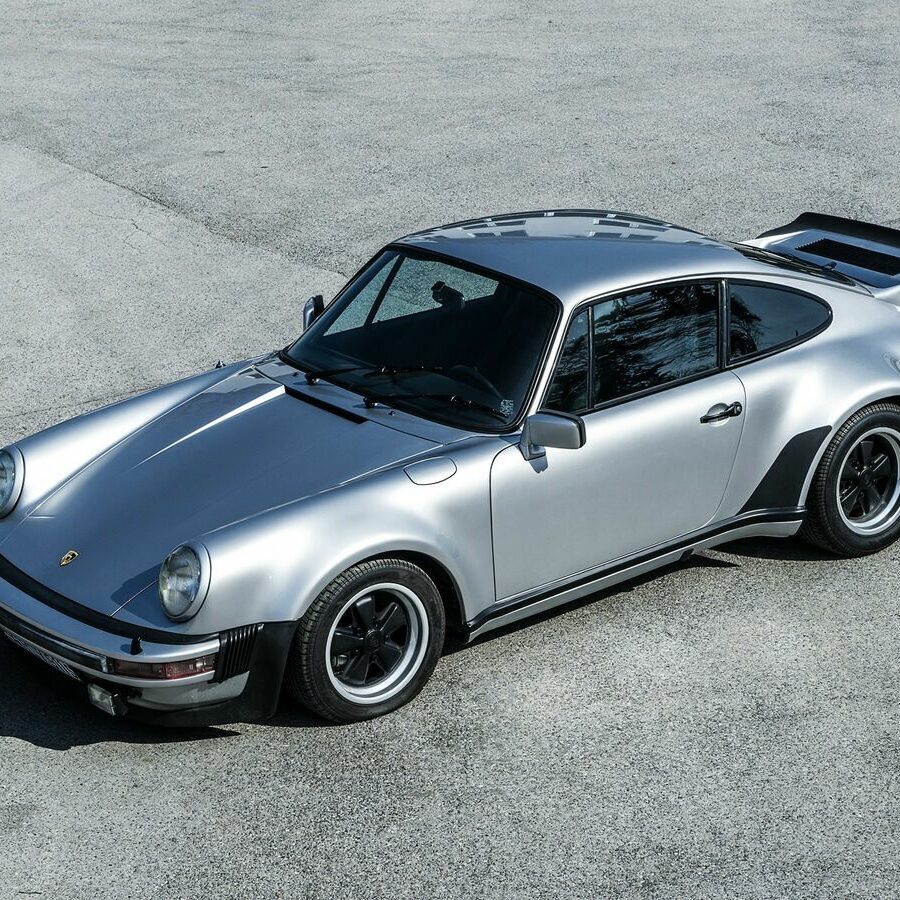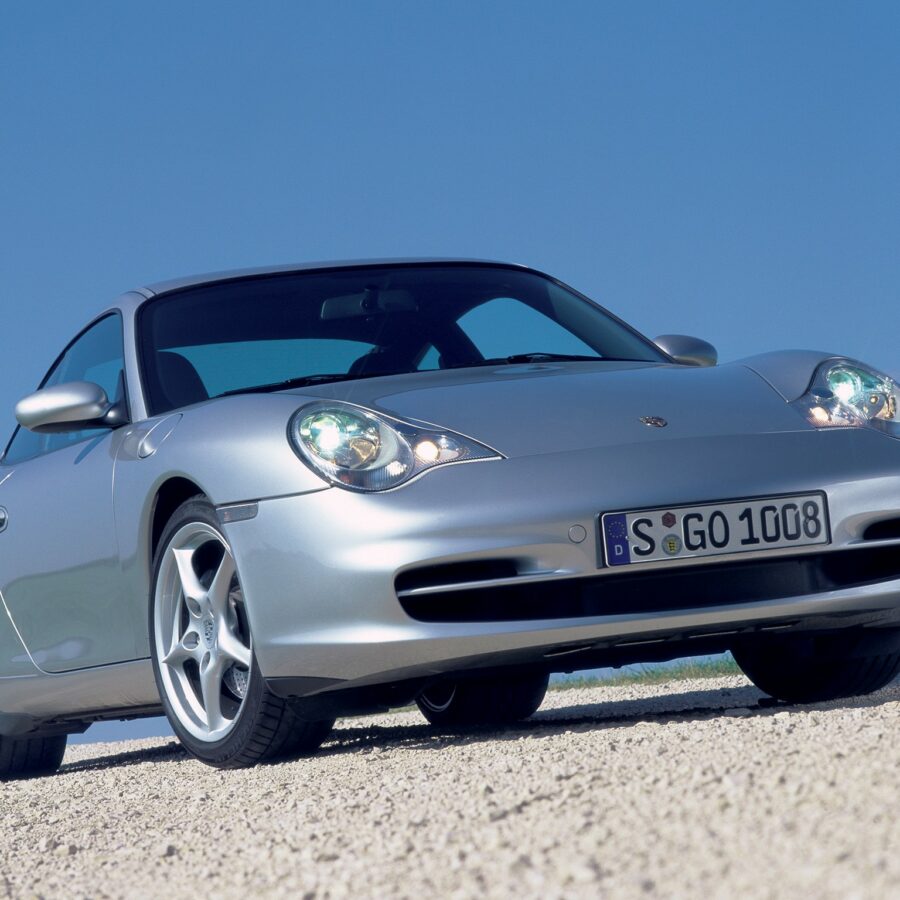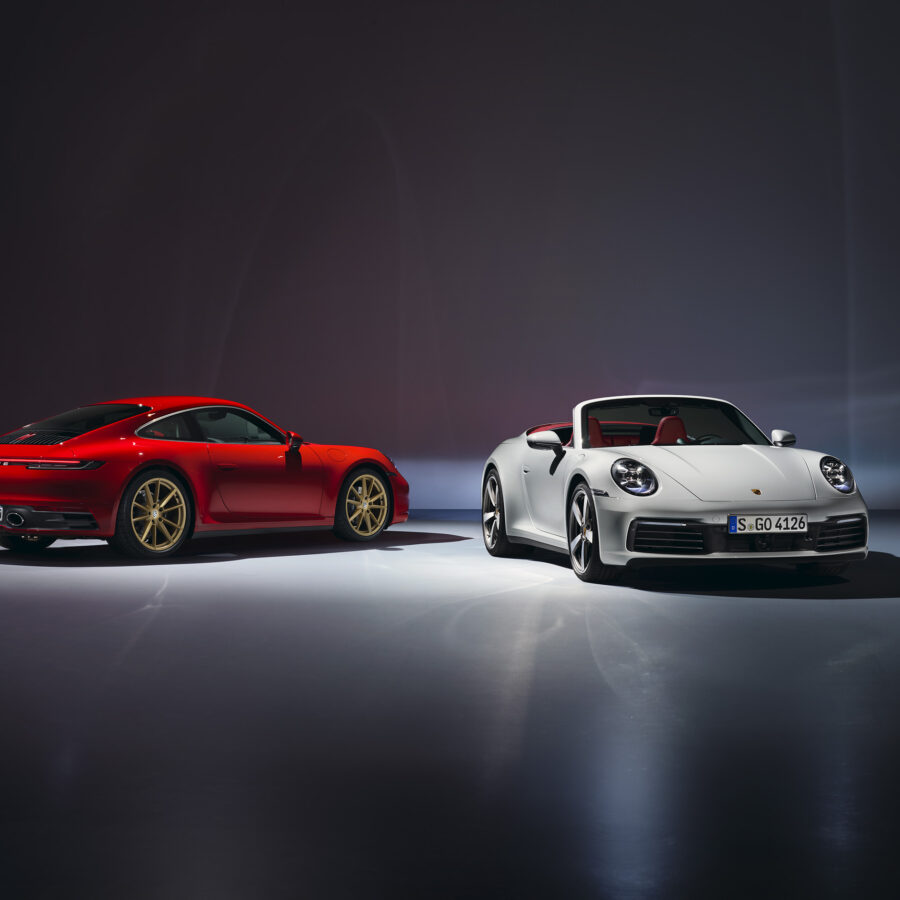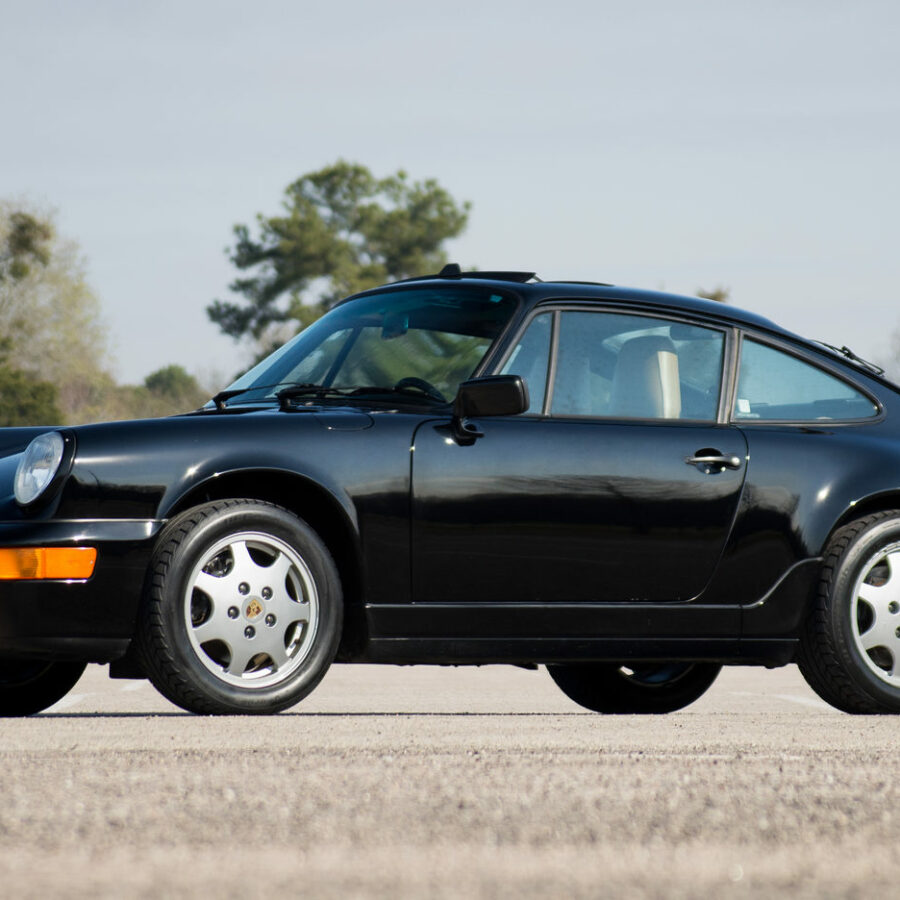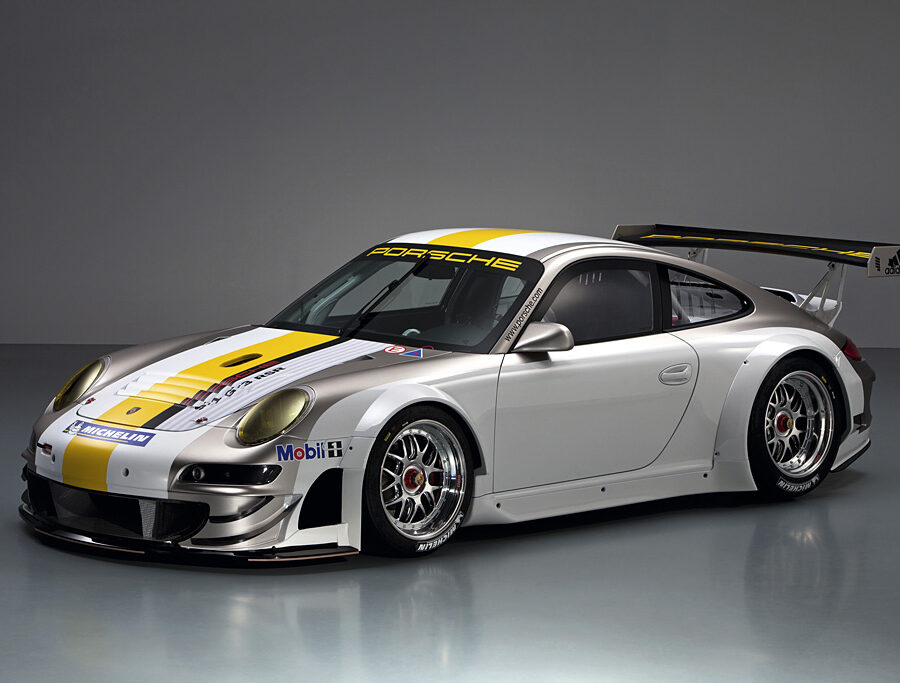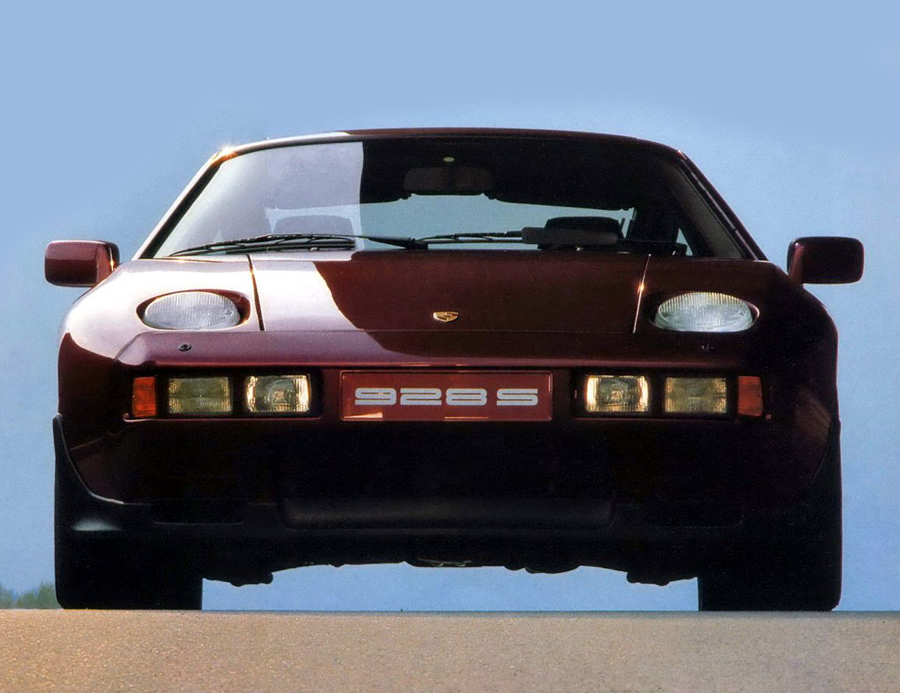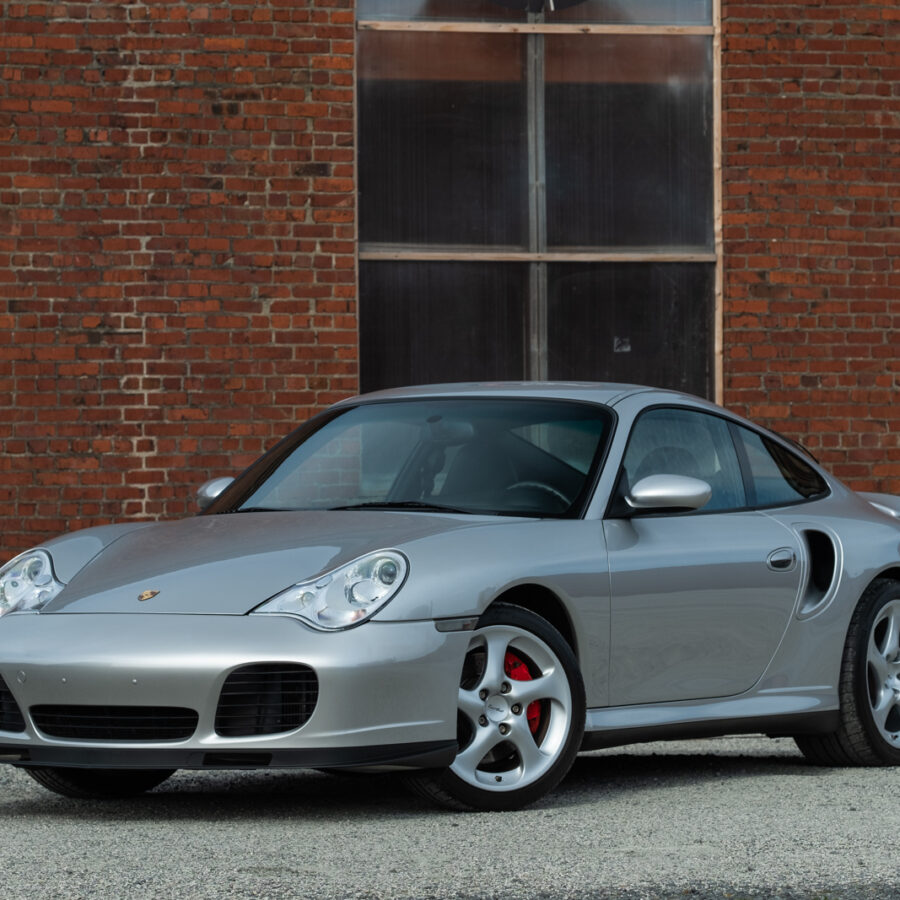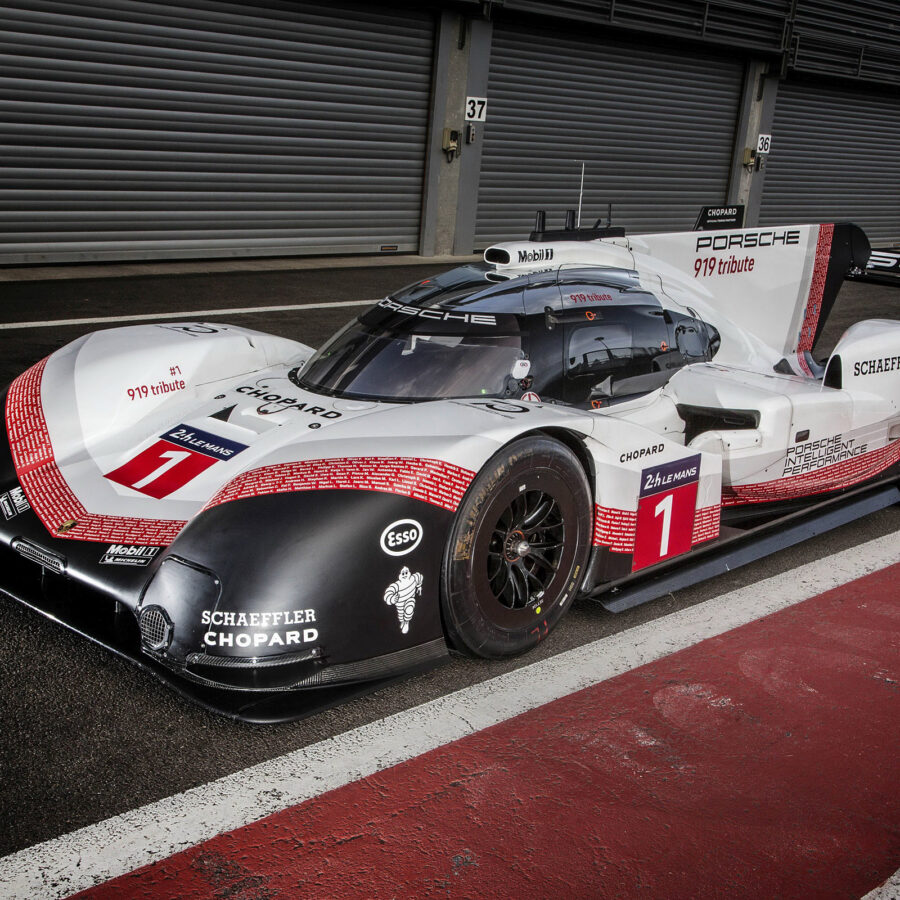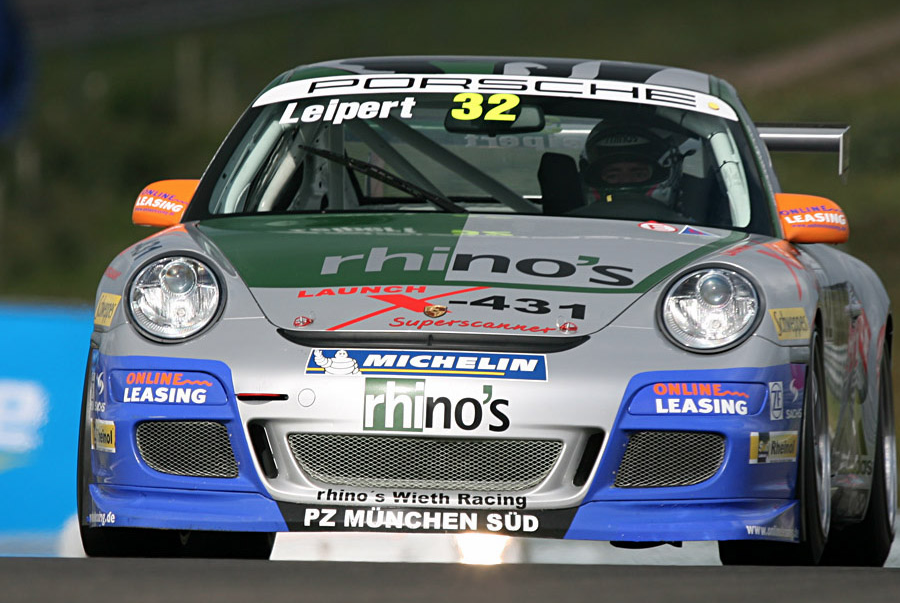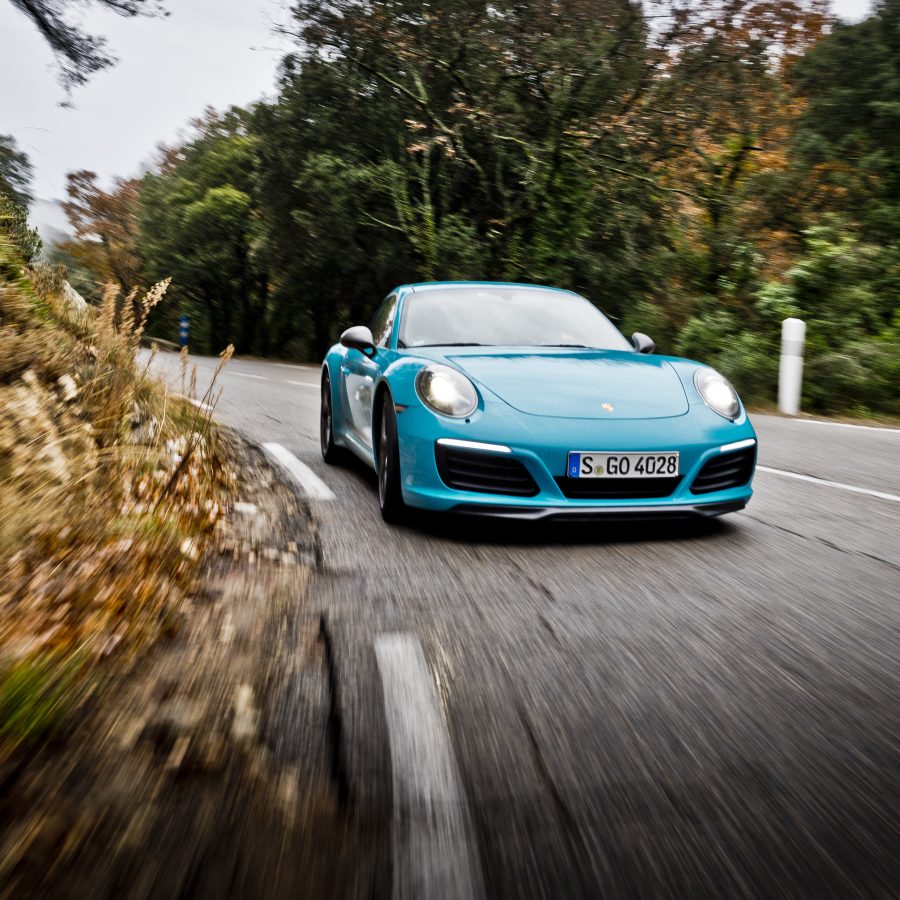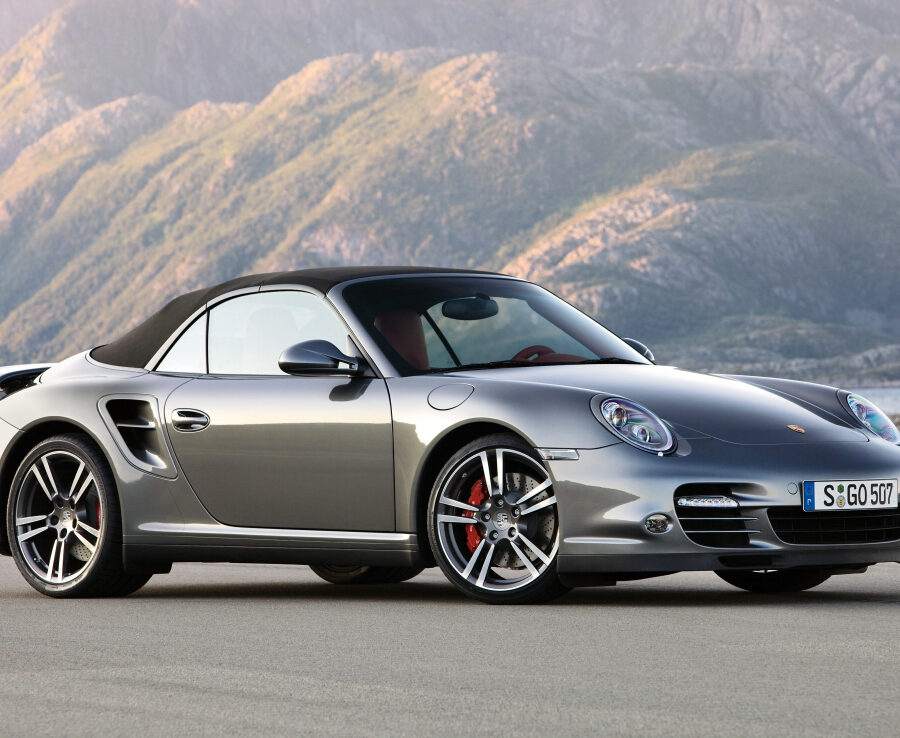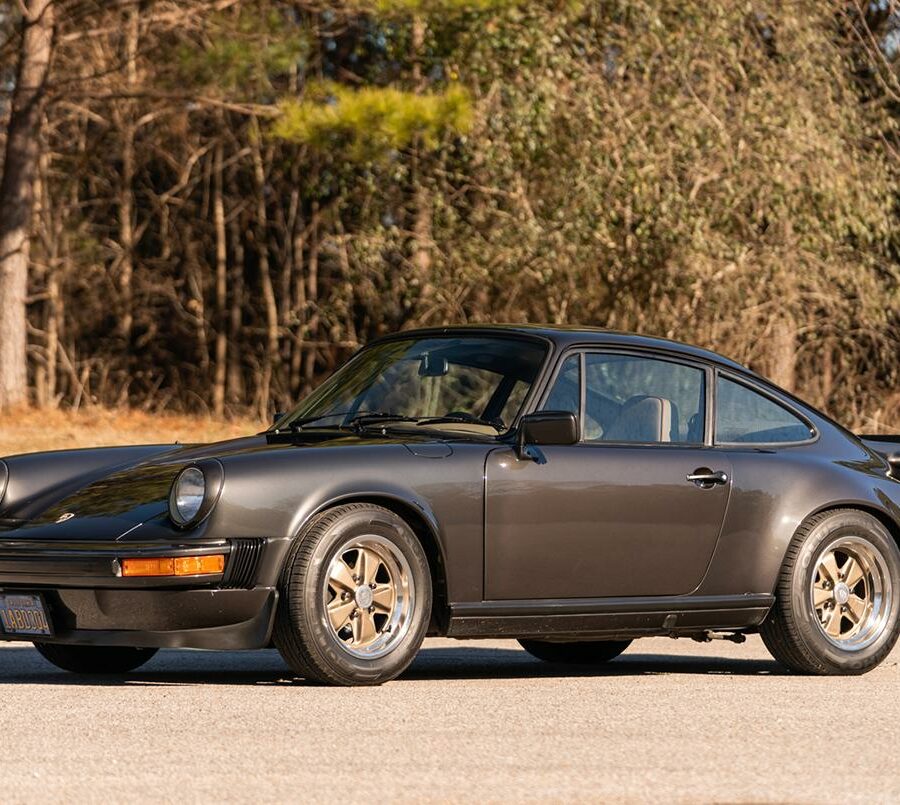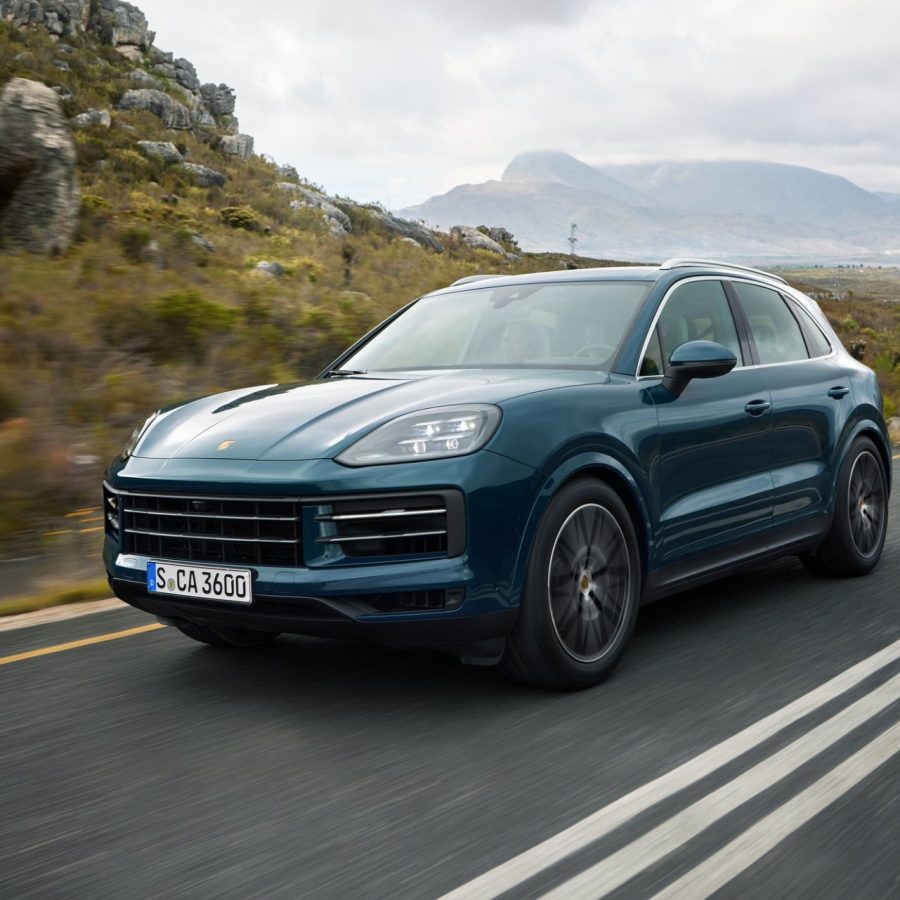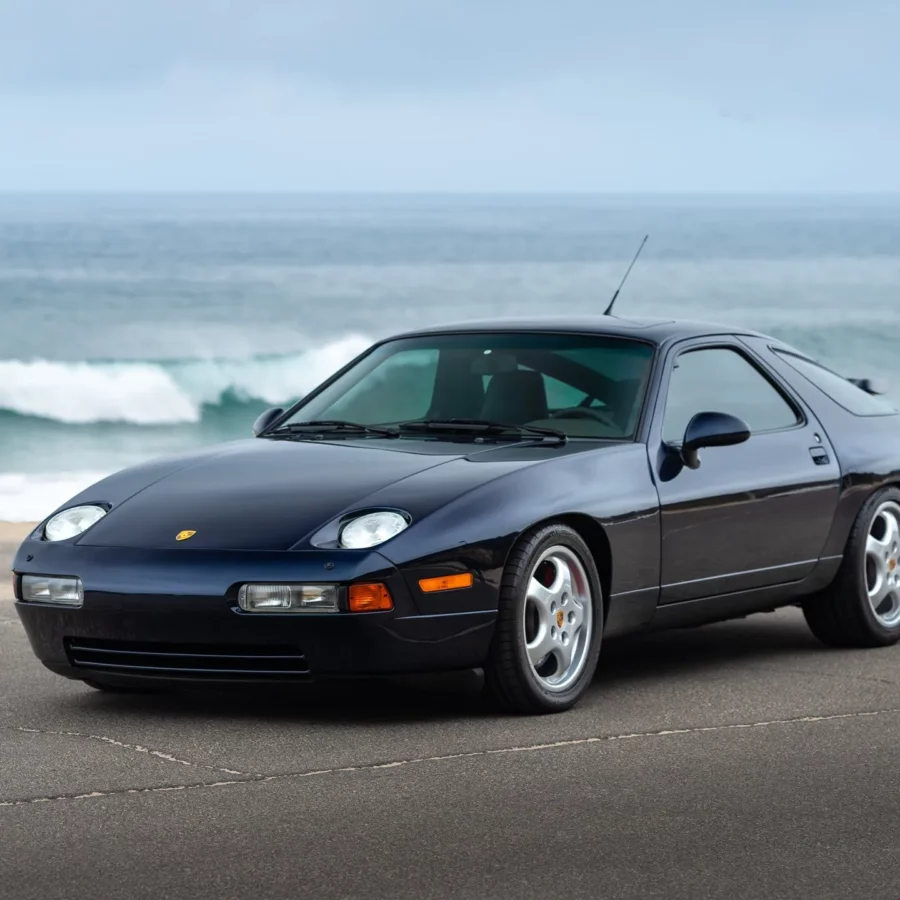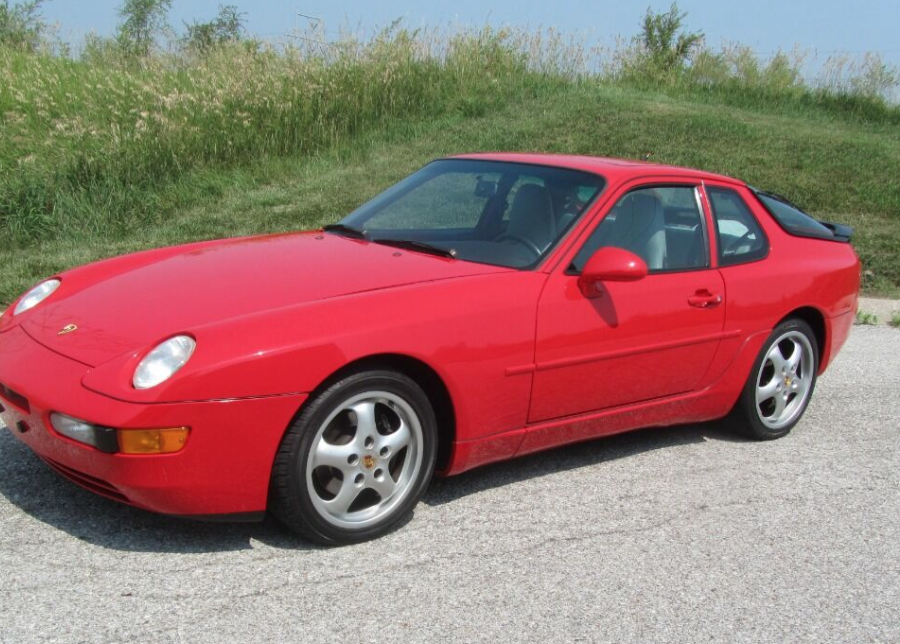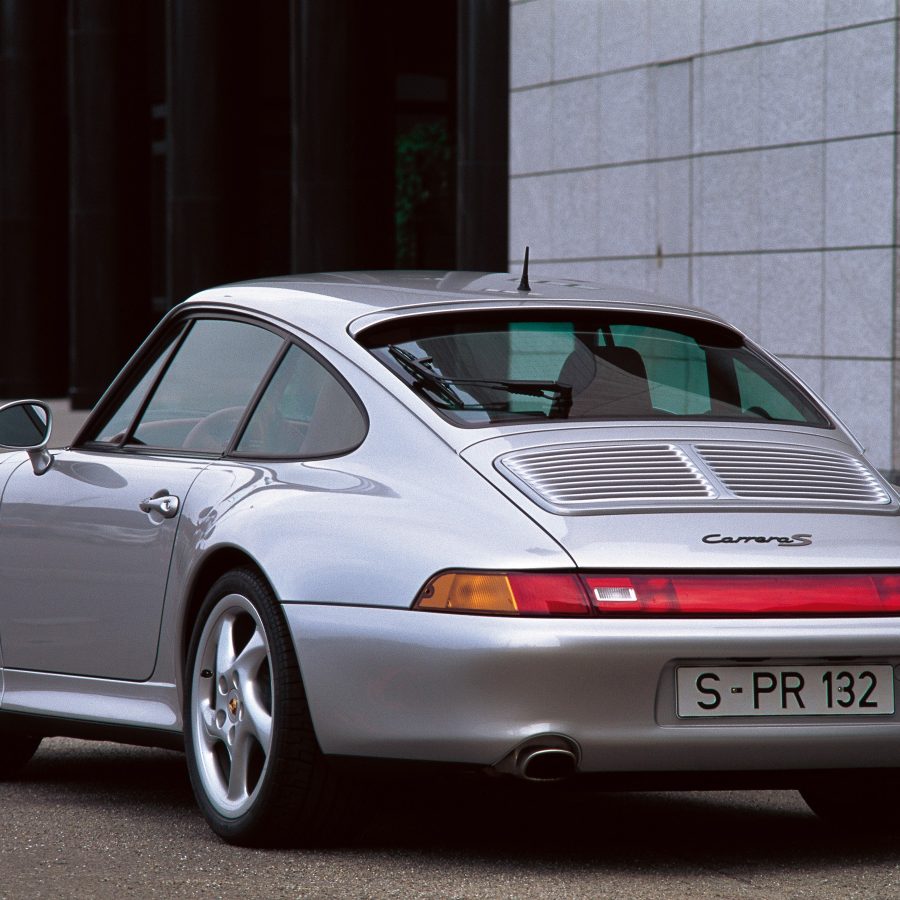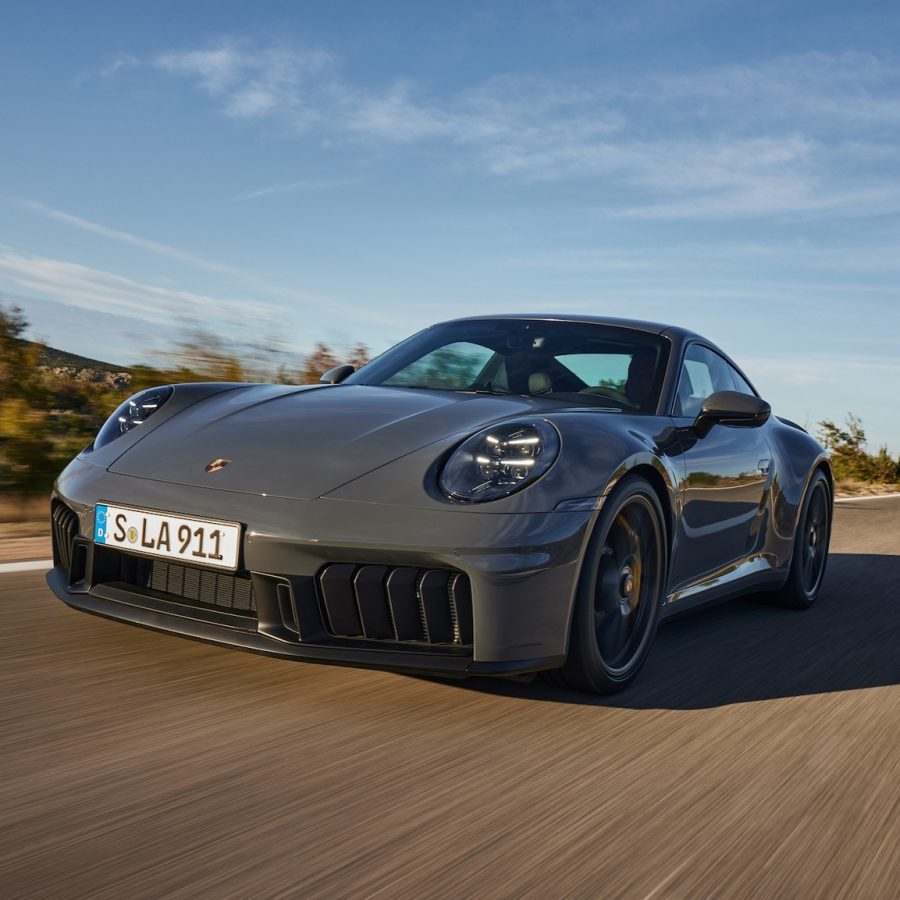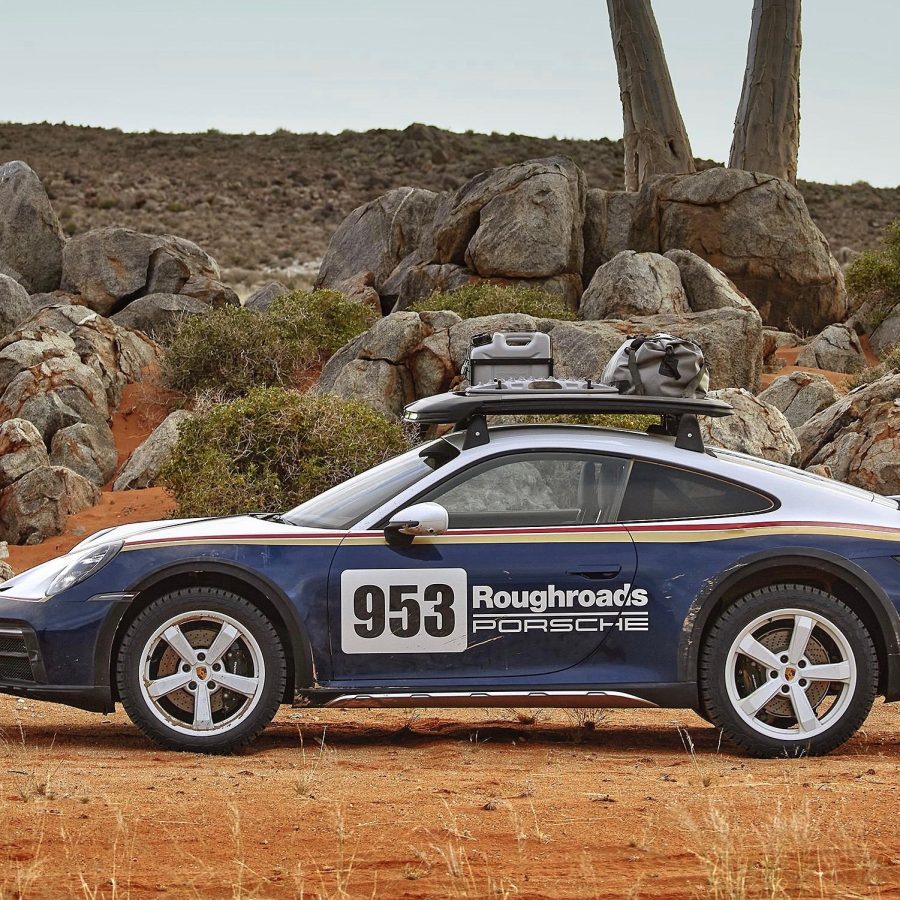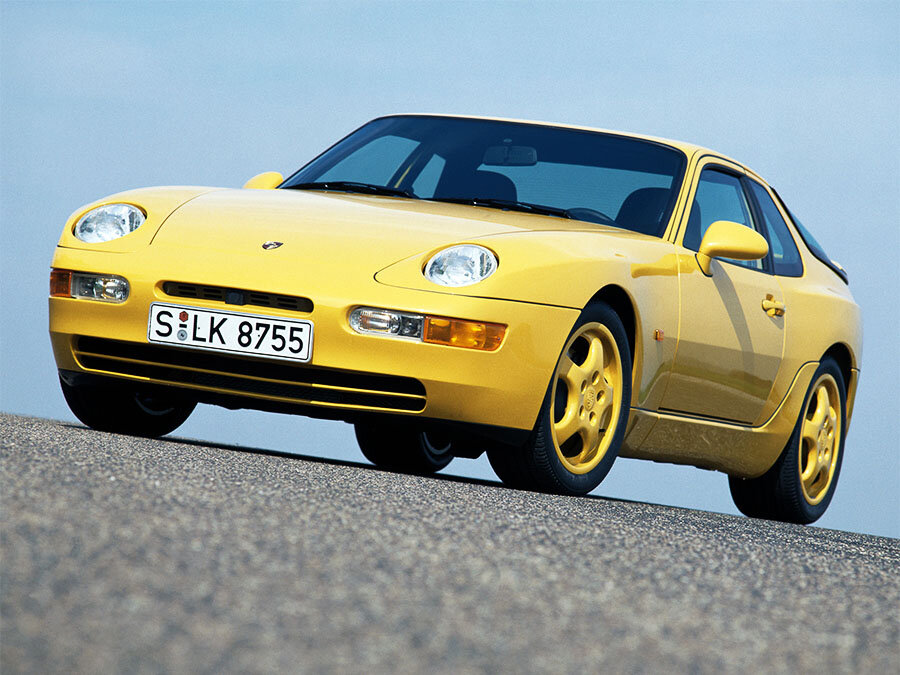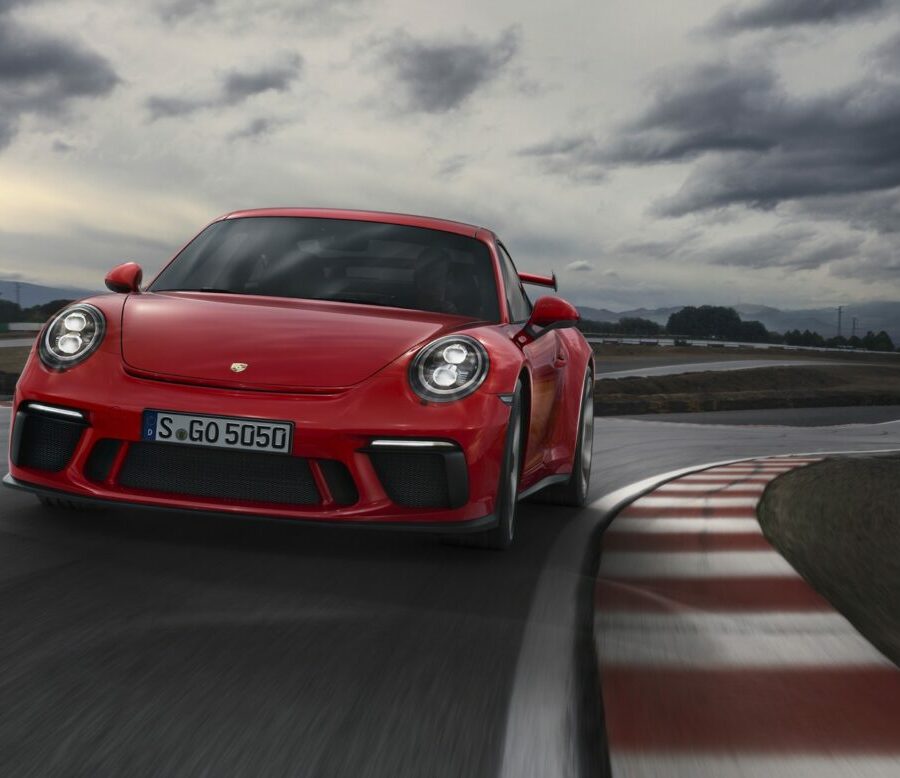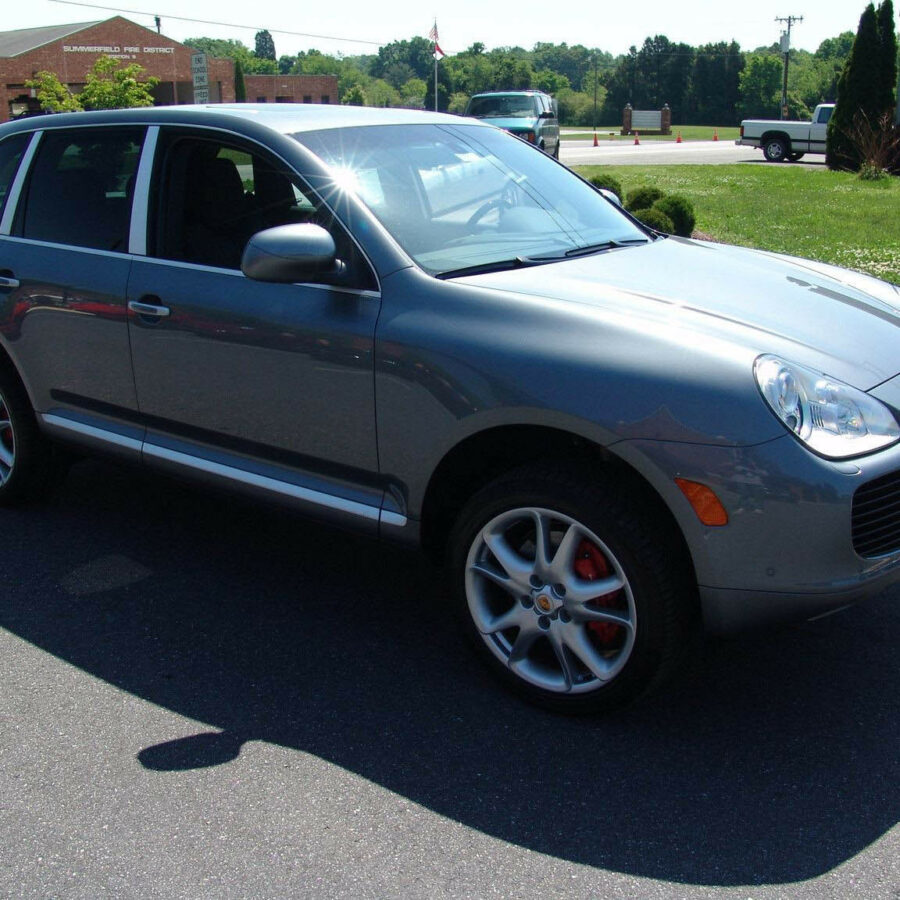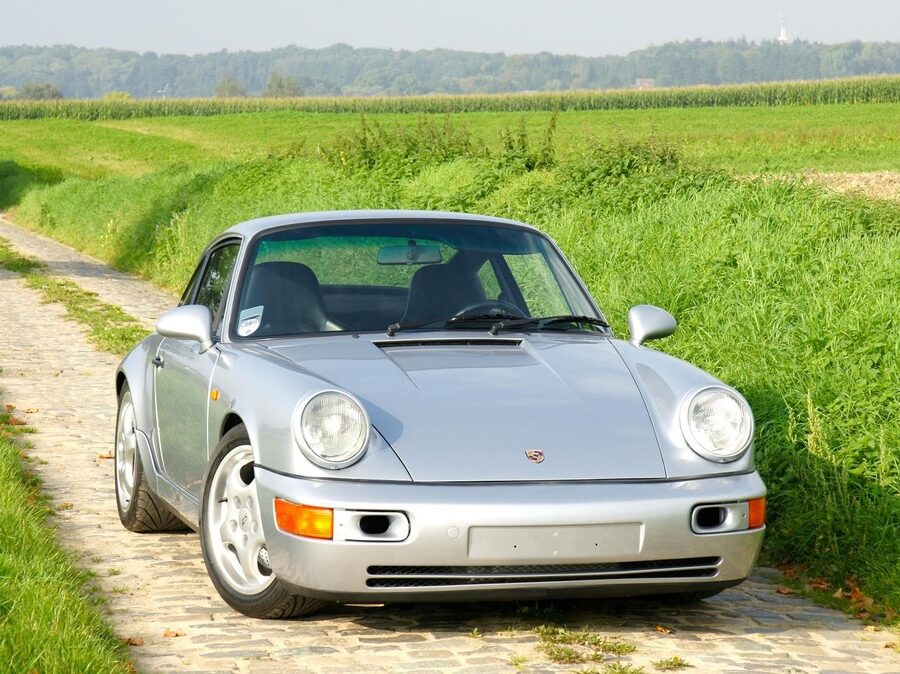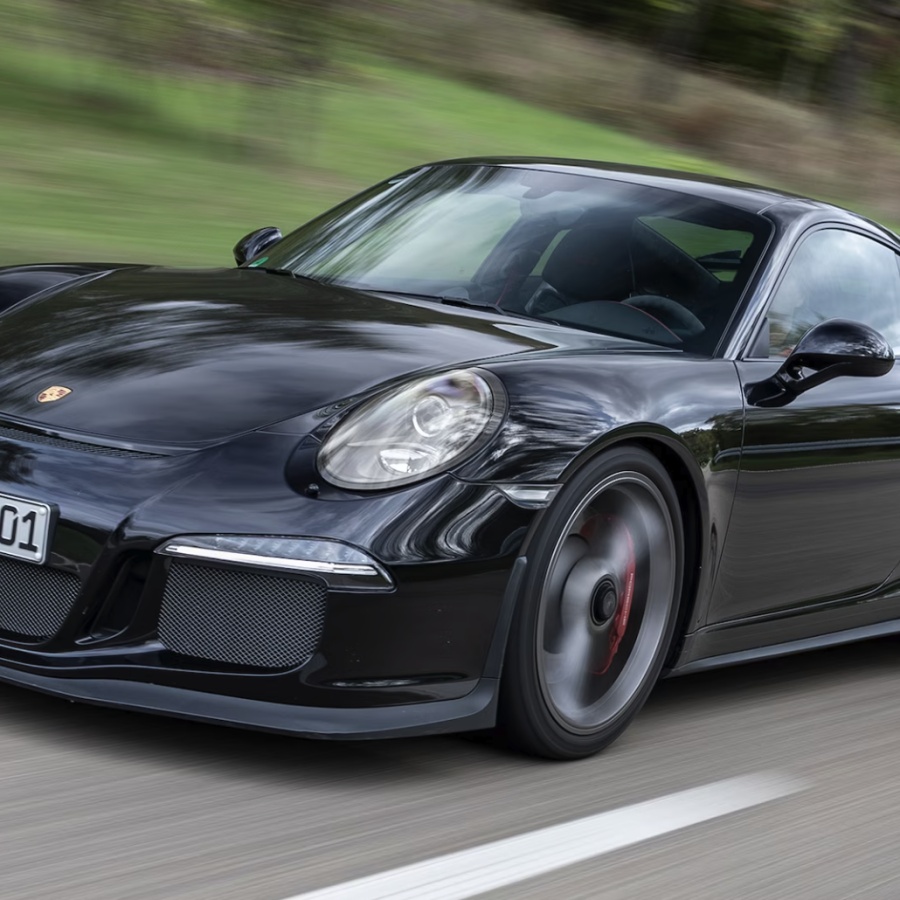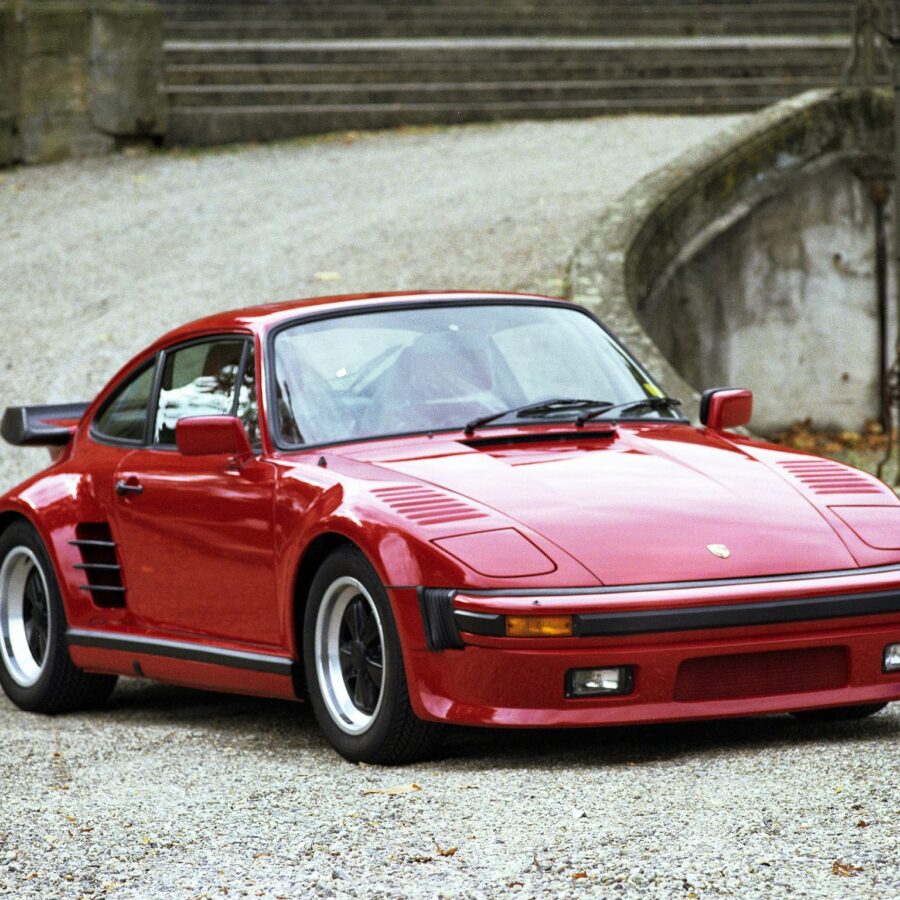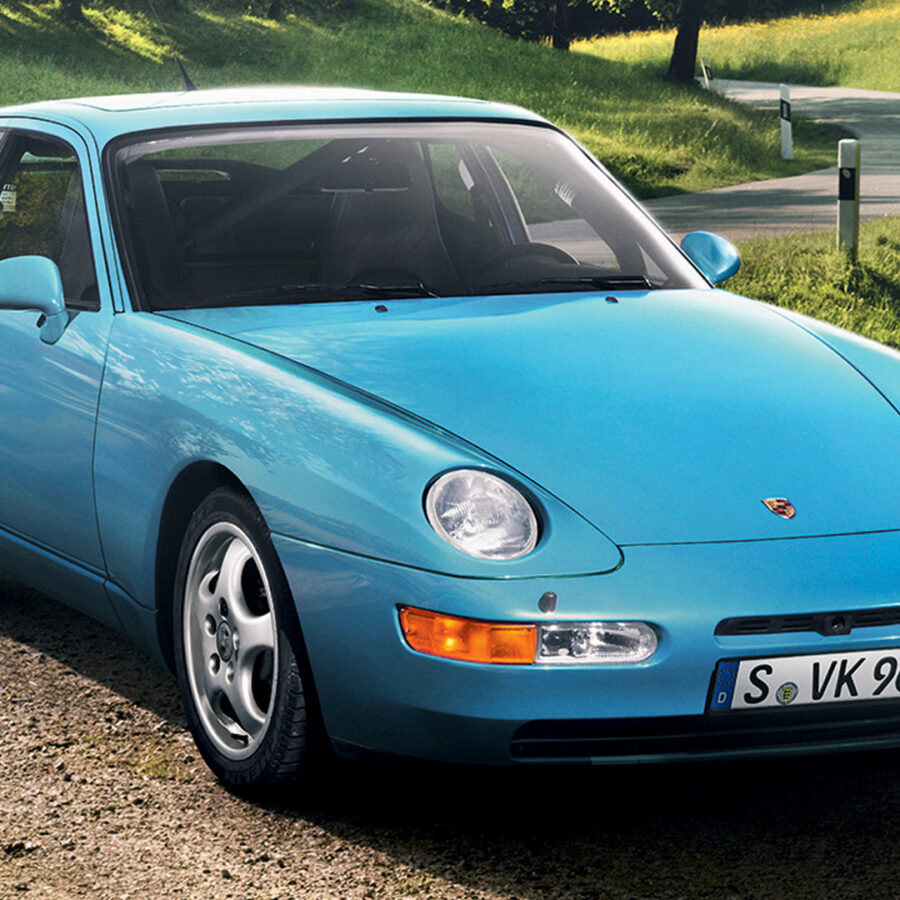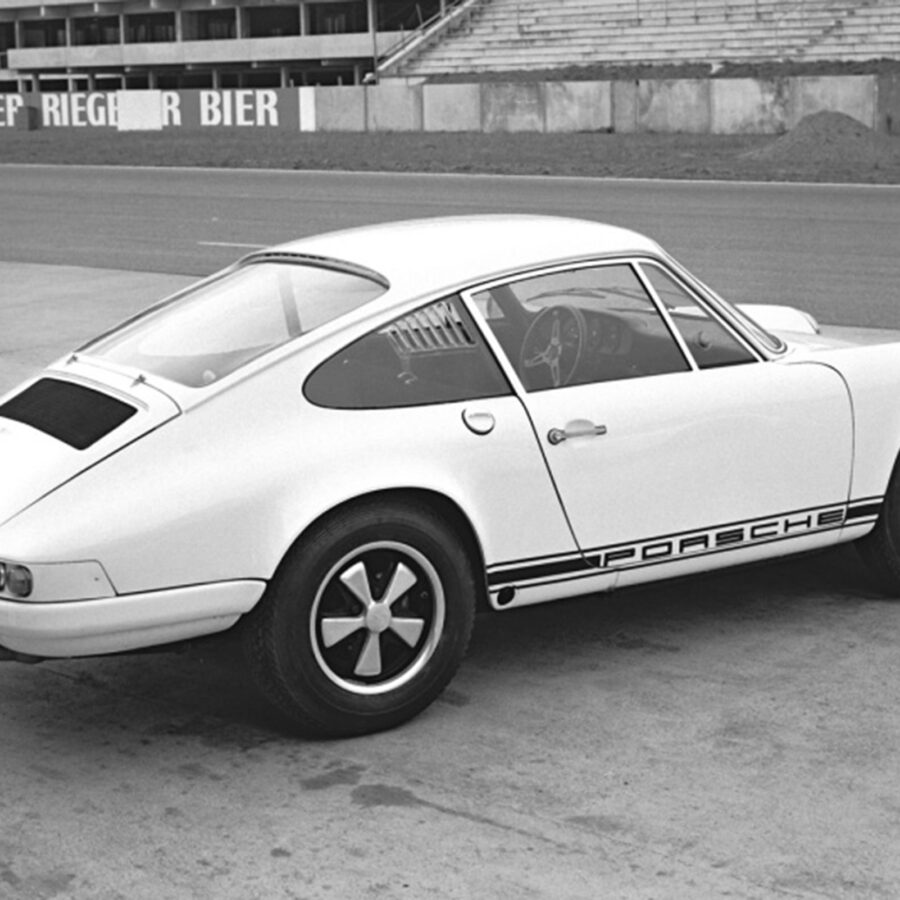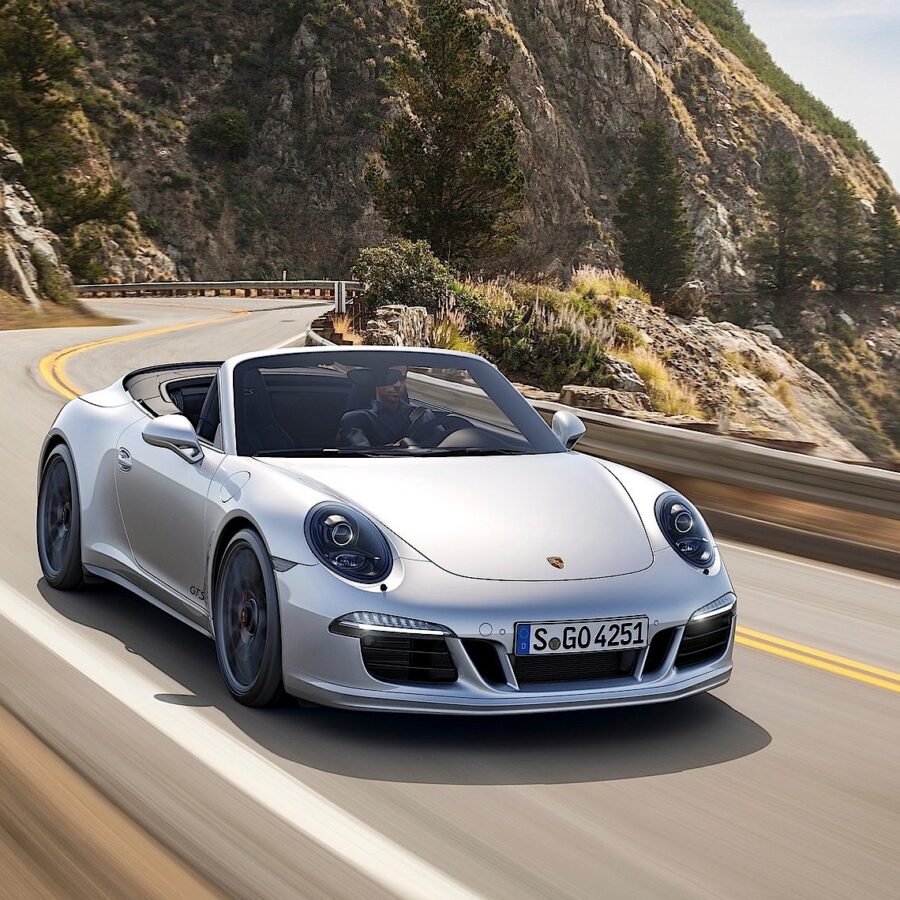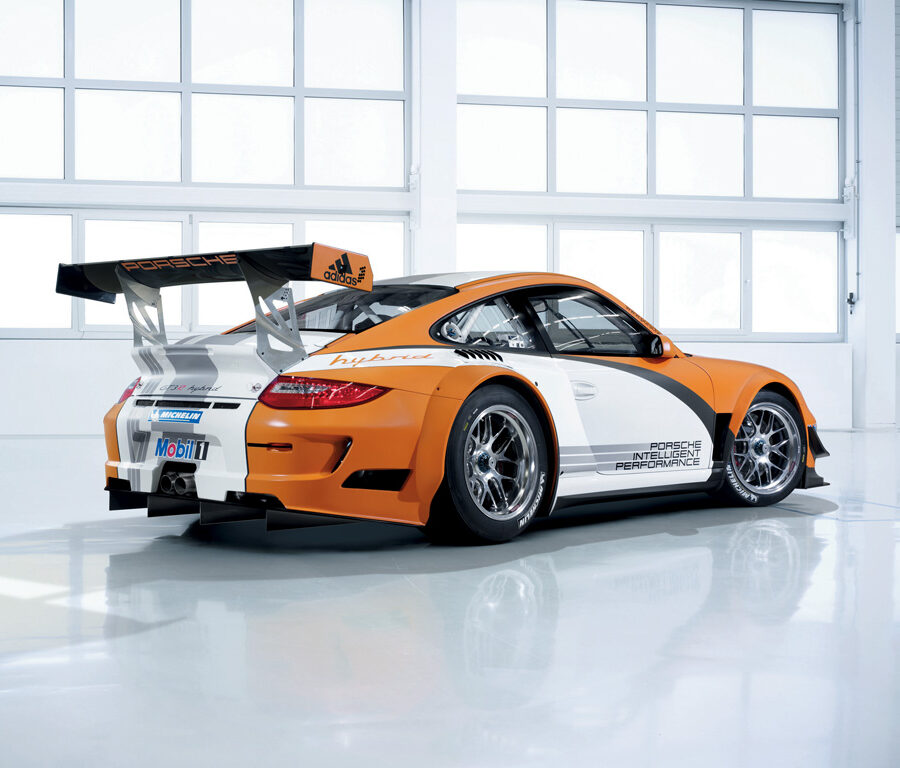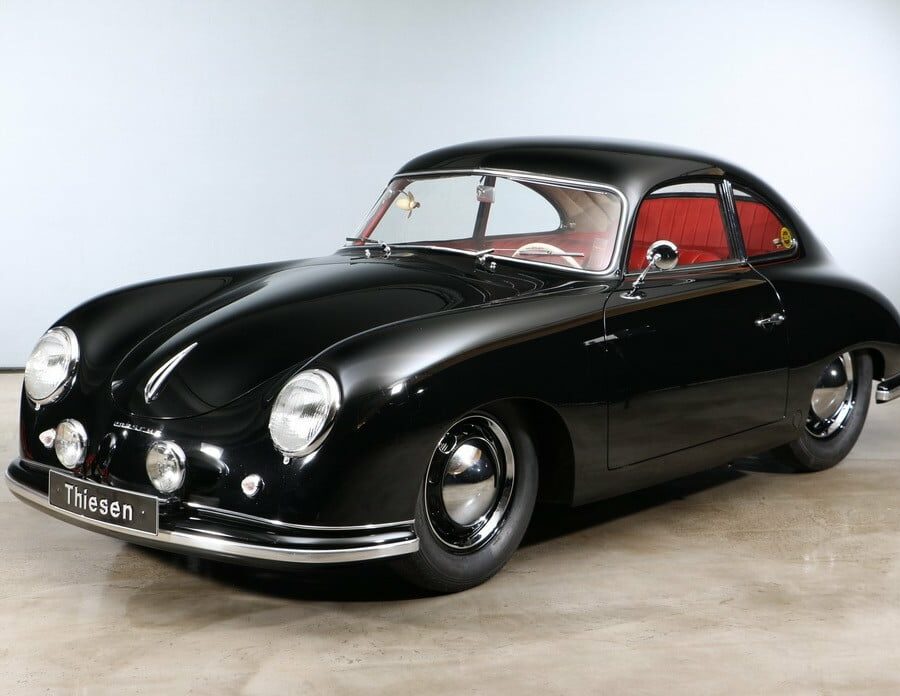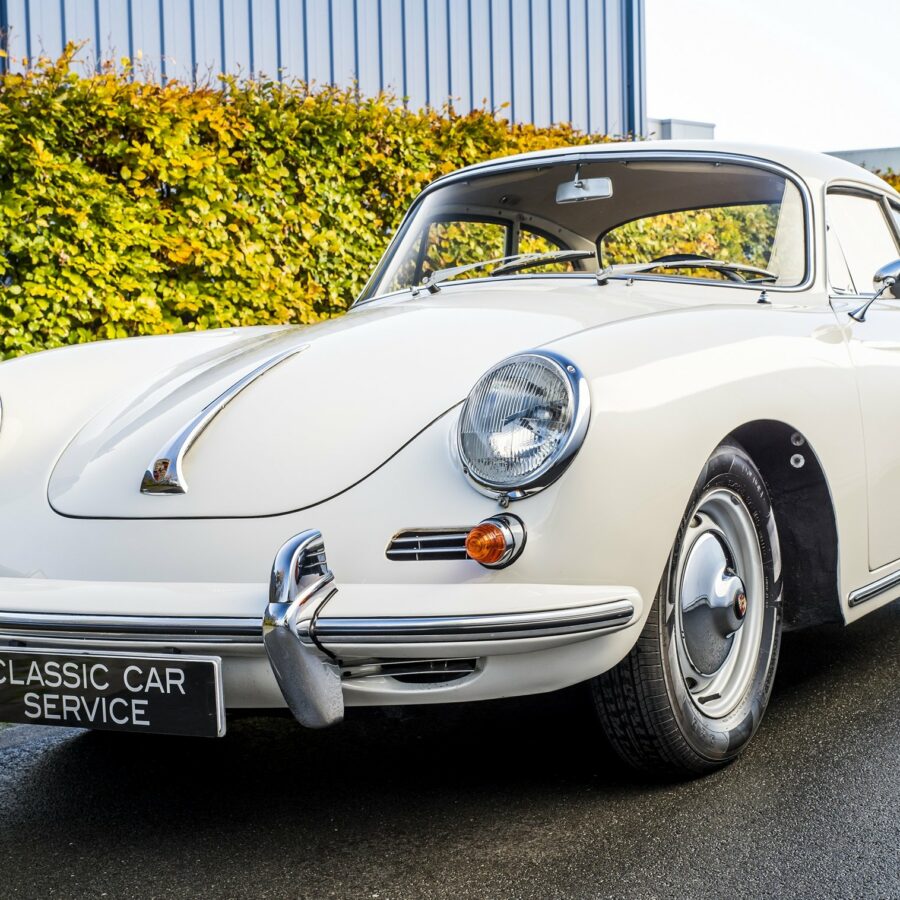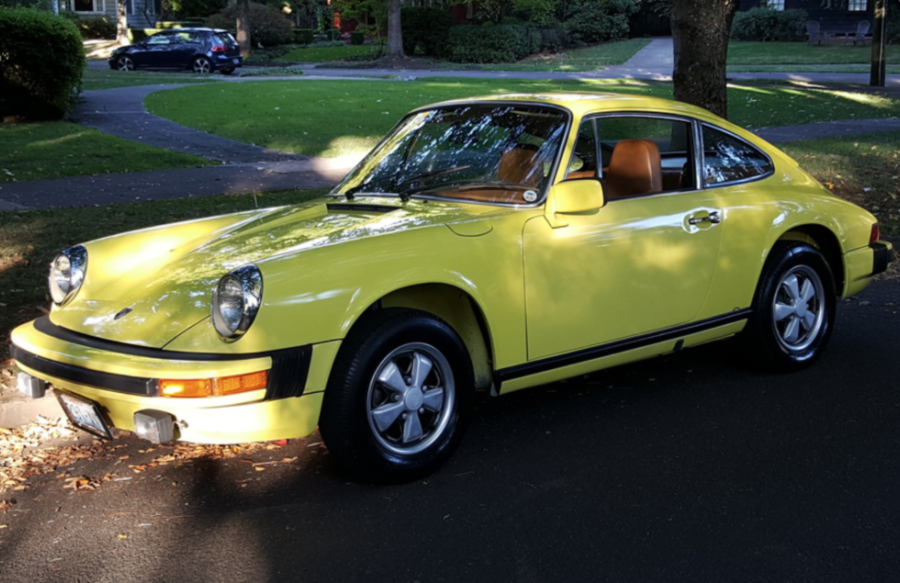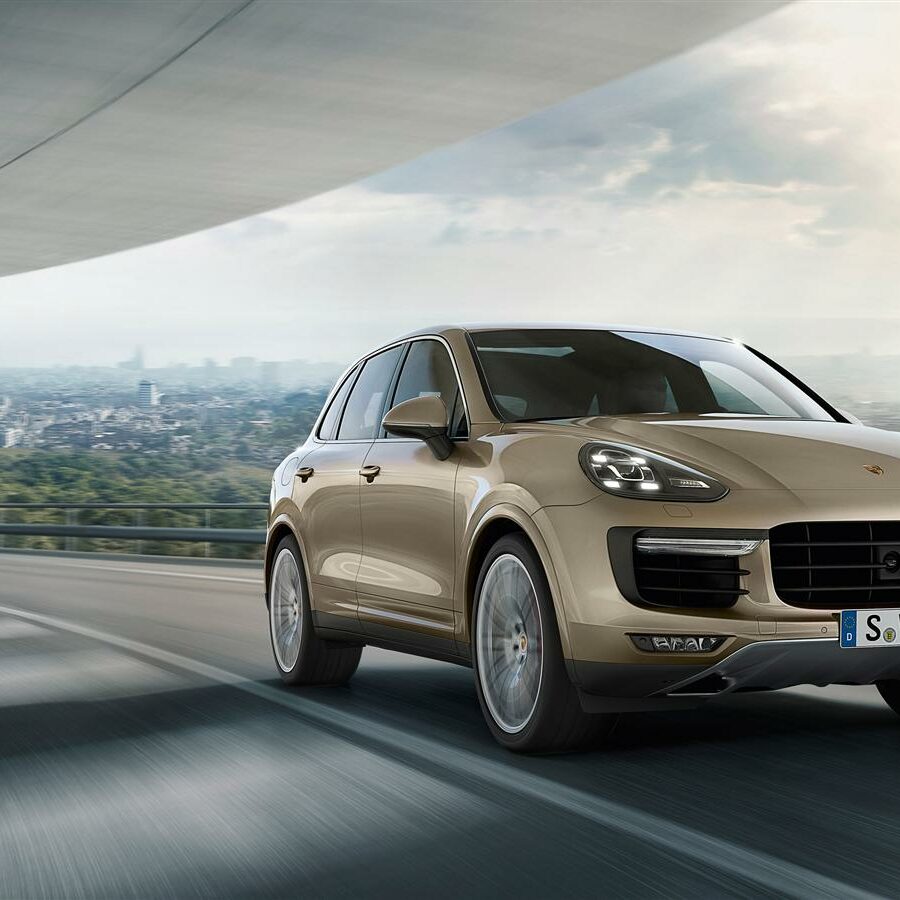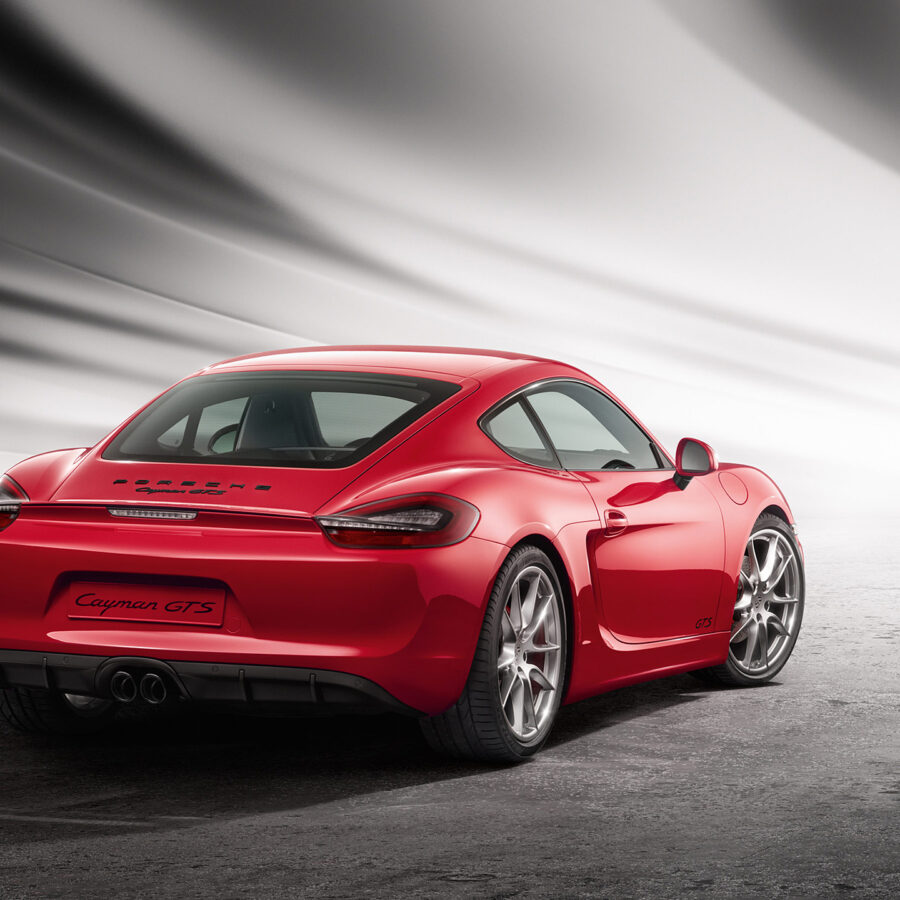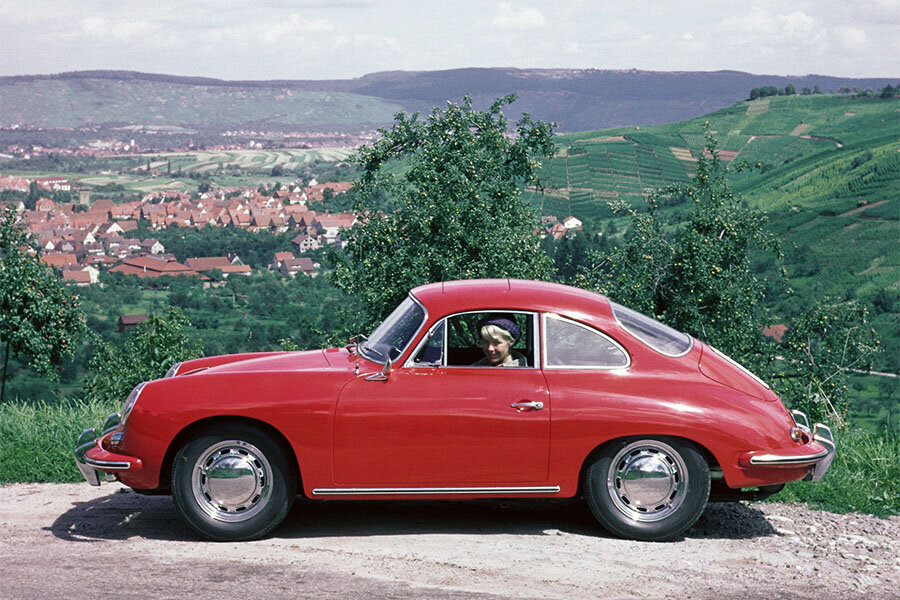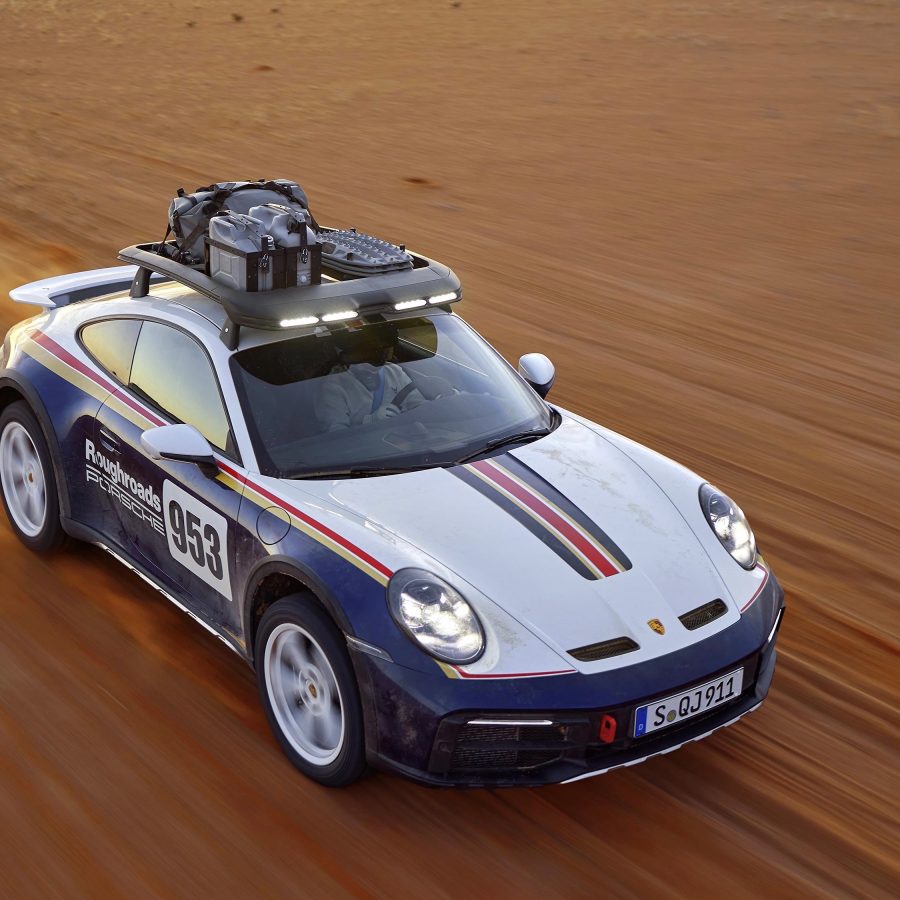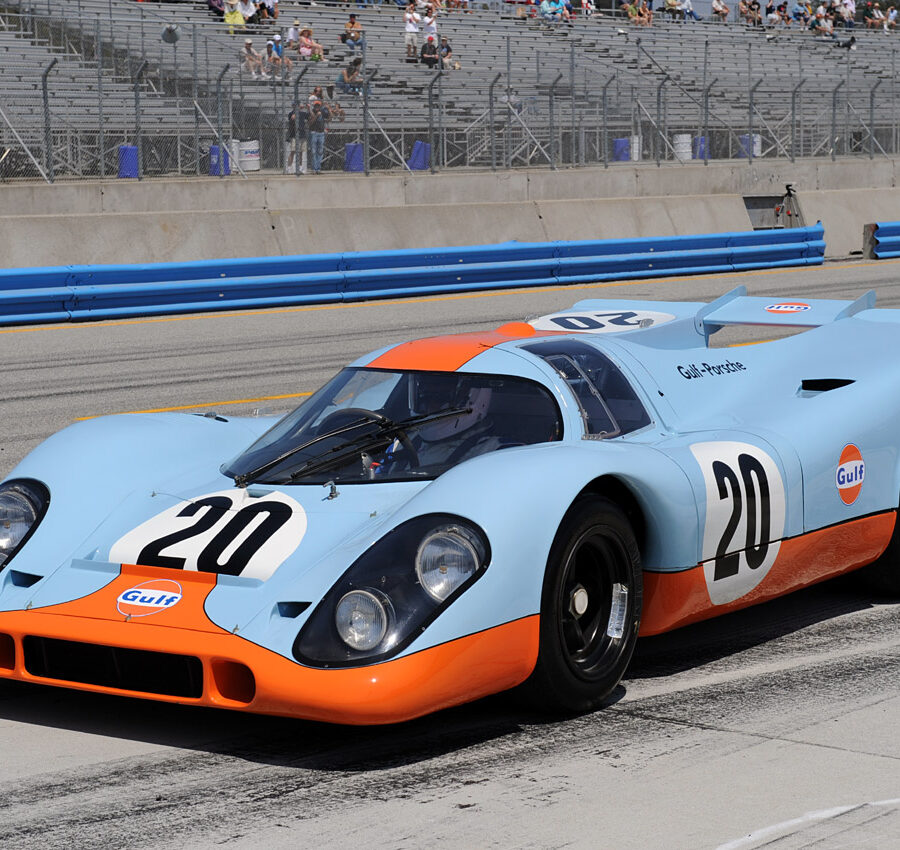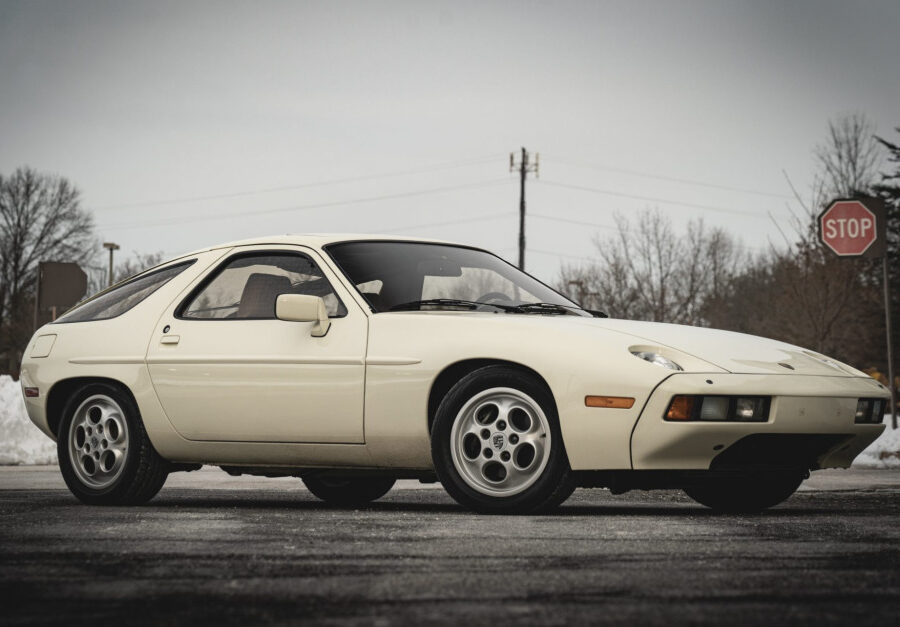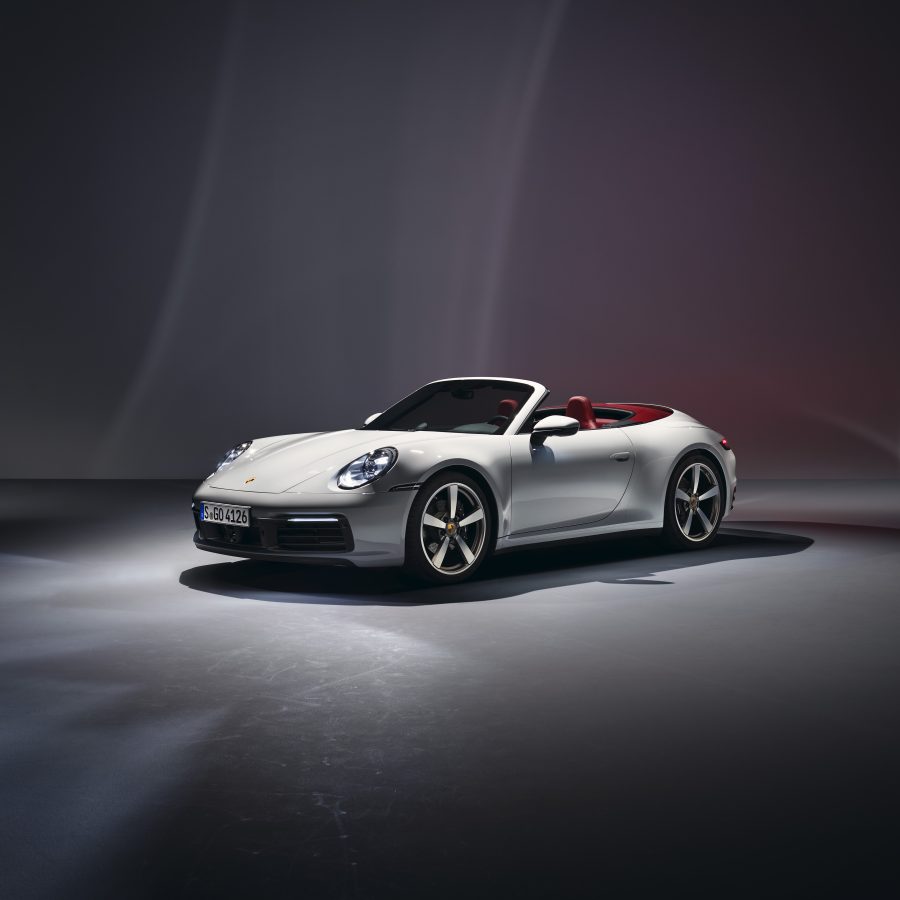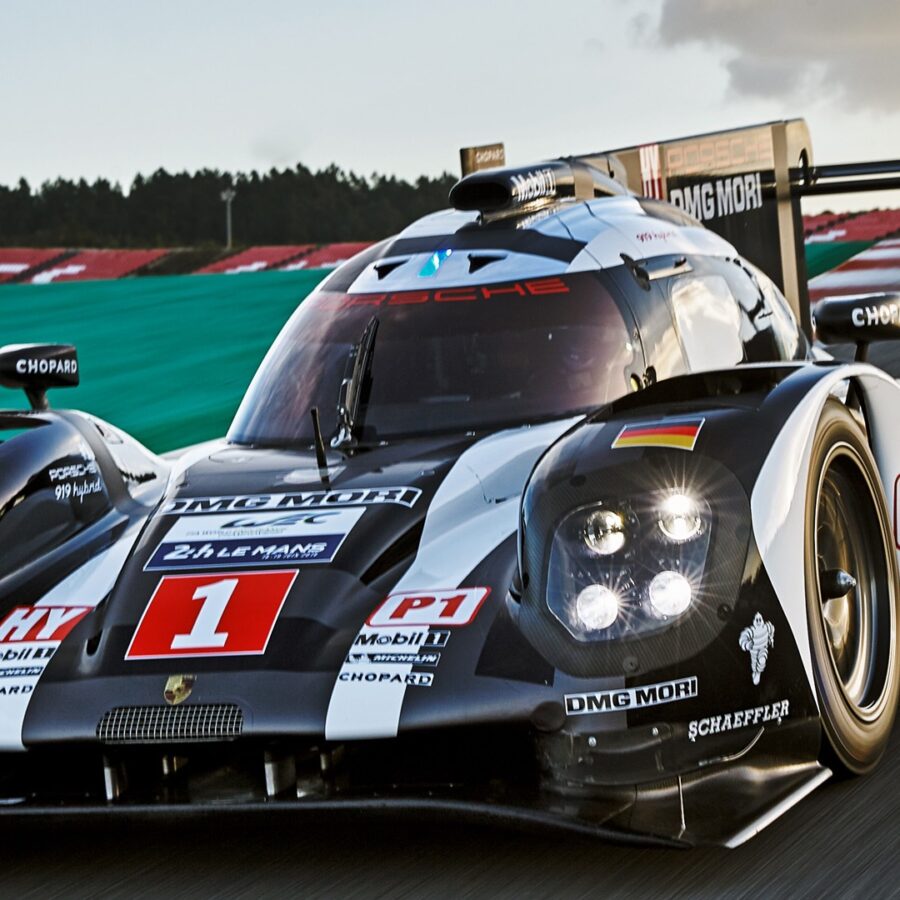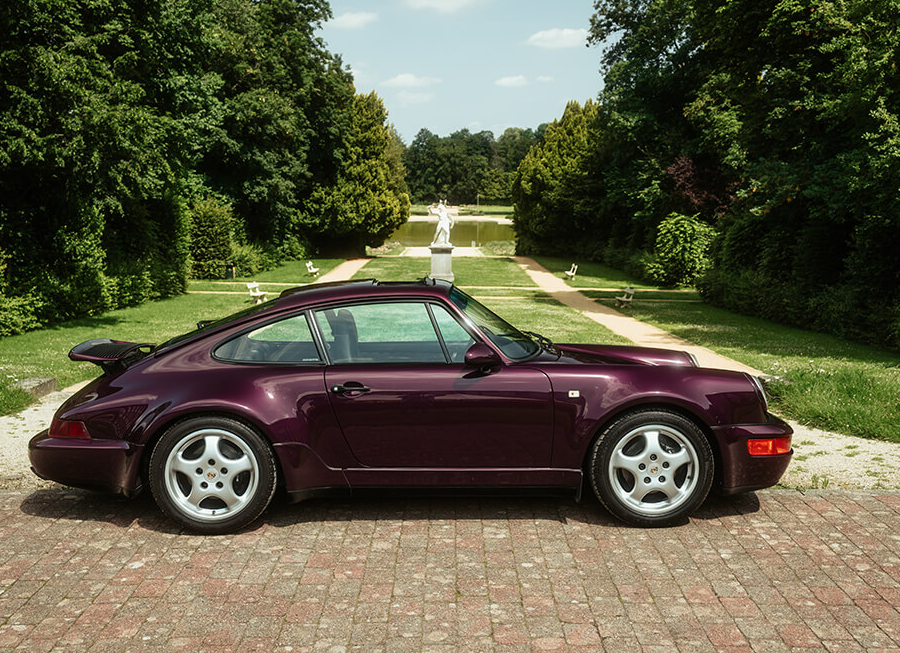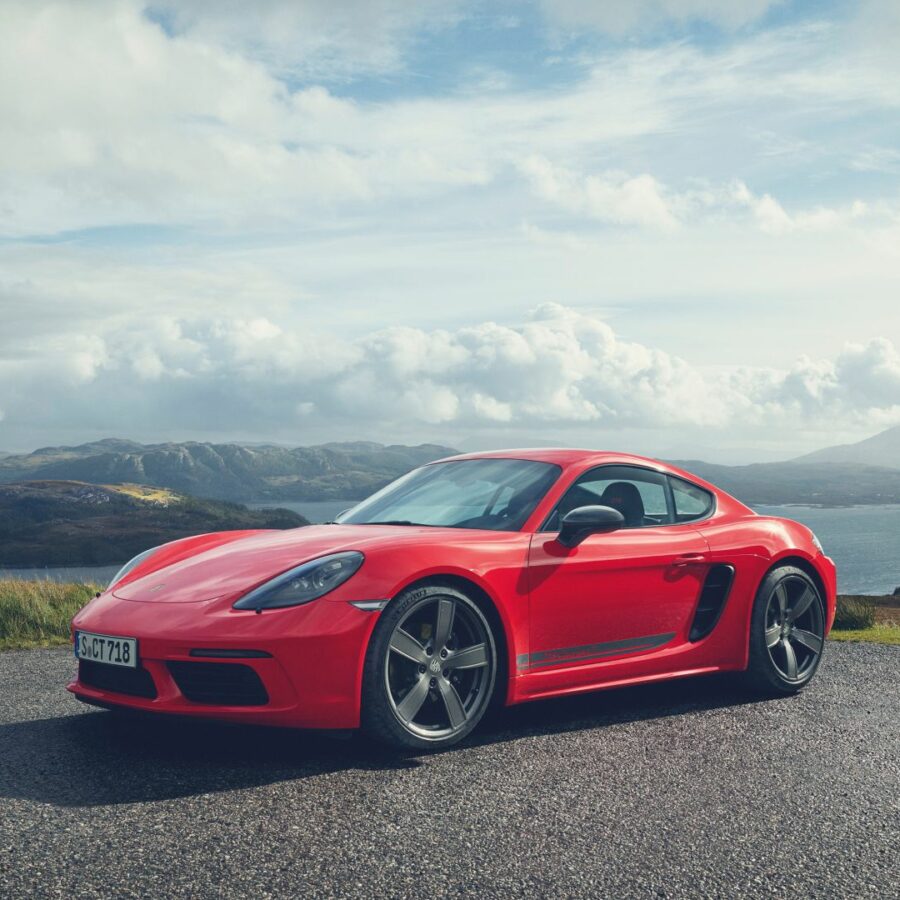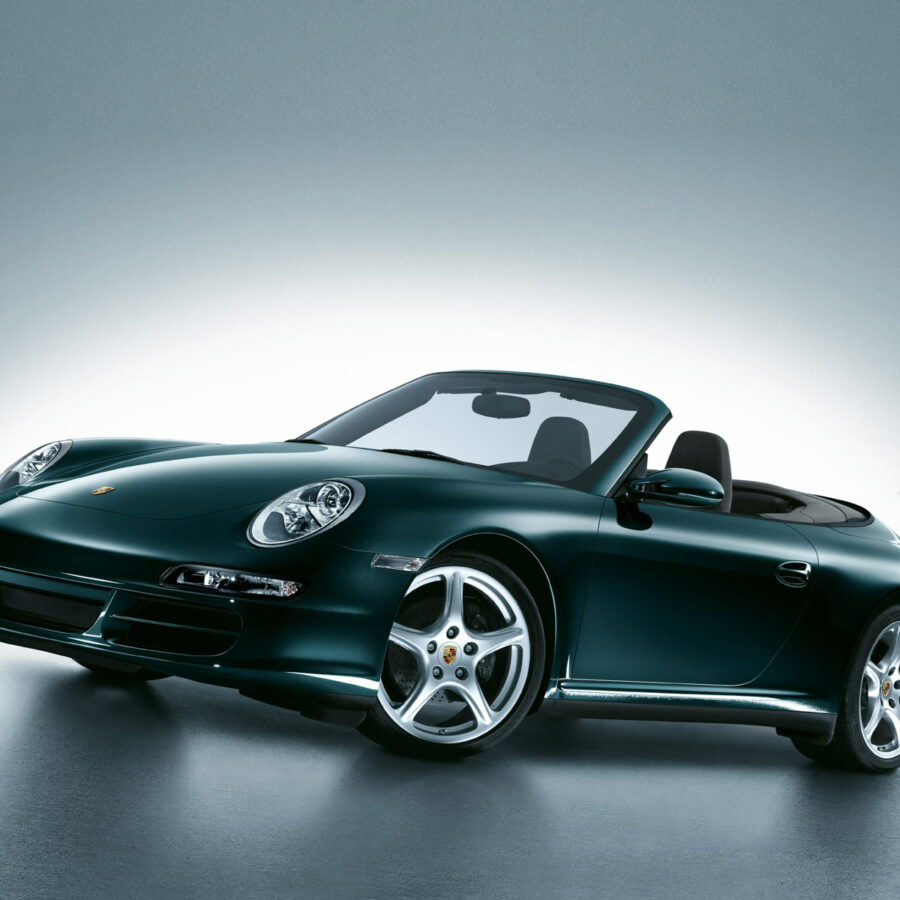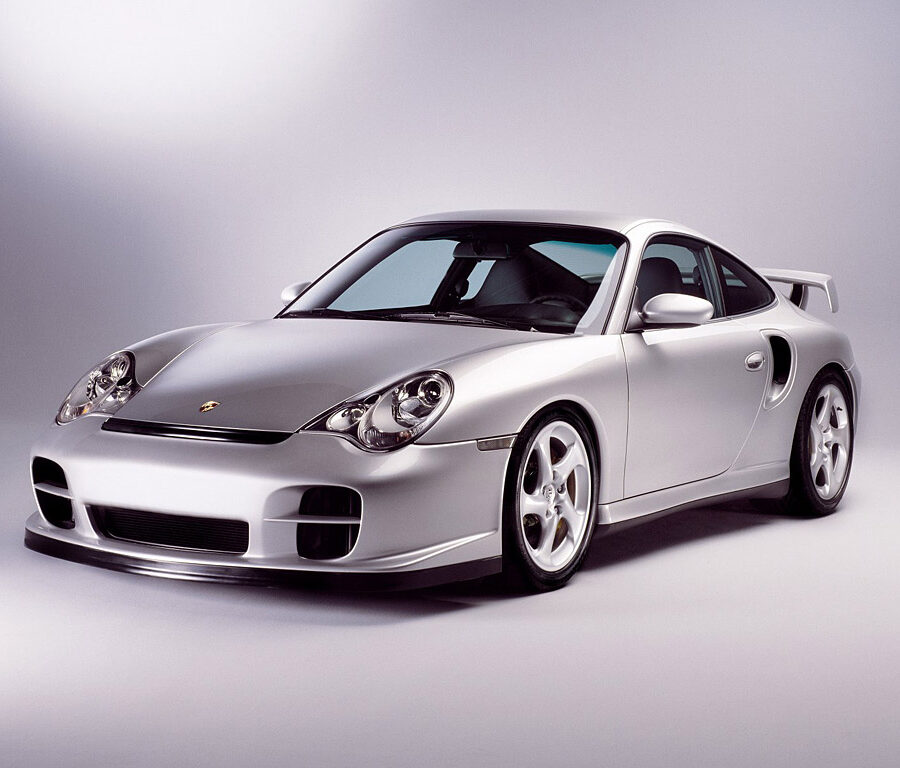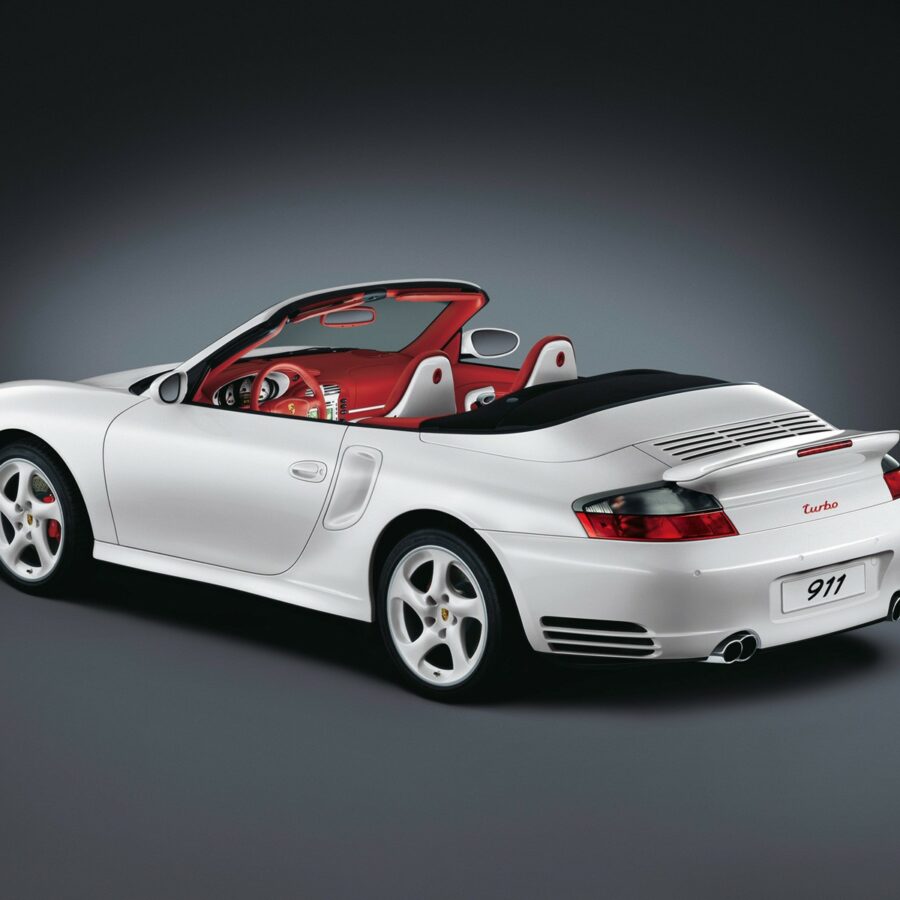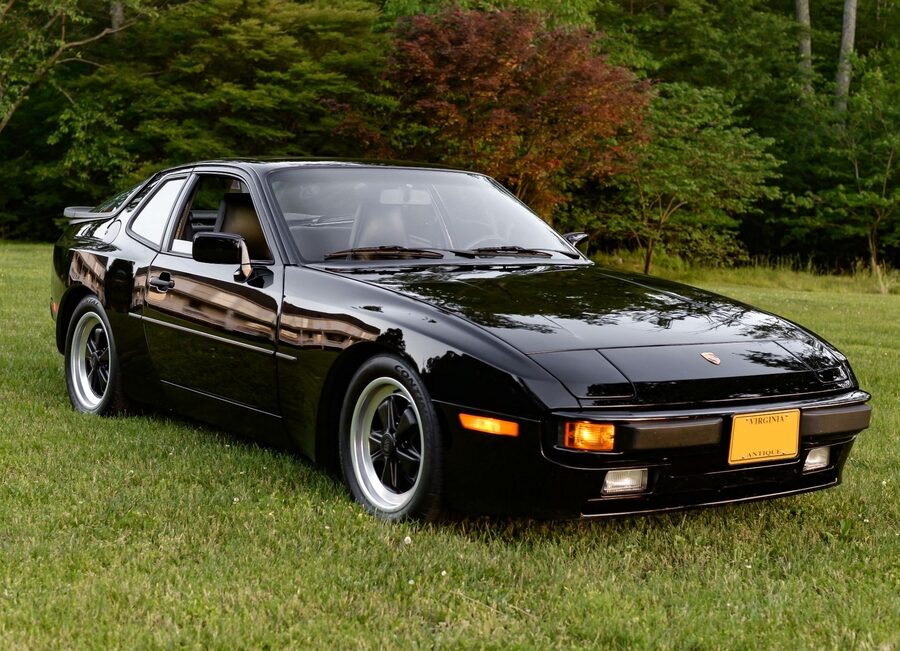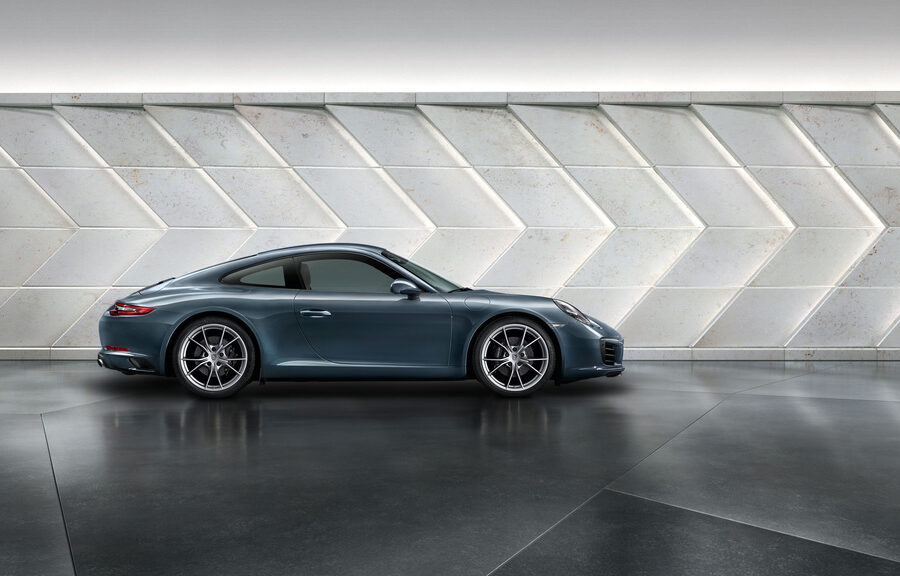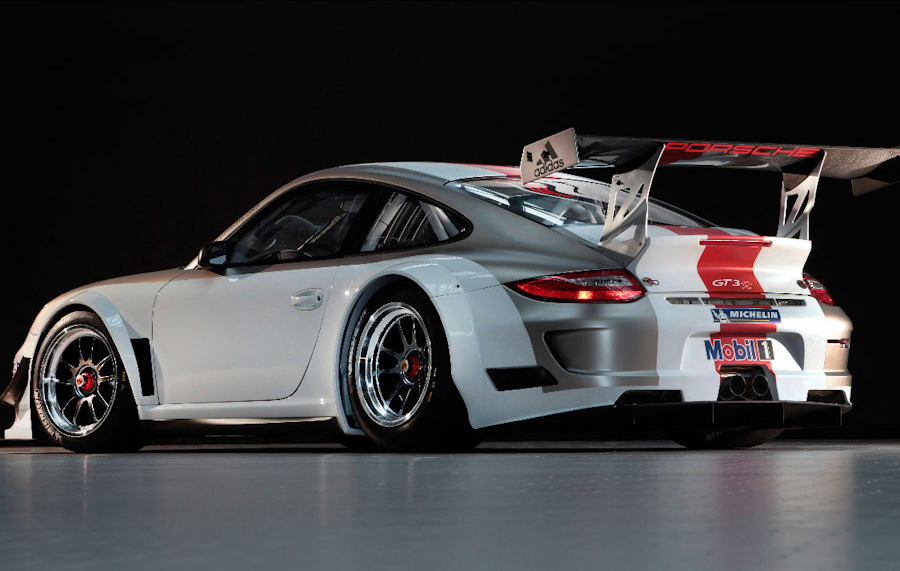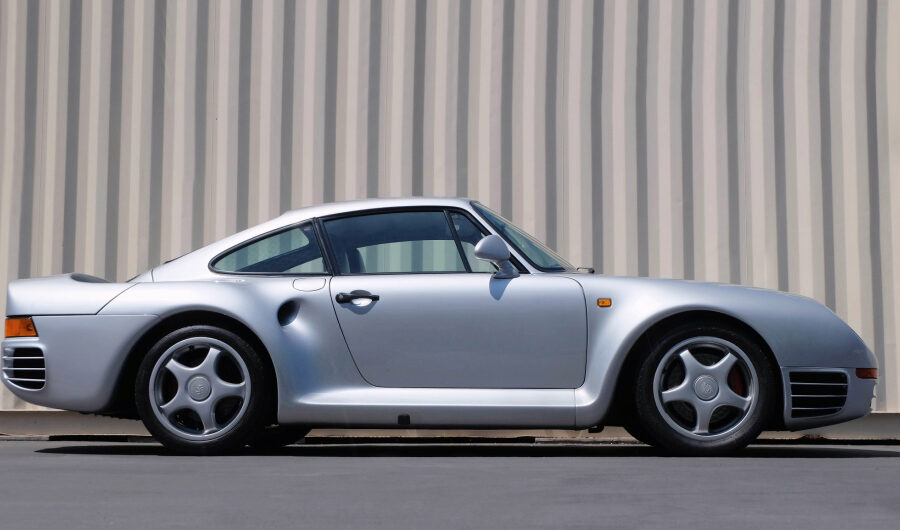Technical Information
- VIN Numbers
- Equipment and Option Codes
- Sales Brochures
- Parts Codes and Catalogs
- Model In Depth
- Specs & Performance
- Production Numbers
- Colors
- Engines
- Manuals
- Transmission Codes
- Maintenance & Service Schedule
- Notable Chassis
- Technical Drawings
- Mechanical Info
- What They Said
- Common Problems
- Inspection Checklist
- Model Numbers & Codes
- Dimensions
- Pricing When New
- Vehicle Type Codes
- Parts Codes
Porsche 911 Carrera GTS Cabriolet America Edition (992)
The 911 Carrera GTS Cabriolet America Edition pays tribute to the 356 America Roadster.
Porsche 911 GT3 RS 4.0 (997) (2011)
Probably the best Porsche 911 ever made. Yes, it is that good.
Porsche 911 Carrera 4 (993) (1995 – 1997)
Porsche heavily revised their four-wheel drive system to distribute power to the front and rear wheels.
Porsche 928 (MY 1983) – Equipment & Options Codes
Full list of Equipment & Option Codes Decoder for the 1983 Porsche 928
Porsche 356 B 1600 Super 90 (1959 – 1963)
New to the model was the Type 616/7 Super 90 engine which was an indirect replacement for the Carrera de Luxe models.
Porsche Boxster (1997 – 1999)
The Original Boxster
Porsche Cayman (987) Maintenance & Service Schedule
Taking care of your 2005 - 2012 Cayman / Cayman S
Porsche Boxster (MY 2005-2008) – Part Catalog
Spare Parts Catalog (Porsche PET) for the Porsche (987) Boxster
Porsche 911 G-Series (1973 – 1989) – Paint Colors (Exterior & Interior)
Color Options and Samples
Porsche 356 A 1500 Carrera GS (1956 – 1958)
Mated the potent four-camshaft engine from the 550 RS Spyder into the 356’s unassuming chassis.
Porsche 718 Boxster (MY2020) – Equipment & Options Codes
Equipment Codes & Option Decoder
Porsche 718 Cayman Style Edition (2024 – Present)
The entry-level 718 Cayman Gets A Bunch of New Goodies
Porsche WSC-95 & Porsche LMP1-98
The Porsche WSC-95 was a Le Mans Prototype originally built by Tom Walkinshaw Racing. It was later upgraded to the Porsche LMP1-98 before being retired. Only two cars were ever built.
Porsche Cayman (MY2006 – 2008) – Sales Brochures
Sales Catalogs for the first generation Porsche Cayman
Porsche Le Mans Living Legend Concept (2016)
A Stunning Mid-engined Sports Car Study by Porsche
Porsche 550A RS Spyder – Specifications & Performance
Technical Specifications
Porsche 911 T 2.0 (1968 – 1969)
Porsche replaced their 912 with the 911 T. Less expensive, less powerful and less stuff than the standard 911 L
Porsche 645 Spyder (1953)
Planned as a successor to the Porsche 550, the car was discontinued in favor of the revised 550A and the Porsche 718. Single example was destroyed in a spectacular crash.
Porsche Cayman (981) Maintenance & Service Schedule
Taking care of your 2013 - 2016 Cayman / Cayman S
Porsche 911 Turbo 3.0 (930) (1975 – 1977)
Inspired a generation of car enthusiasts and became the undisputed flagship of the Porsche line up.
Porsche 911 Carrera Coupe (992) (2020 – Present)
The base 911 Carrera is larger, faster and probably more than you ever need
Porsche 911 (MY 1989) – Equipment & Options Codes
Full list of Equipment & Option Codes Decoder for the 1989 Porsche 911
Porsche 928 S (1980 – 1986)
Everything you ever wanted to know about the Porsche 928 S / S2 / S3
Porsche 911 (MY 2004) – Equipment & Options Codes
Full list of Equipment & Option Codes Decoder for the 2004 Porsche 911
Porsche 919 Hybrid EVO (2018) – Specifications & Performance
Technical Specifications
Porsche 911 SC Weissach Edition (1980)
The 'Weissach' edition was a standard SC with special paint
Porsche Cayenne SUV (Facelift) (2024 – Present)
Quietly improving on everything the Cayenne already did well
Porsche 911 993 (MY1994 – 1998) – Part Catalog
Spare Parts Catalog (Porsche PET) for the Type 993 Porsche 911
2025 Porsche 911 GTS Hybrid In-Depth Guide
…and what the not-so-distant-future looks like for Porsche’s flagship model after the latest mid-cycle facelift
Porsche 911 Dakar (992) (2023)
A Special Edition Off-Road 911 That Harkens Back to Porsche's Victory In The 1984 Paris-Dakar Rally
Porsche Cayenne (MY 2005) – Equipment & Options Codes
Full list of Equipment & Option Codes Decoder for the 2005 Porsche Cayenne
Porsche 911 Carrera RS (964) (1992 – 1994)
The Porsche Carrera RS (964 RS) Was An Epic, Lightweight, Stripped Down Road Racer
Porsche 911 Turbo 3.3 SE ‘Flachbau’ (930) (1981 – 1989)
The Flat-Nose 930 Turbo Is Still A Fan Favorite
Porsche 968 (MY 1991-1995) – Part Catalog
Spare Parts Catalog (Porsche PET) for the Porsche 968
Porsche 911 R (1967 – 1968)
A lightweight racer designed to take the newly released 911 to its limit
Porsche 911 Carrera 4 GTS Cabriolet (991) (2015 – 2016)
The all-weather 911 with all the right options out of the box
Porsche 911 GT3 R Hybrid (2010)
This hybrid is unlike anything you've previously heard called a hybrid.
Porsche 356 1300 “Pre-A” (1951 – 1955)
In 1951, a bigger 1.3-litre Type 506 engine was announced. It marked the first significant move away from the original Volkswagen unit.
Porsche Cayman (MY2015) – Equipment & Options Codes
Equipment Codes & Option Decoder
Porsche 356 C 1600 C (1964 – 1965)
The last revision of the 356 was the 356 C introduced for the 1964 model year. The base version was known as the 1600 C.
Porsche 917 K-70 – Specifications & Performance
Technical Specifications
Porsche 928 (MY 1981) – Equipment & Options Codes
Full list of Equipment & Option Codes Decoder for the 1981 Porsche 928
Porsche 911 Carrera Cabriolet (992) (2020 – Present)
Porsche says the Cabriolet is just as good to drive as the coupe. They are right.
Porsche 911 ’30 Jahre’ Anniversary (964) (1993 – 1994)
"30 jahre" anniversary 964 utilised a "Turbo" wide body melded to the four-wheel drive Carrera running gear.
Porsche 718 Cayman T (2020 – Present)
Not the fastest, most luxurious or even the cheapest of all the 718 variants. But, it is the most fun.
Porsche 911 GT2 (996) (2001-2005)
Mezger 3.6-liter flat six with rear-wheel drive and amazing performance
Porsche 944 (MY 1985) – Equipment & Options Codes
Full list of Equipment & Option Codes Decoder for the 1985 Porsche 944
Porsche 911 Carrera Coupe (991.2) (2016 – 2019)
Turbocharged Flat-6 Carrera Is Here... And It is Pretty Awesome


